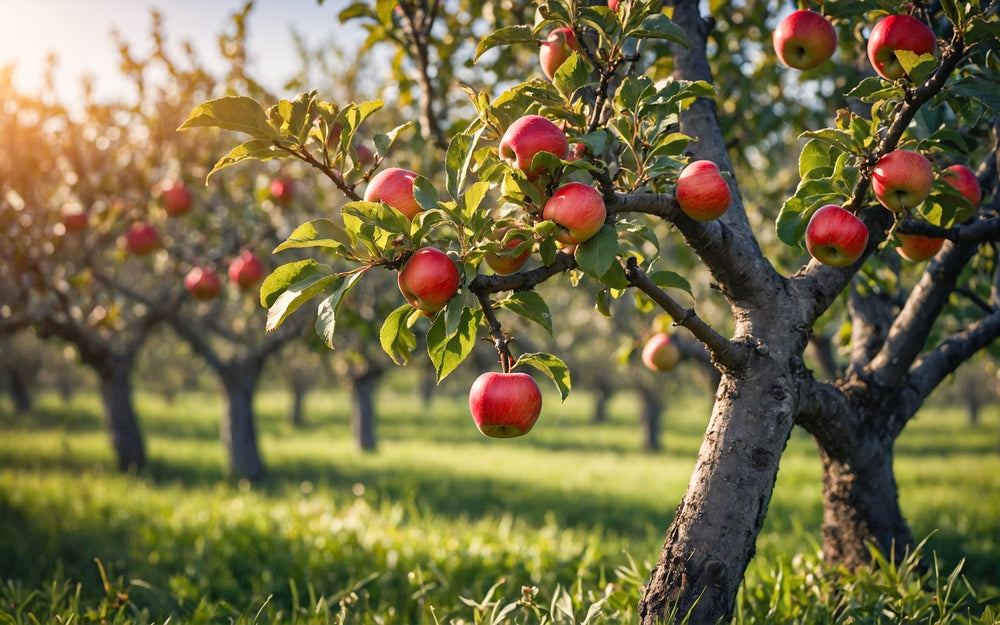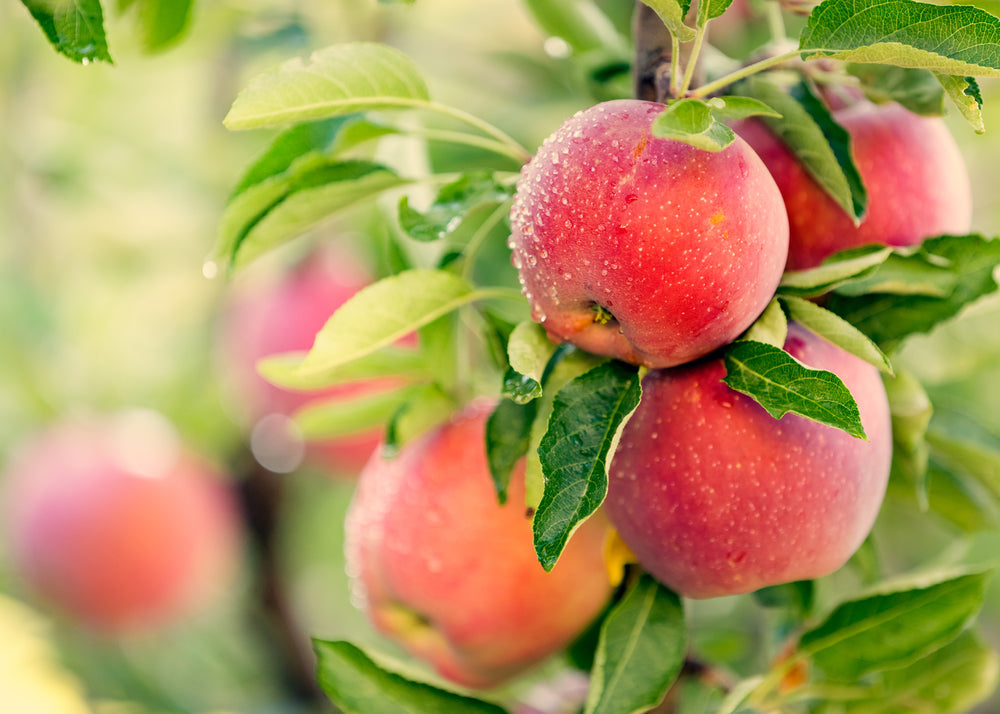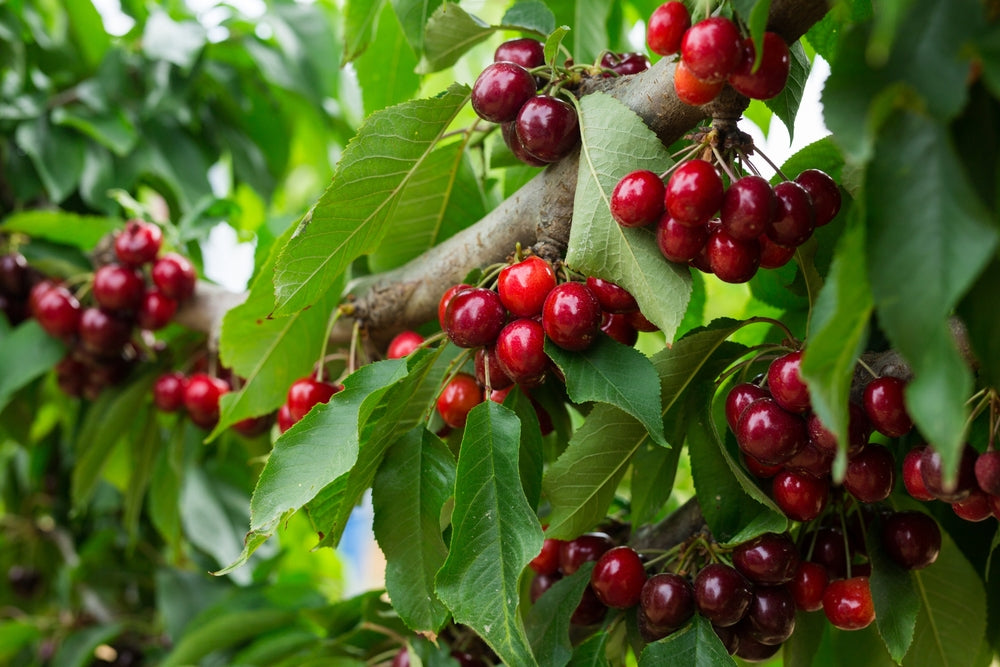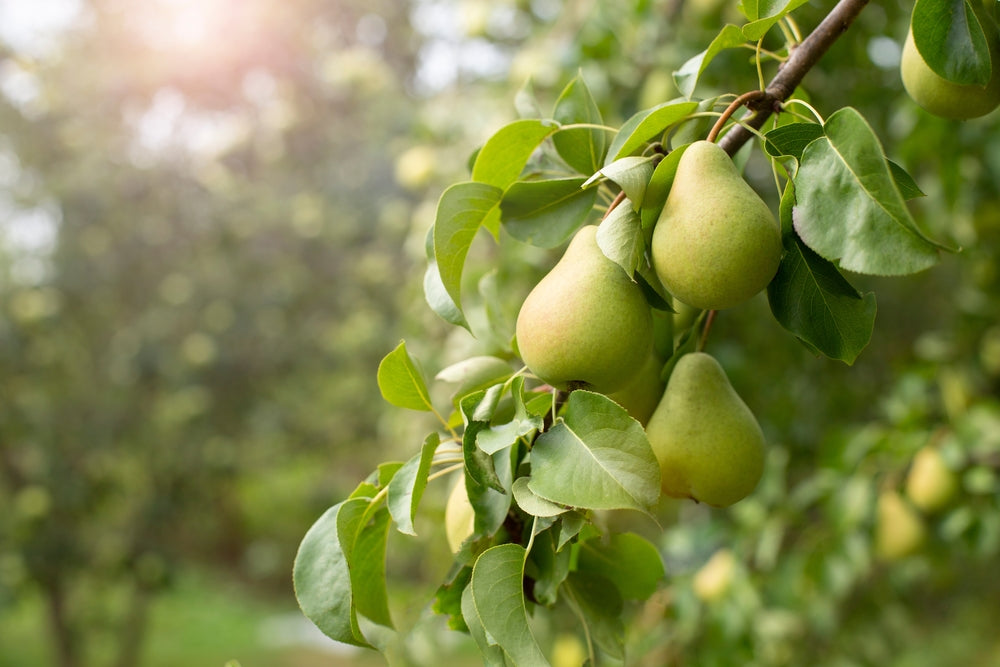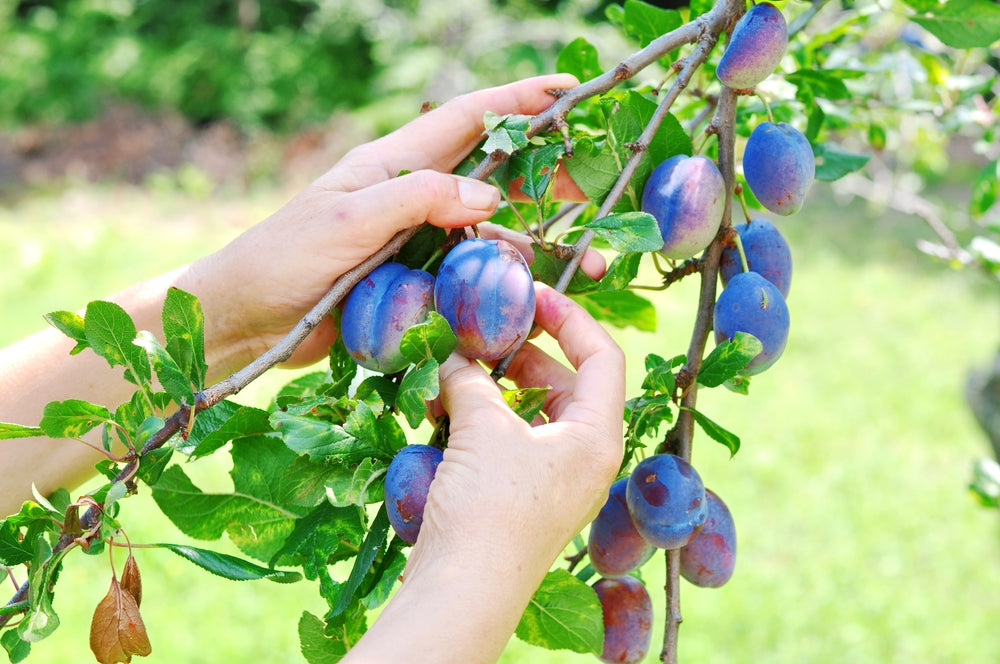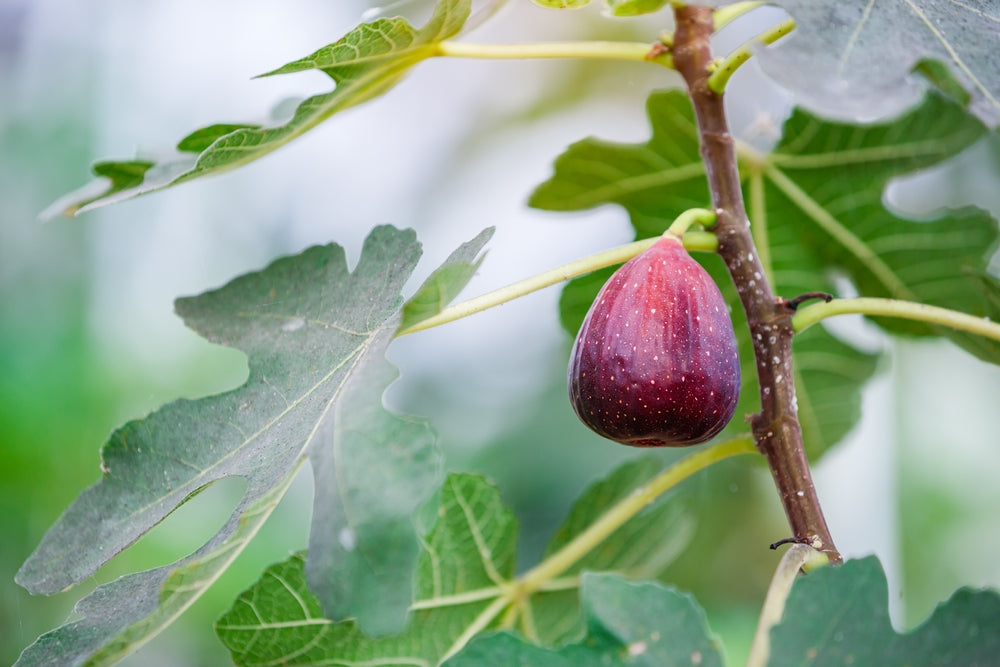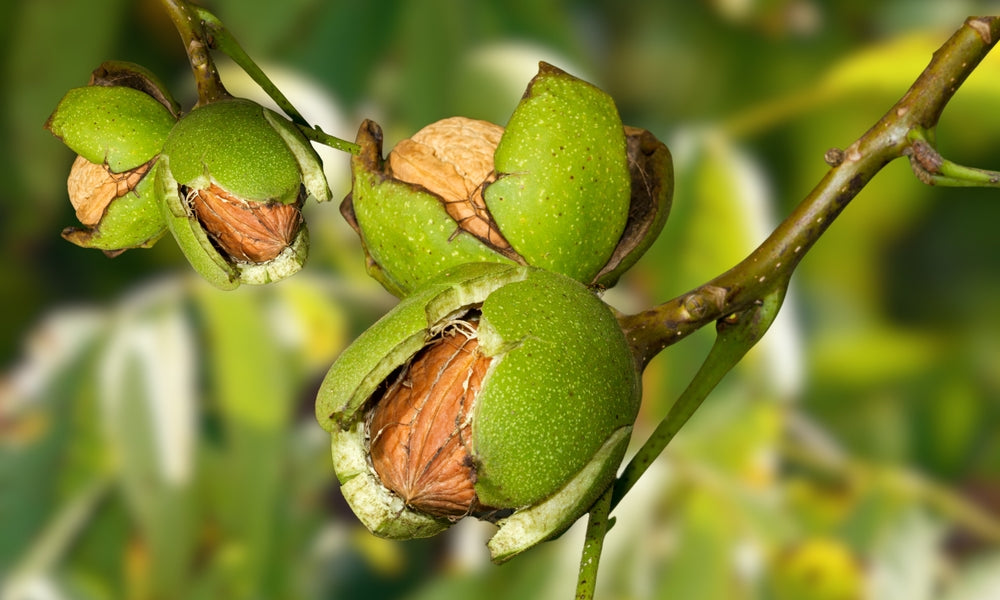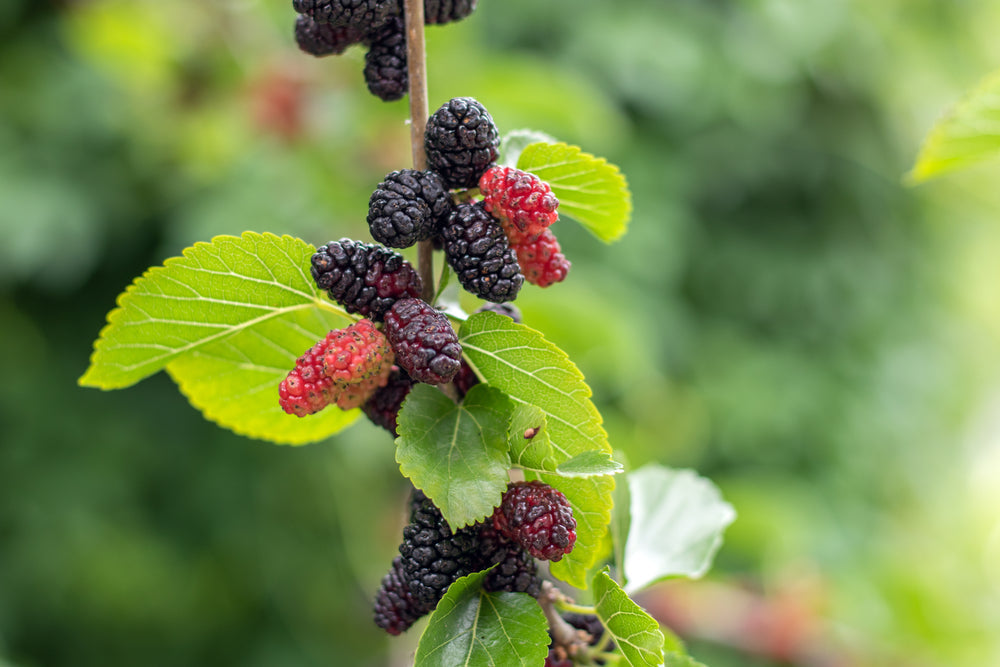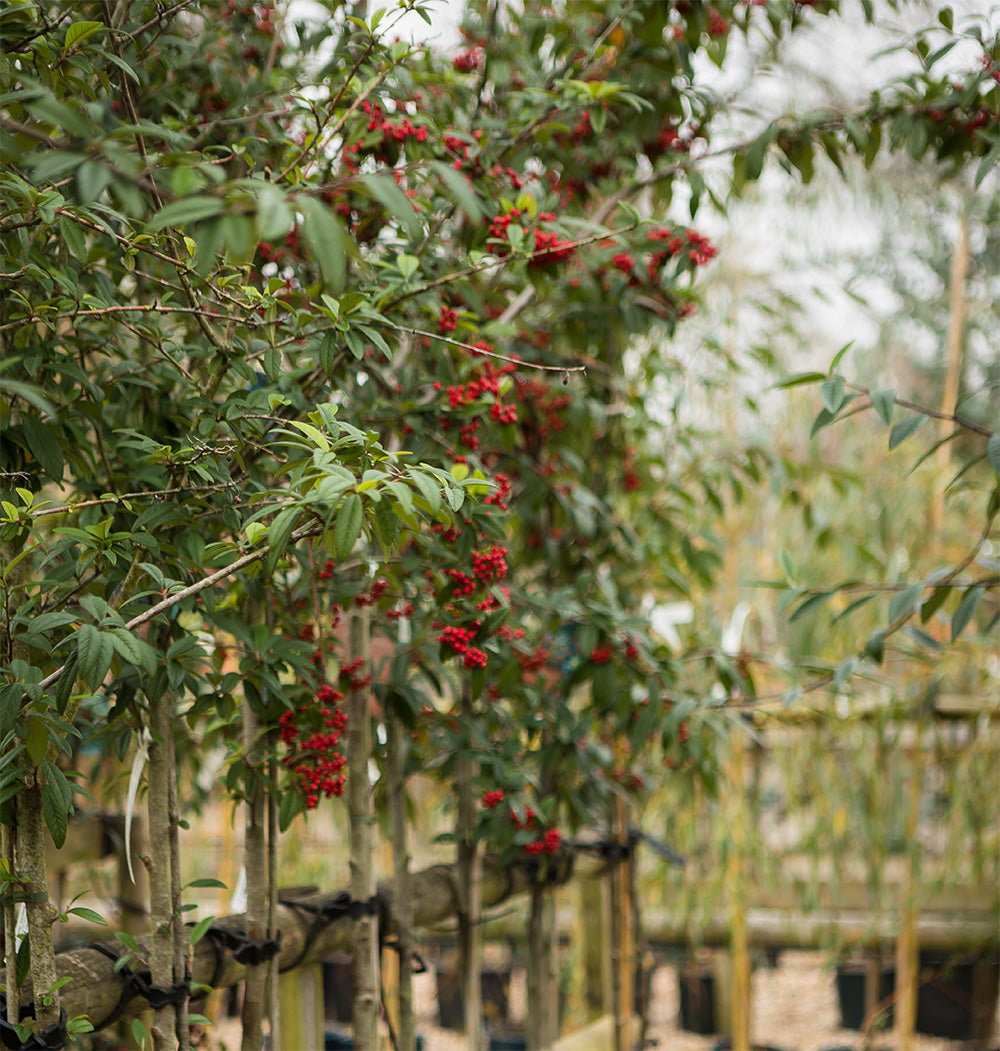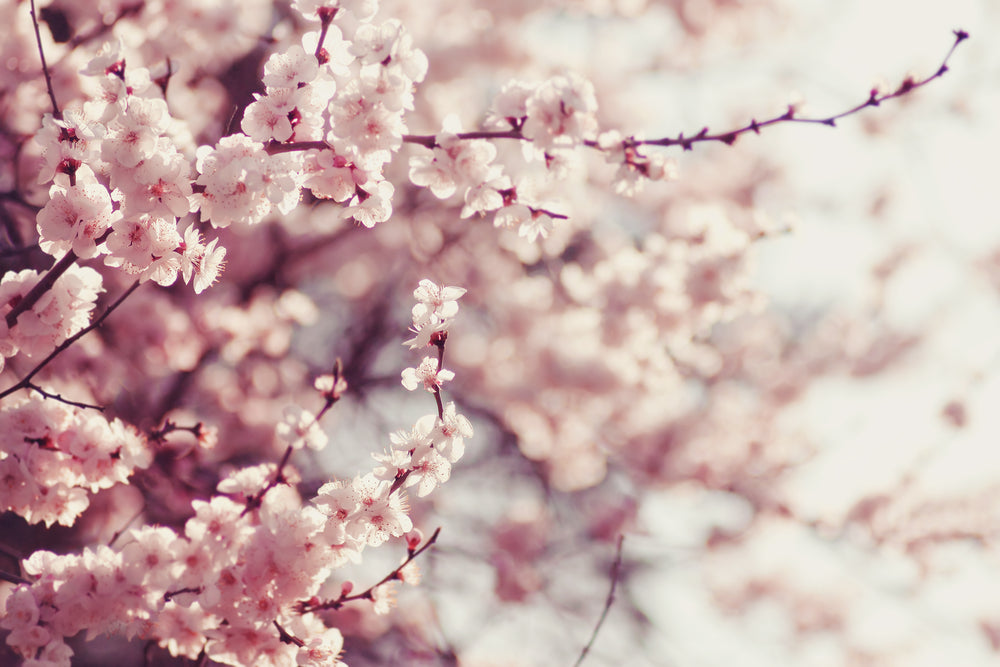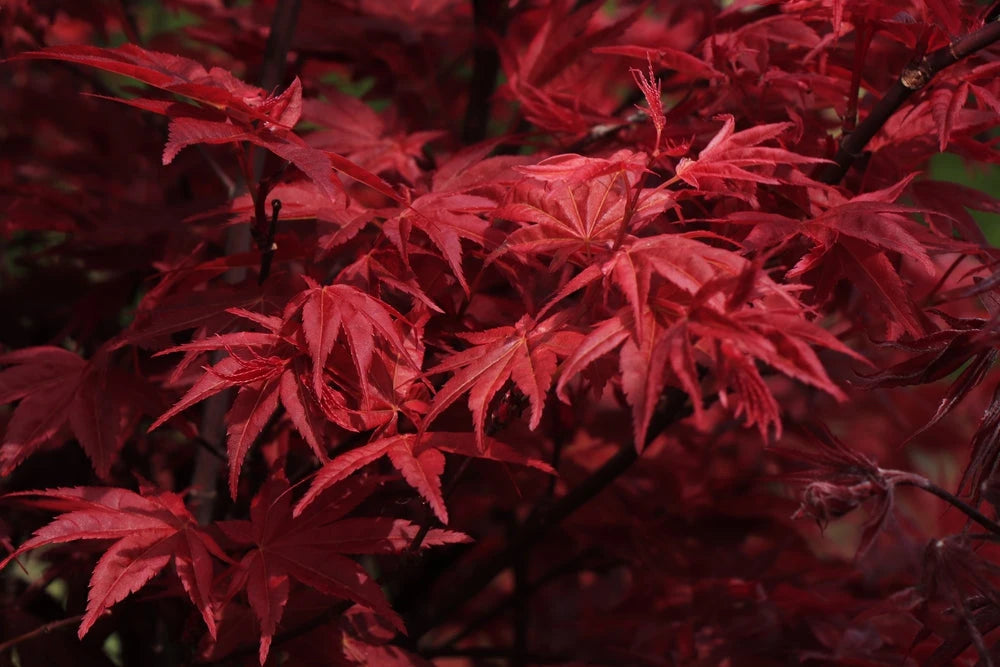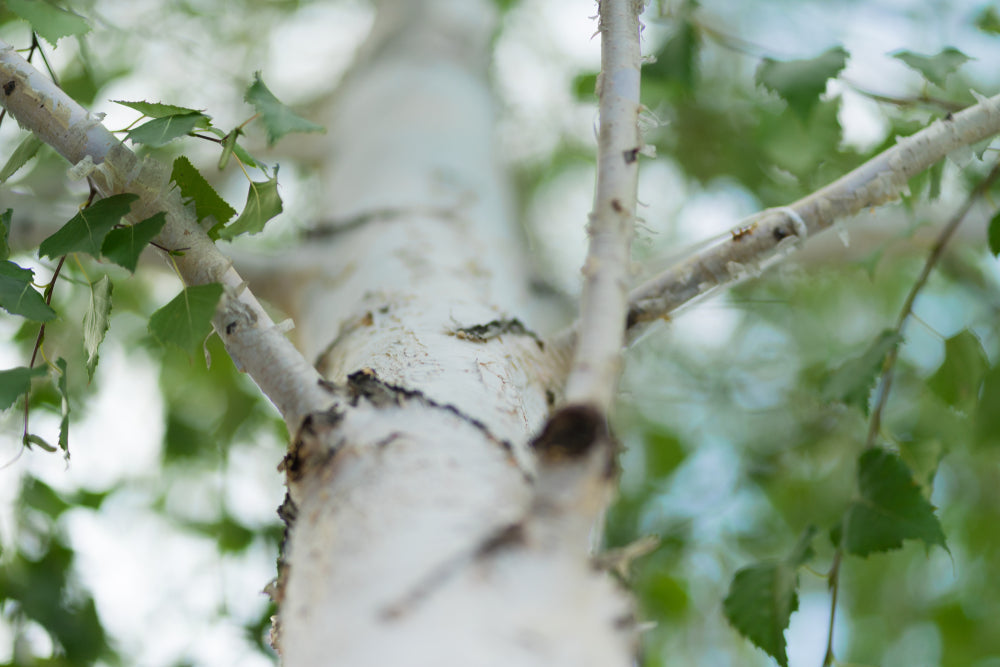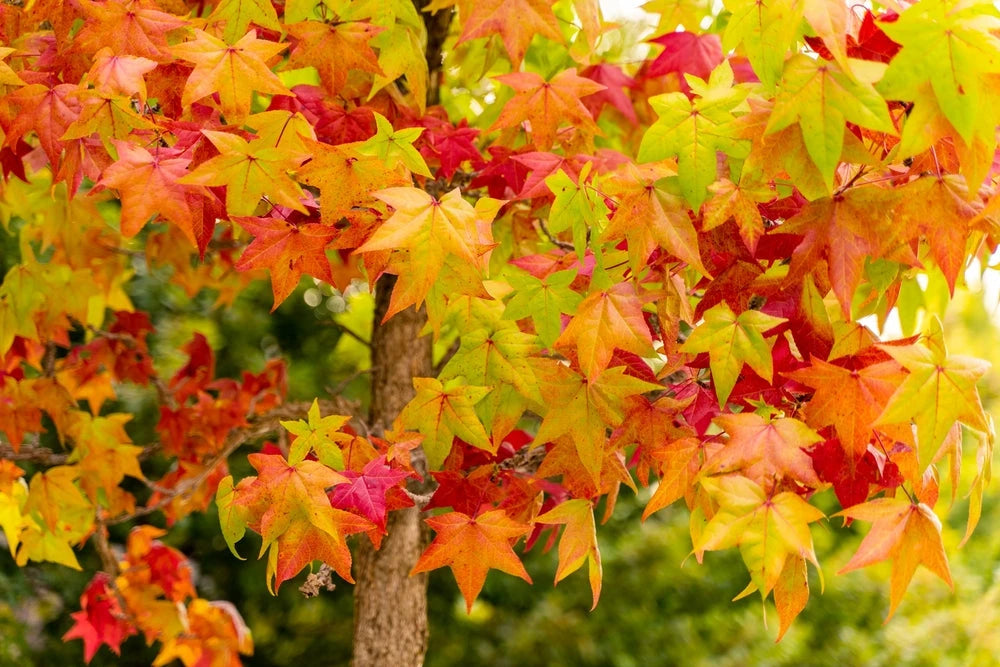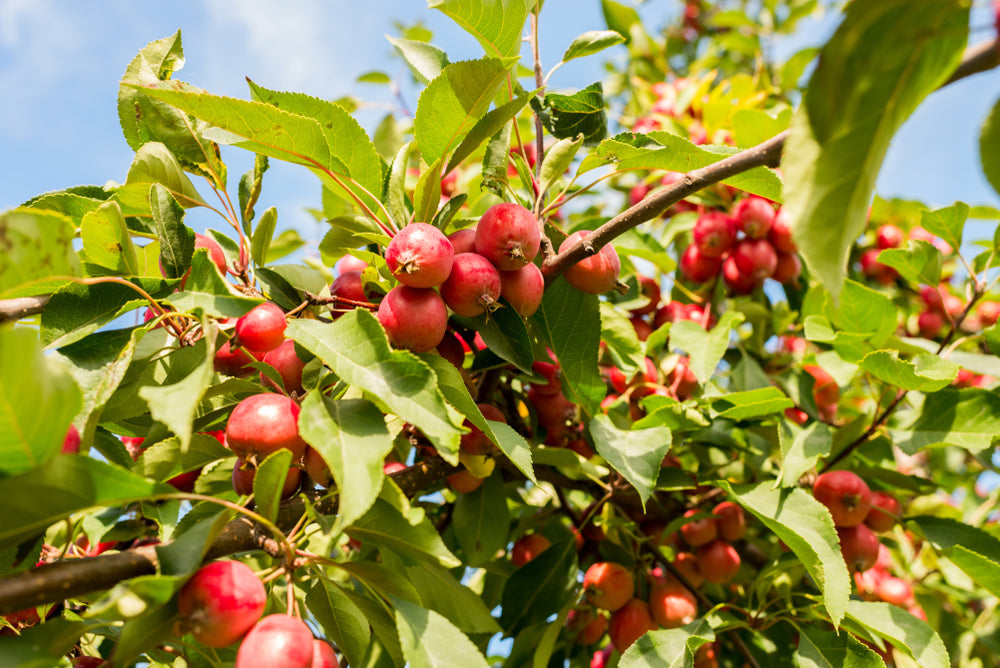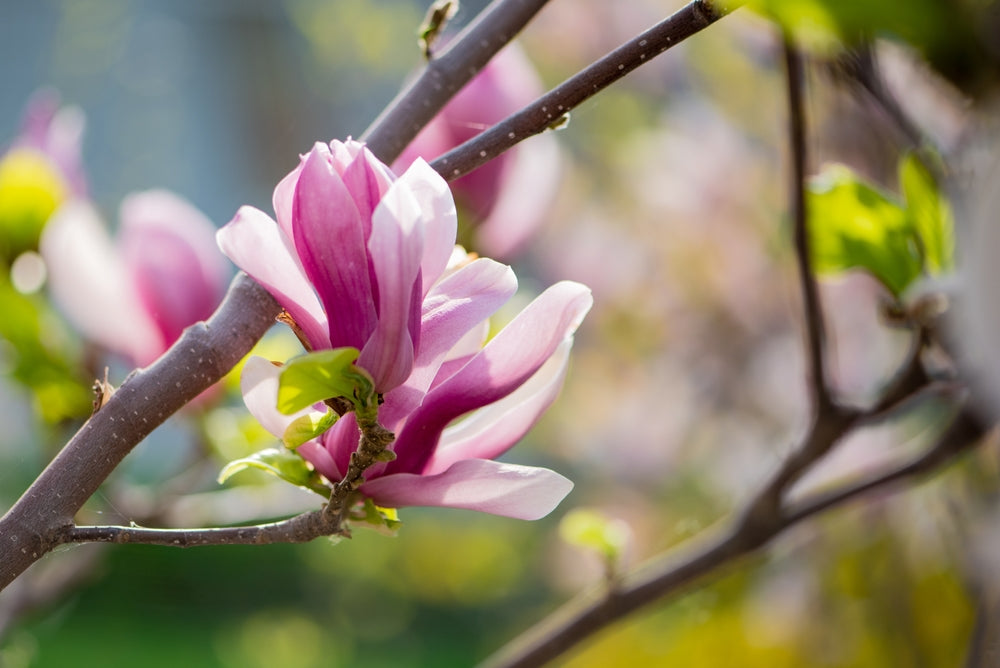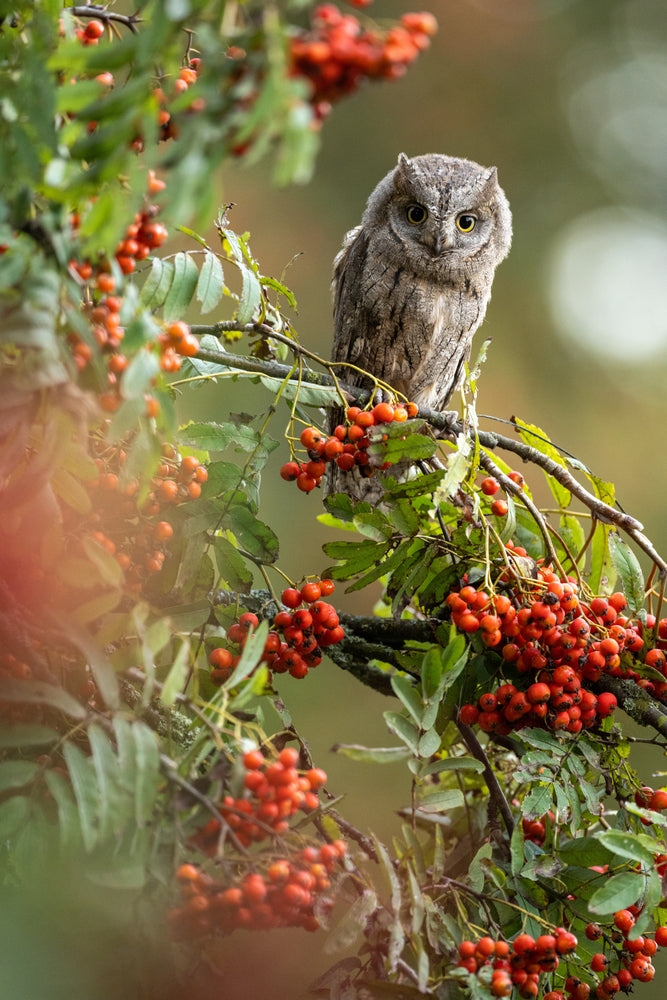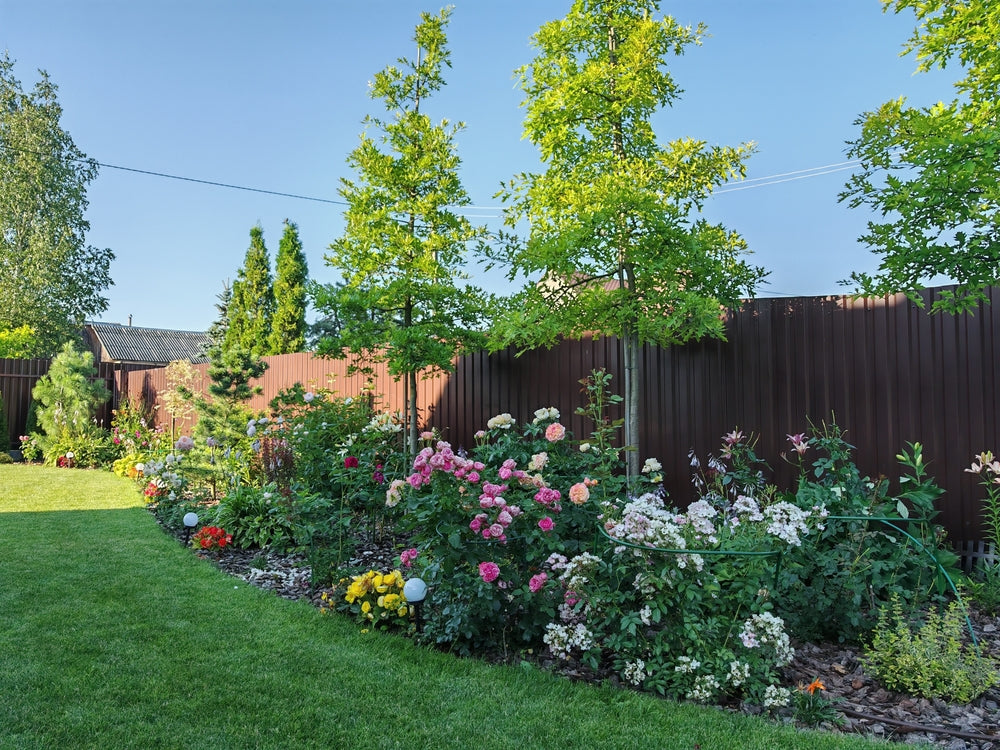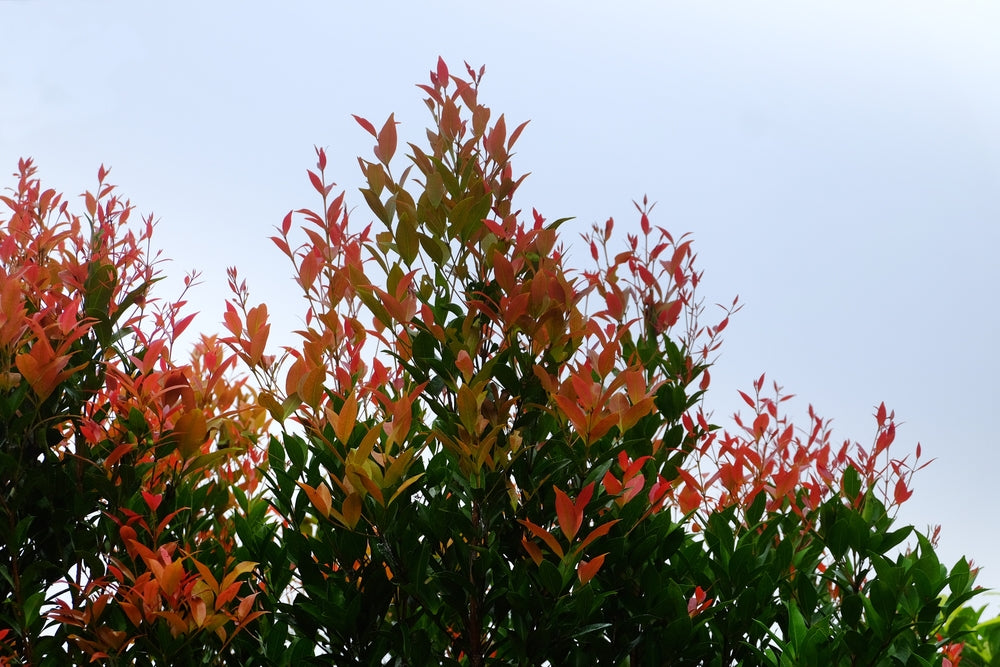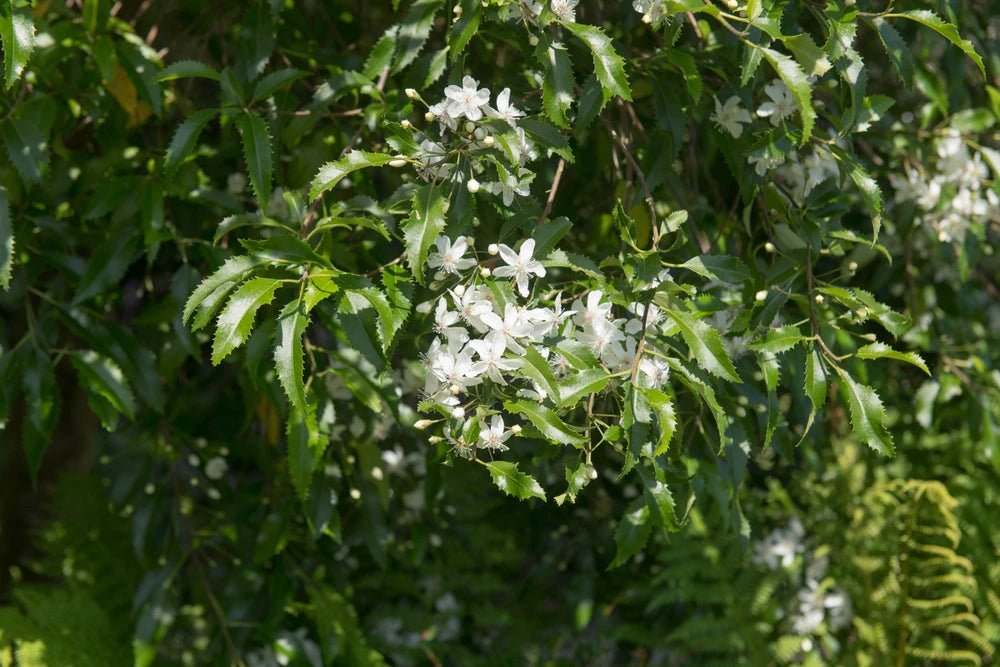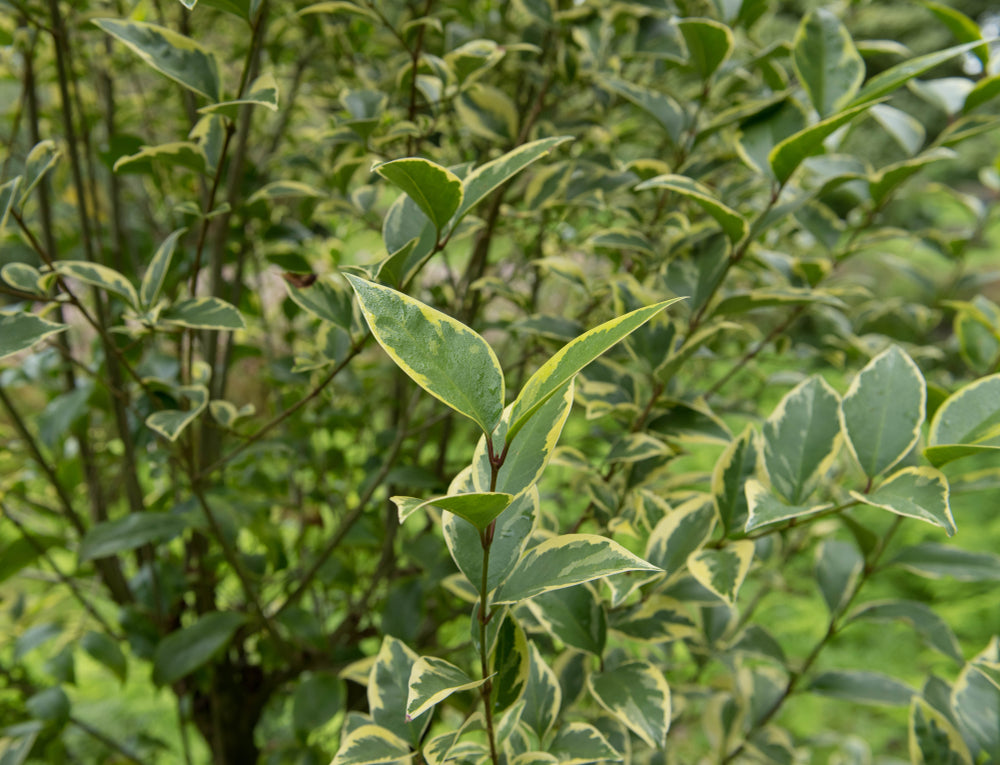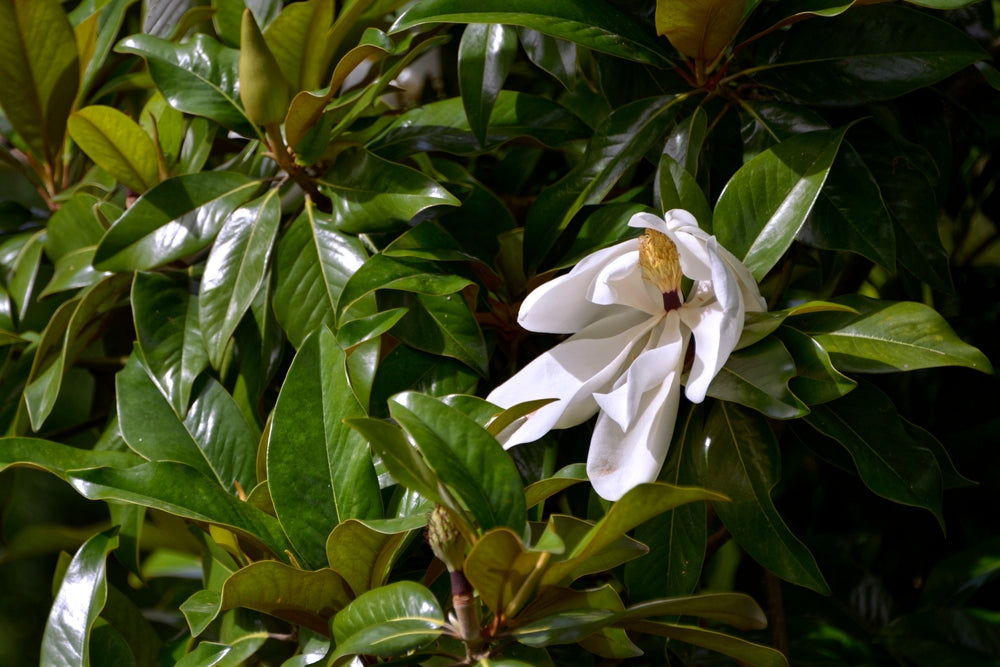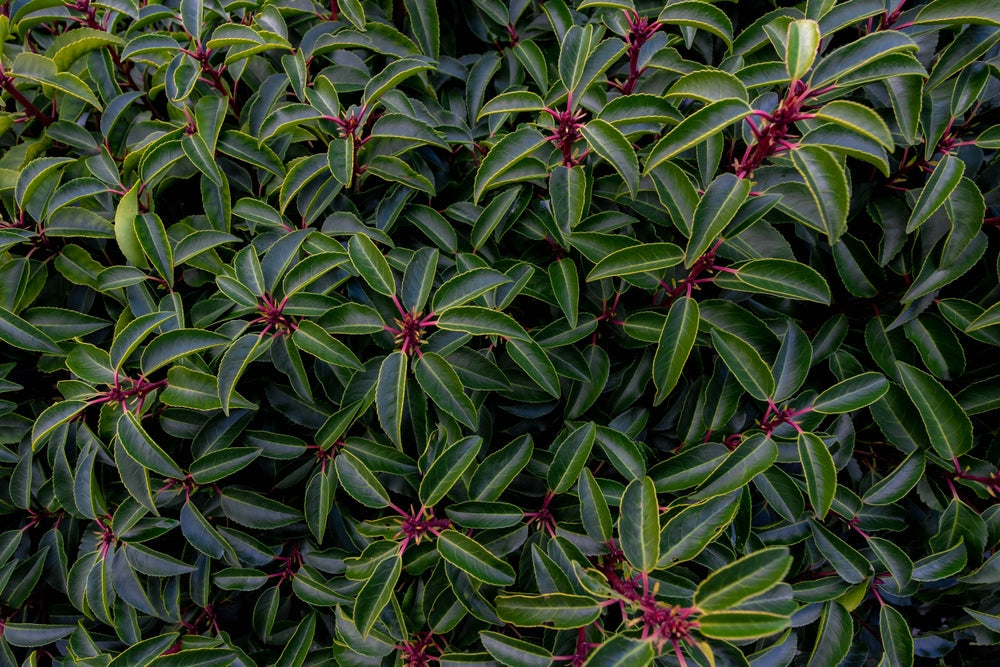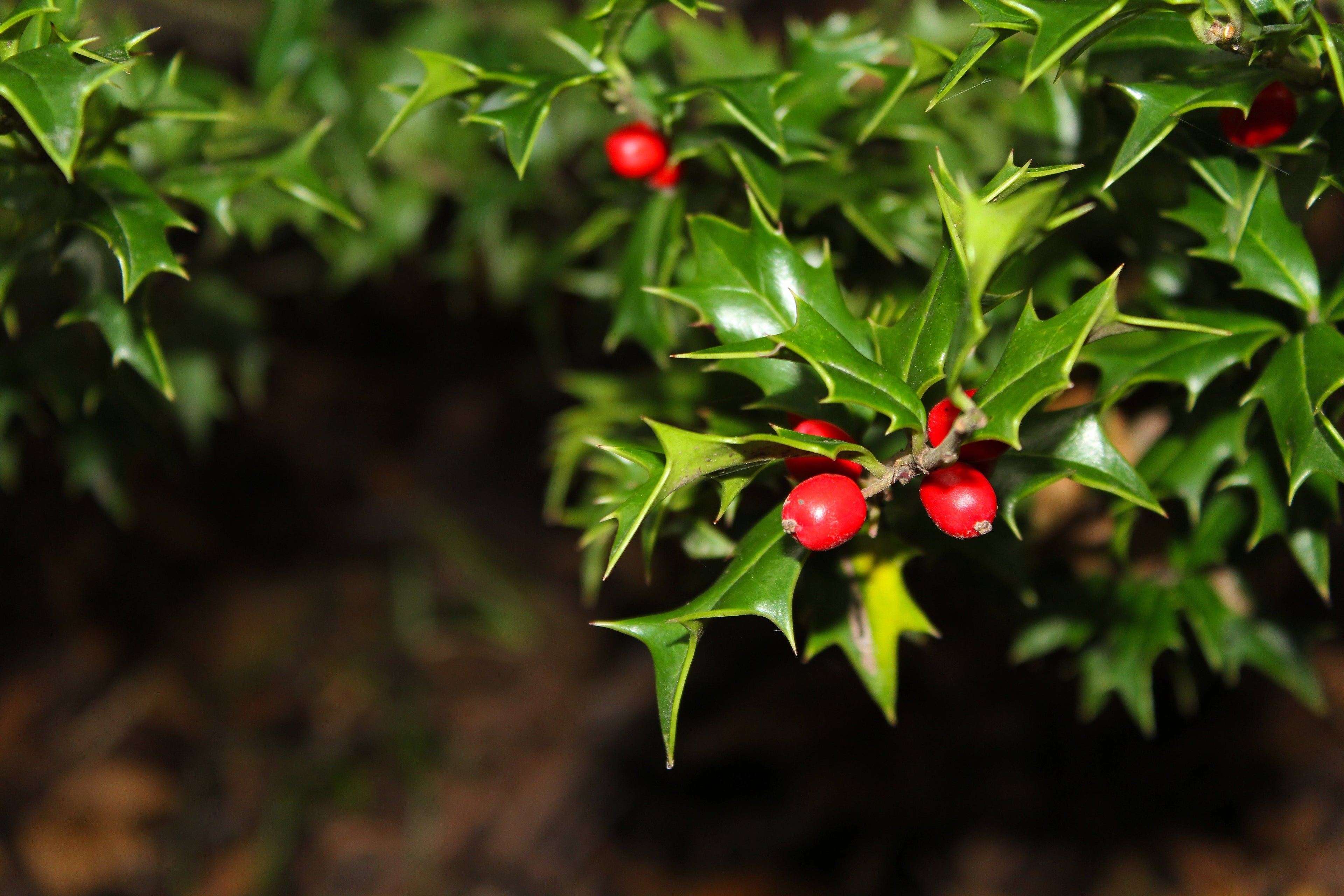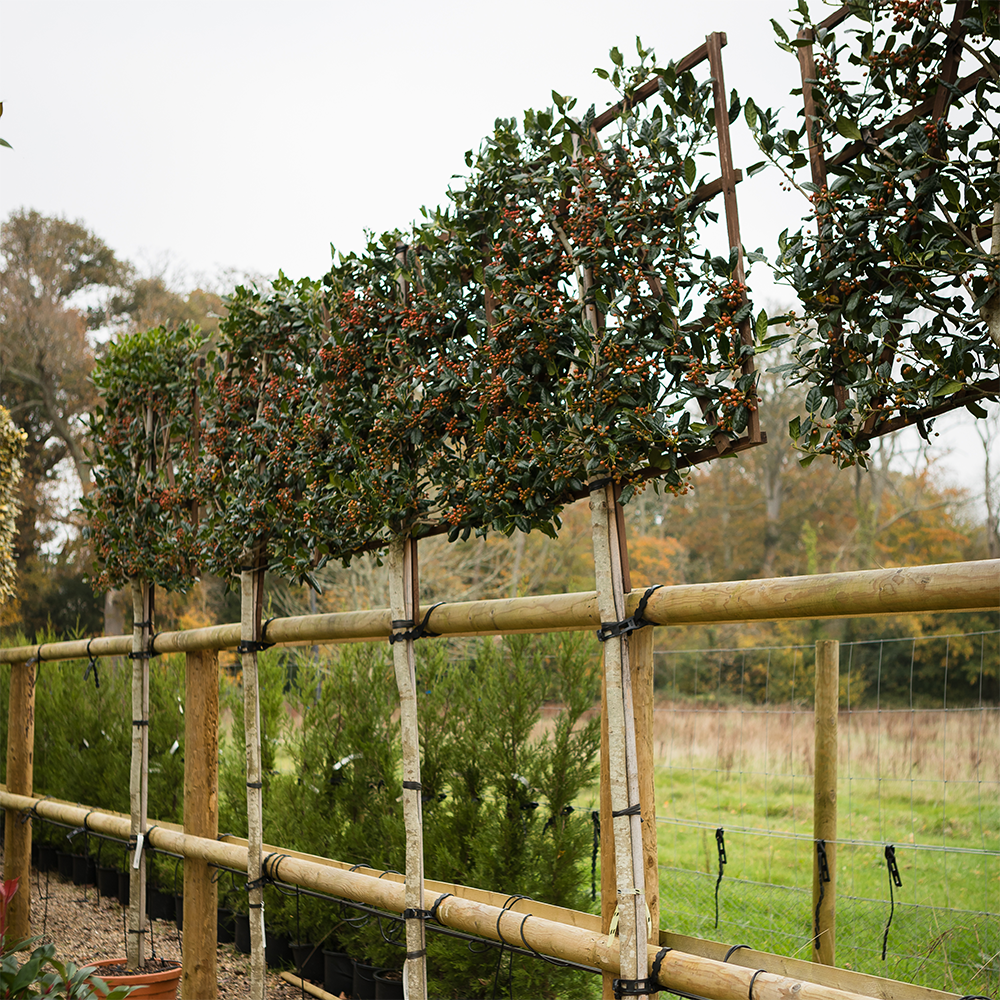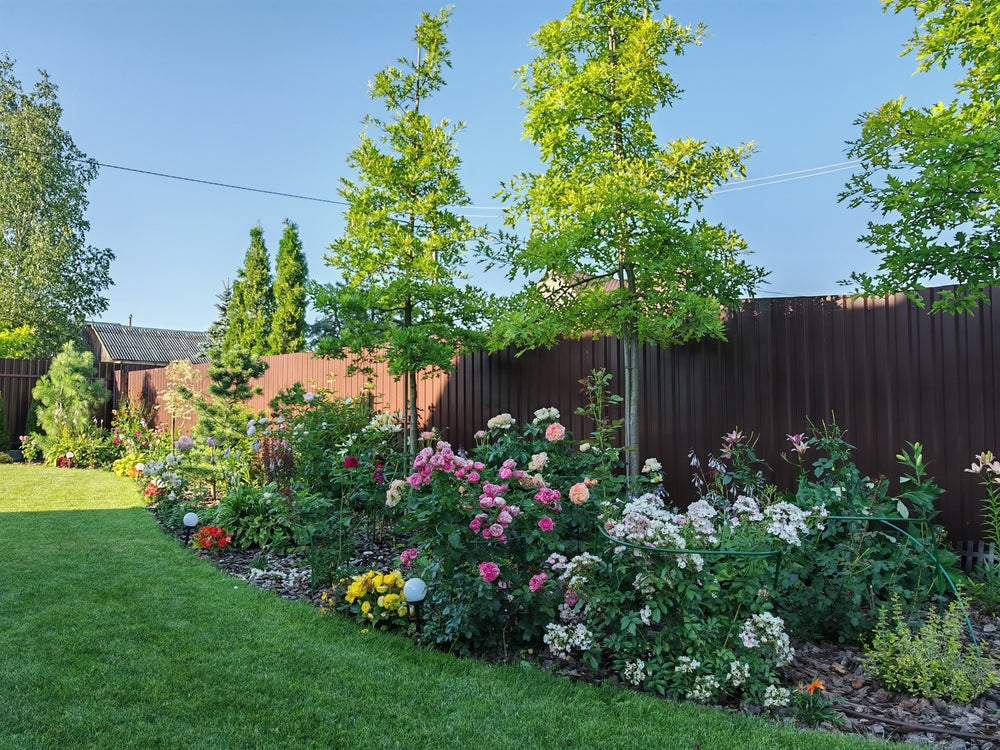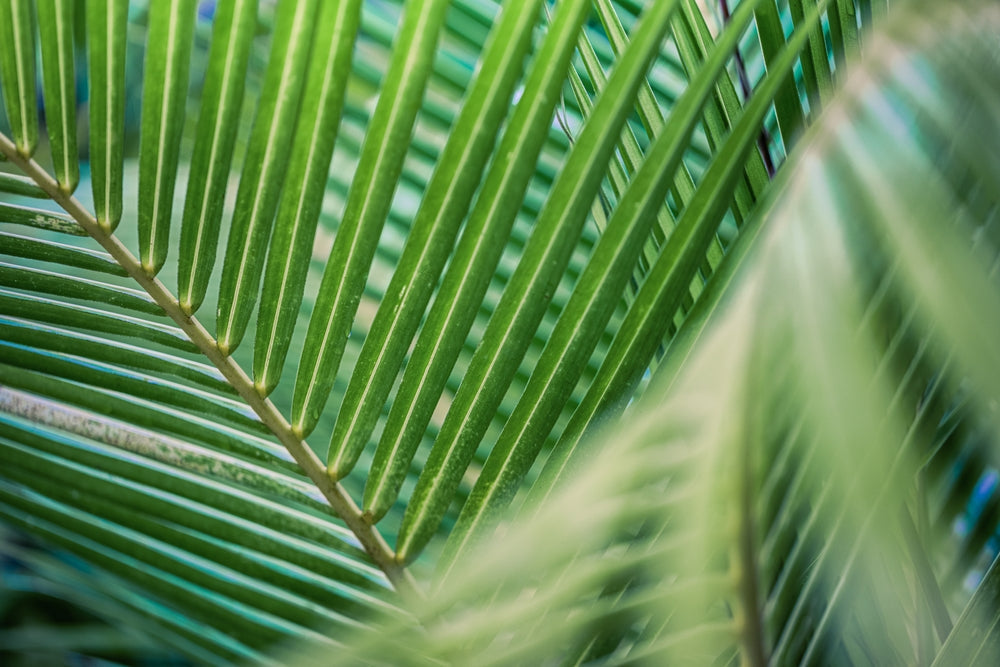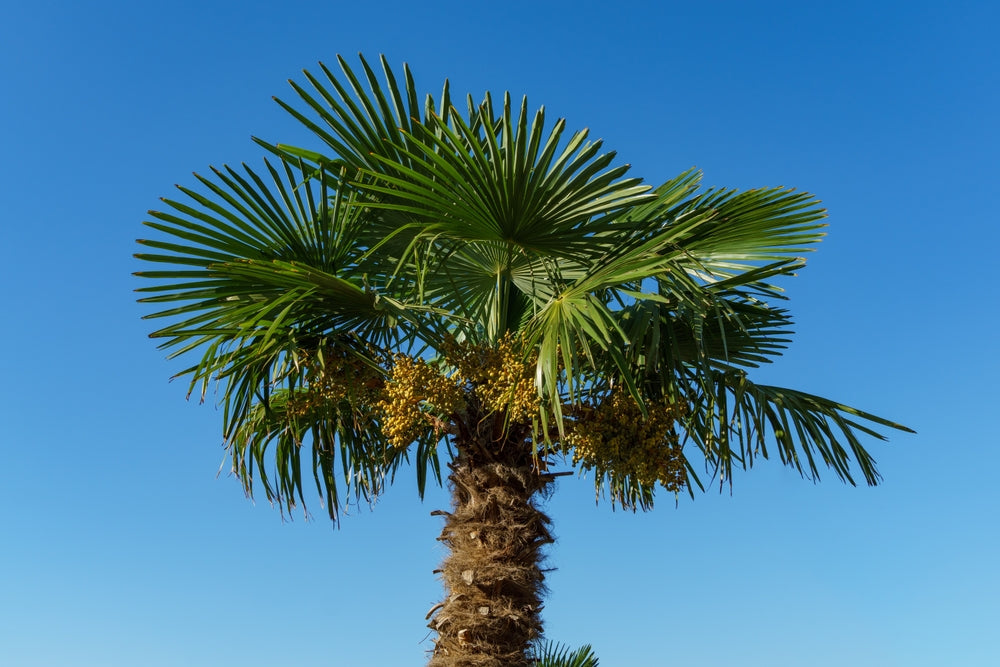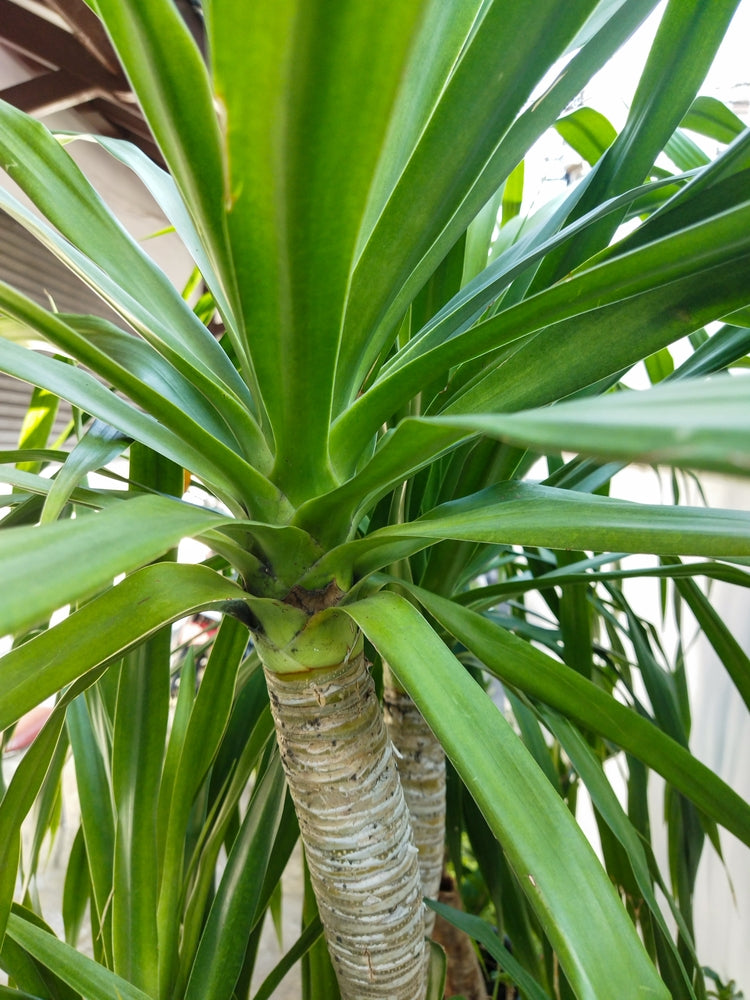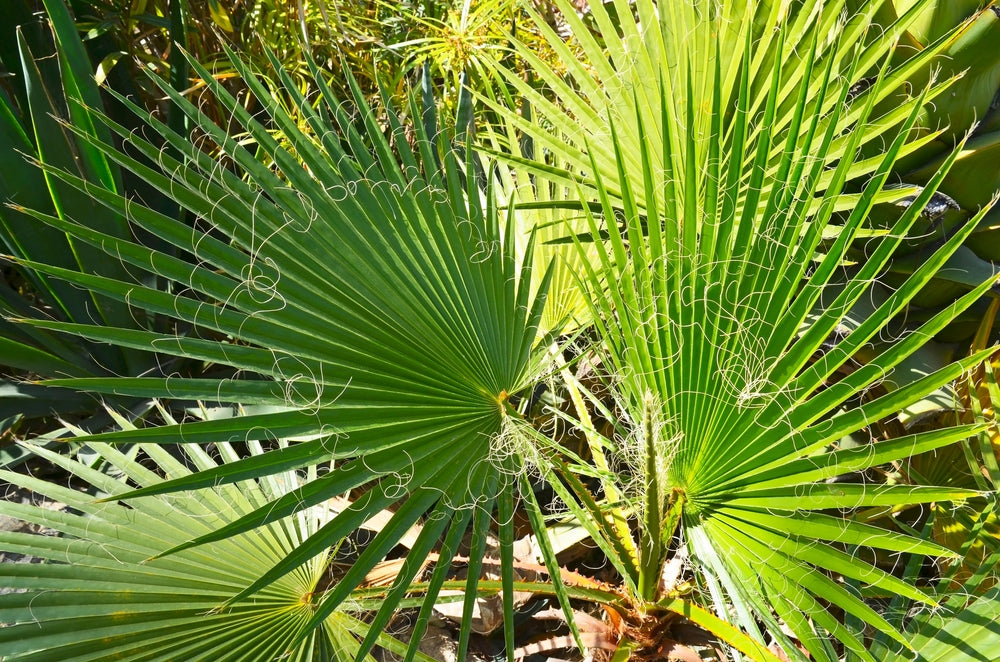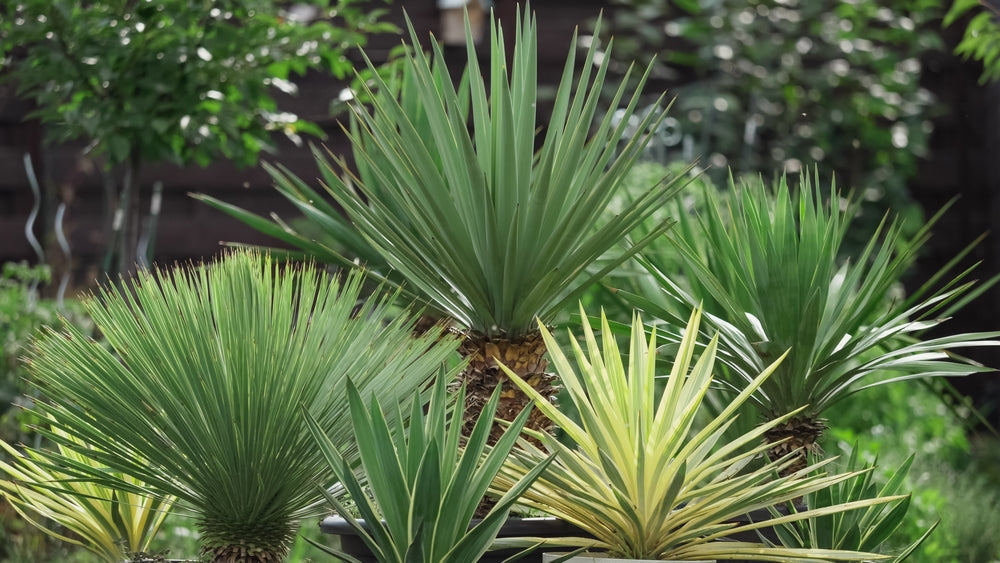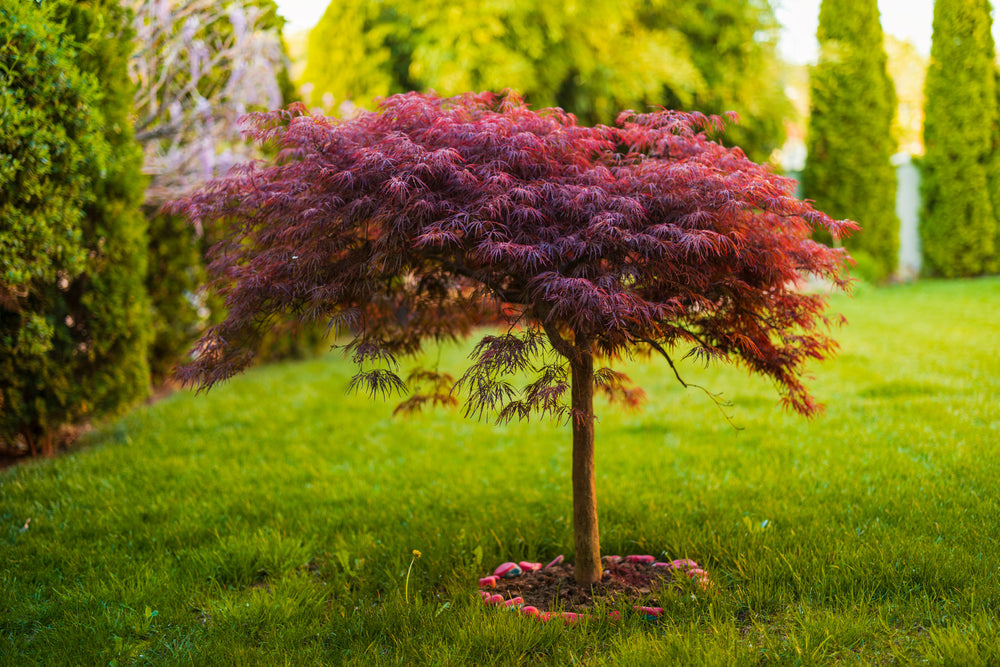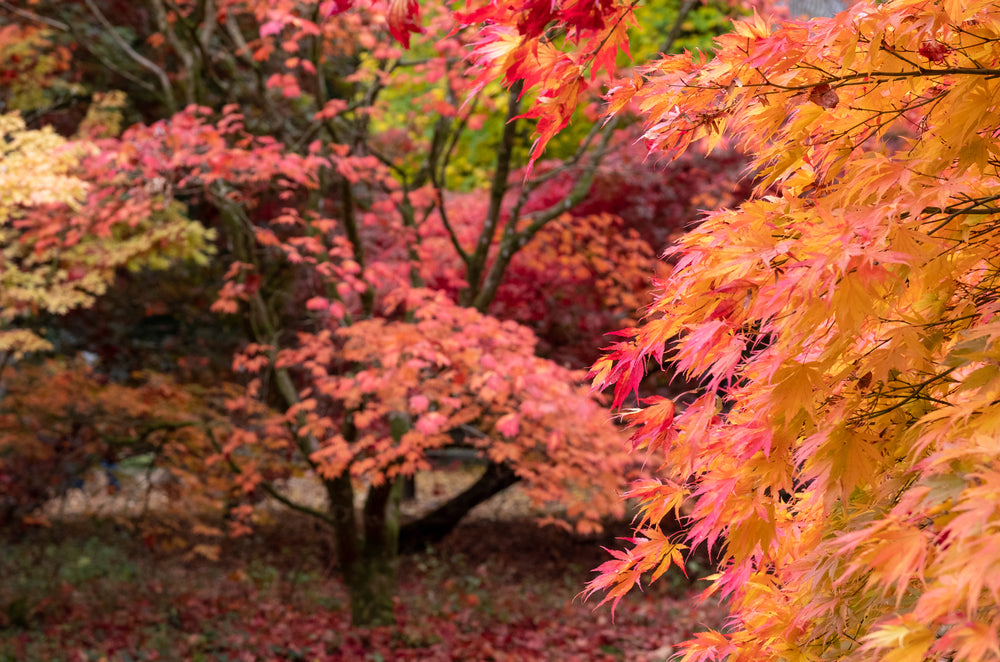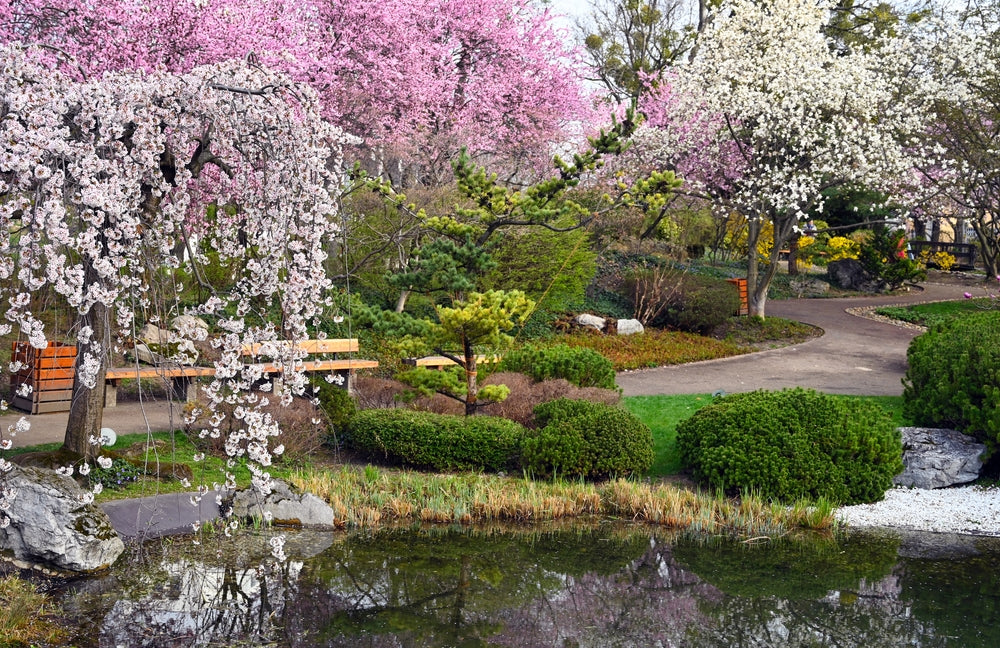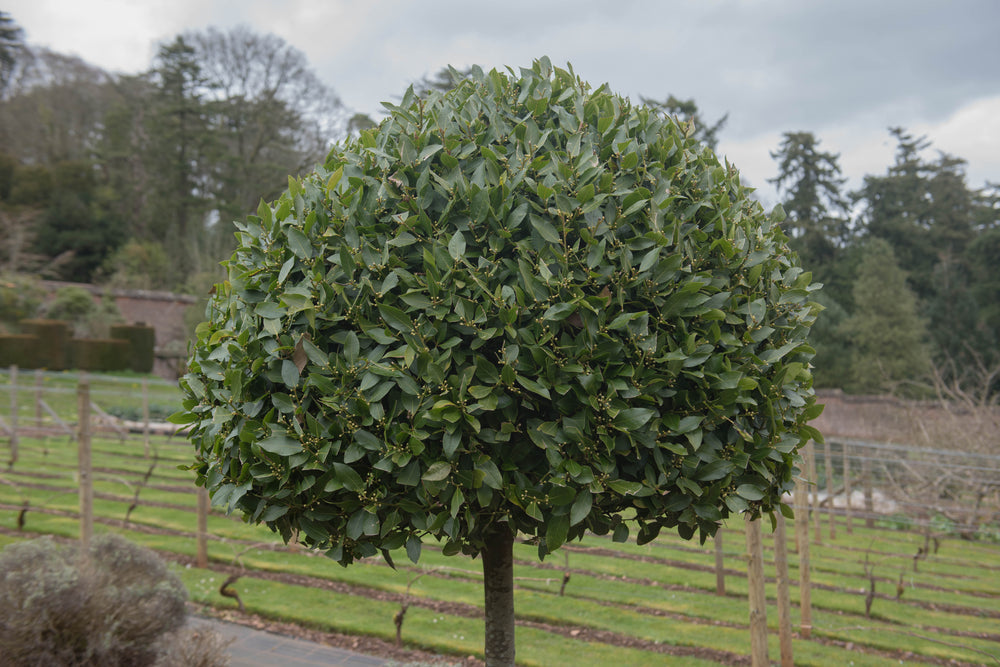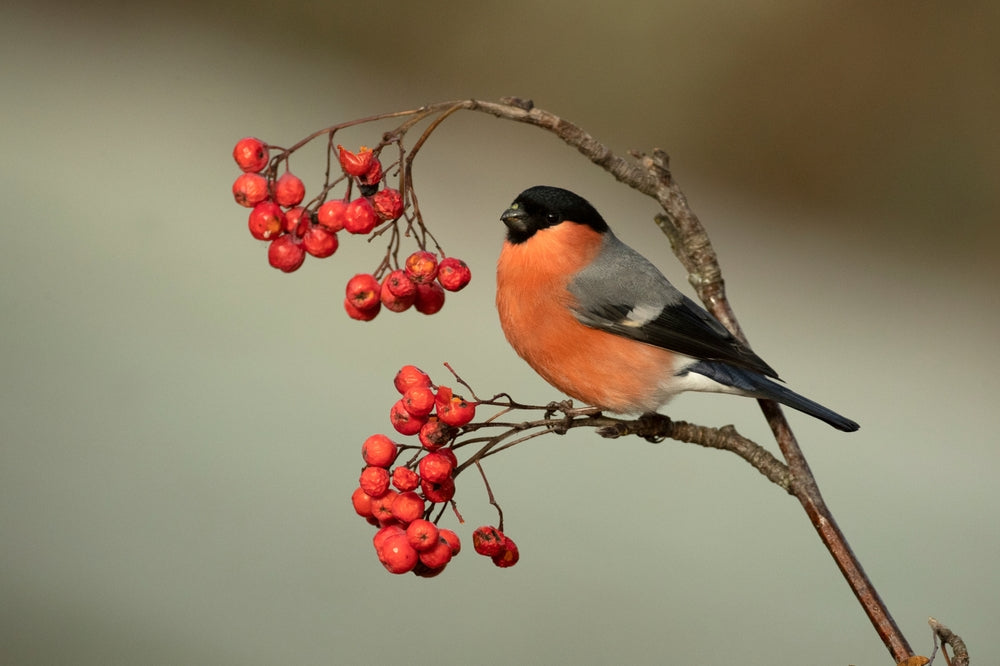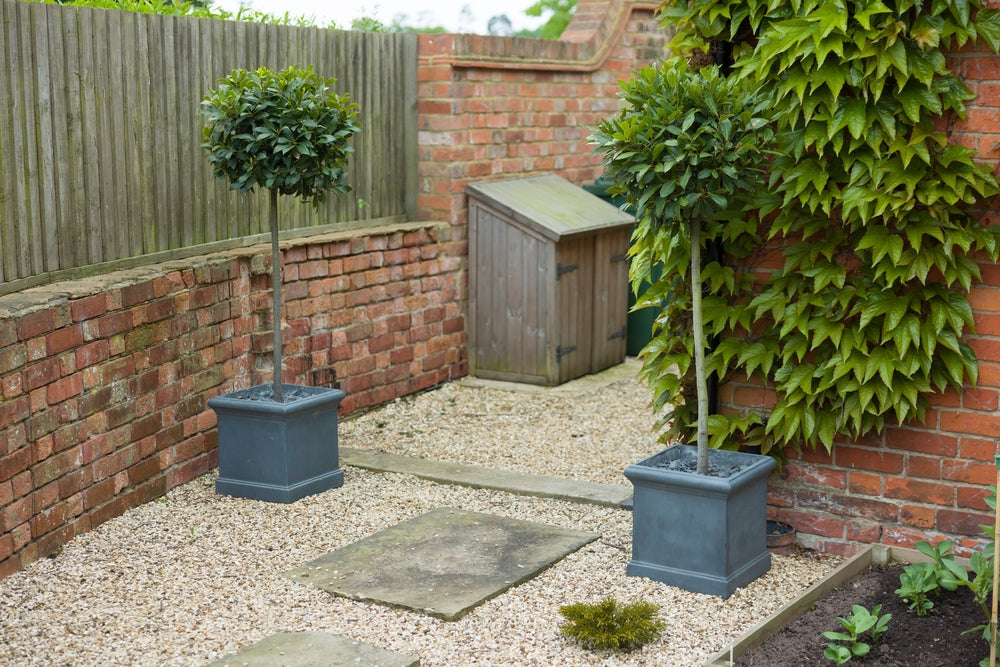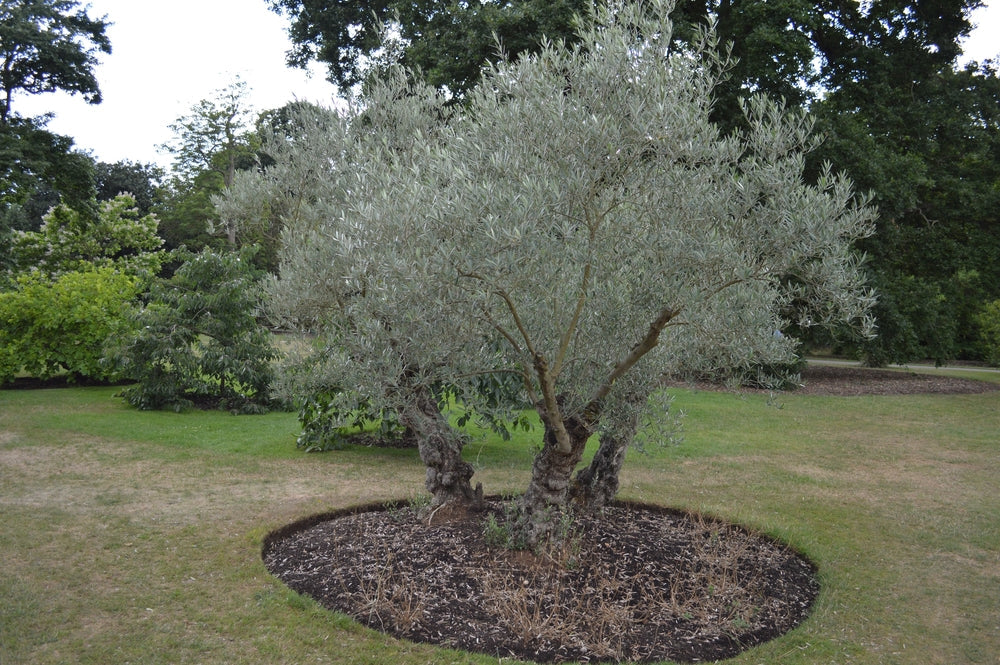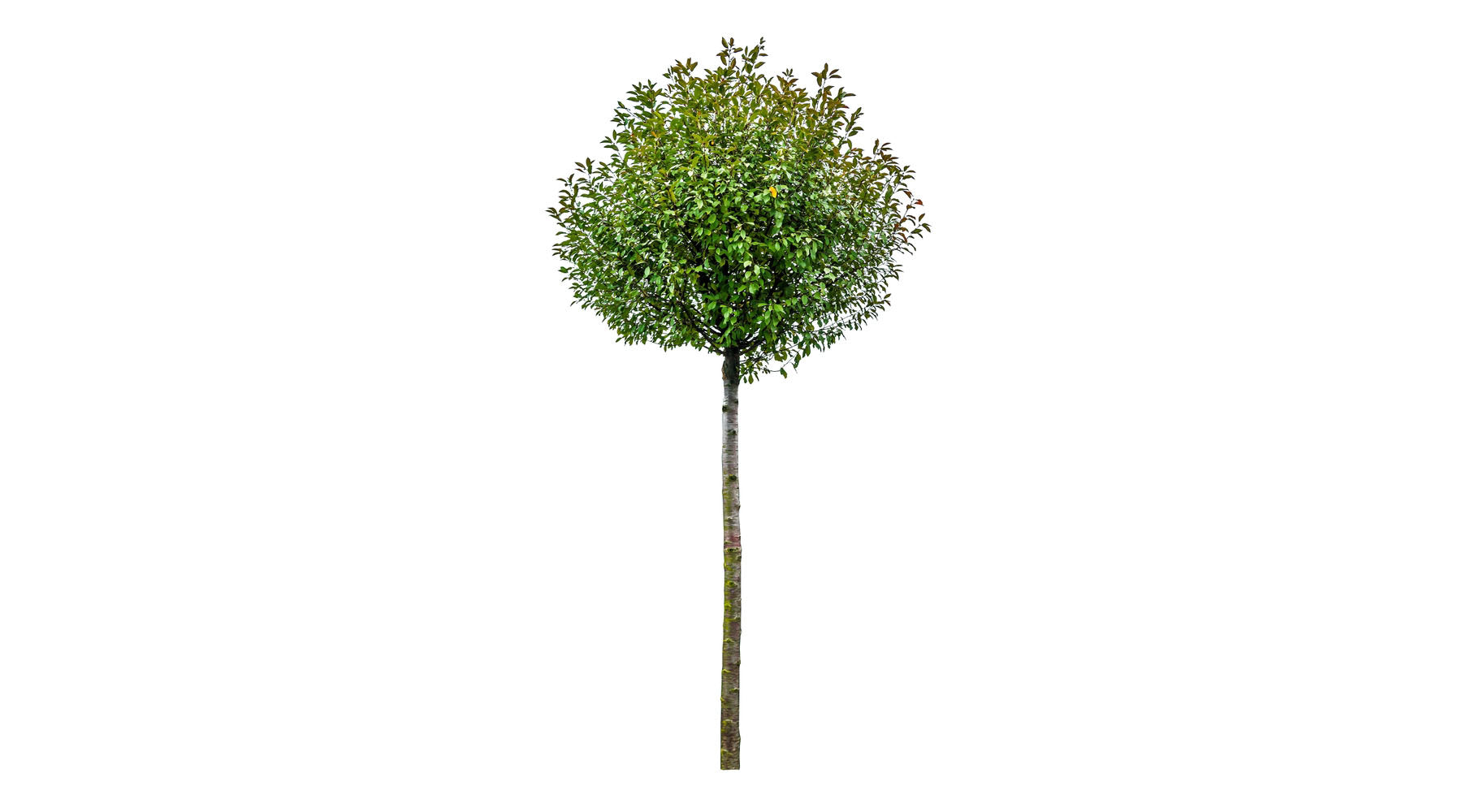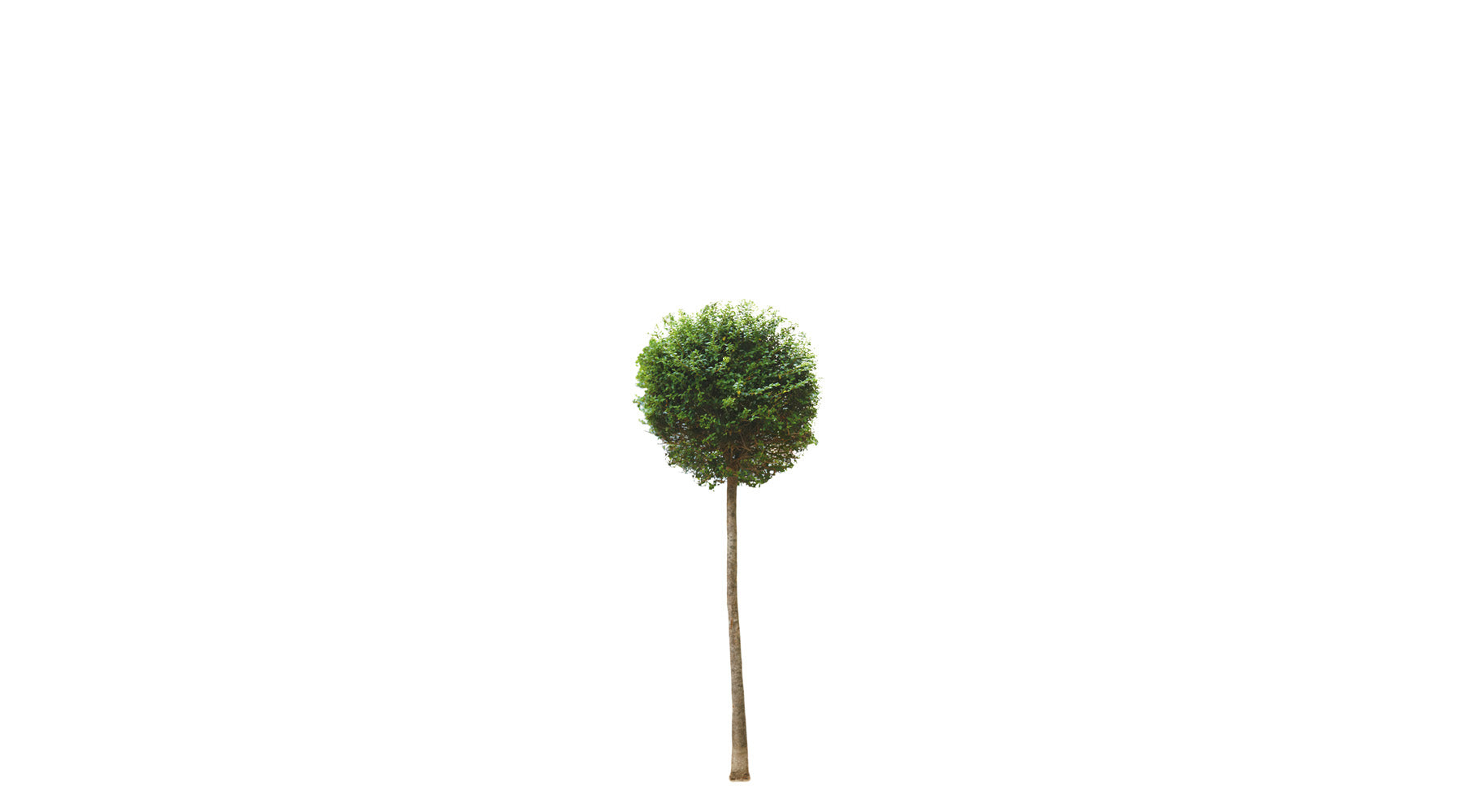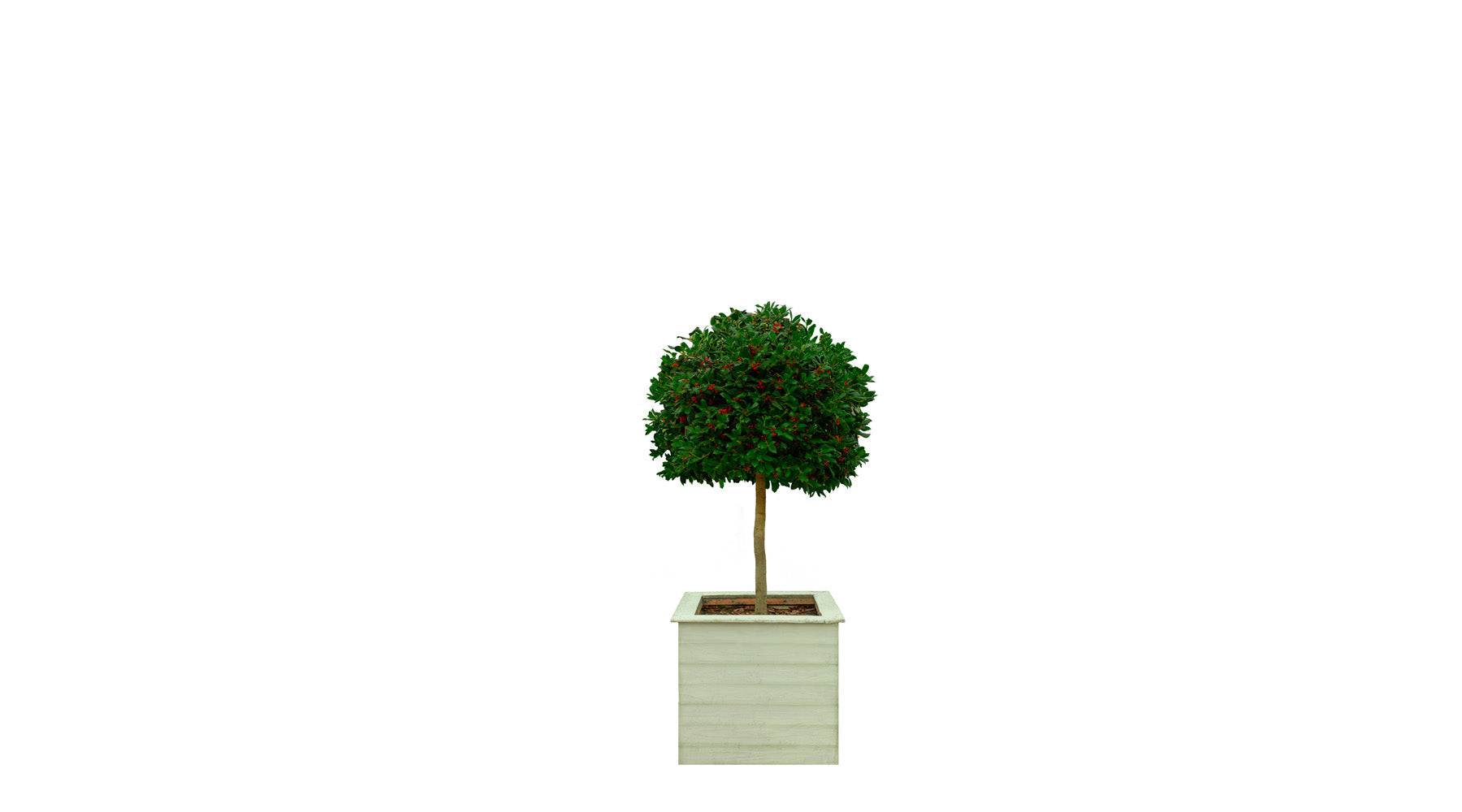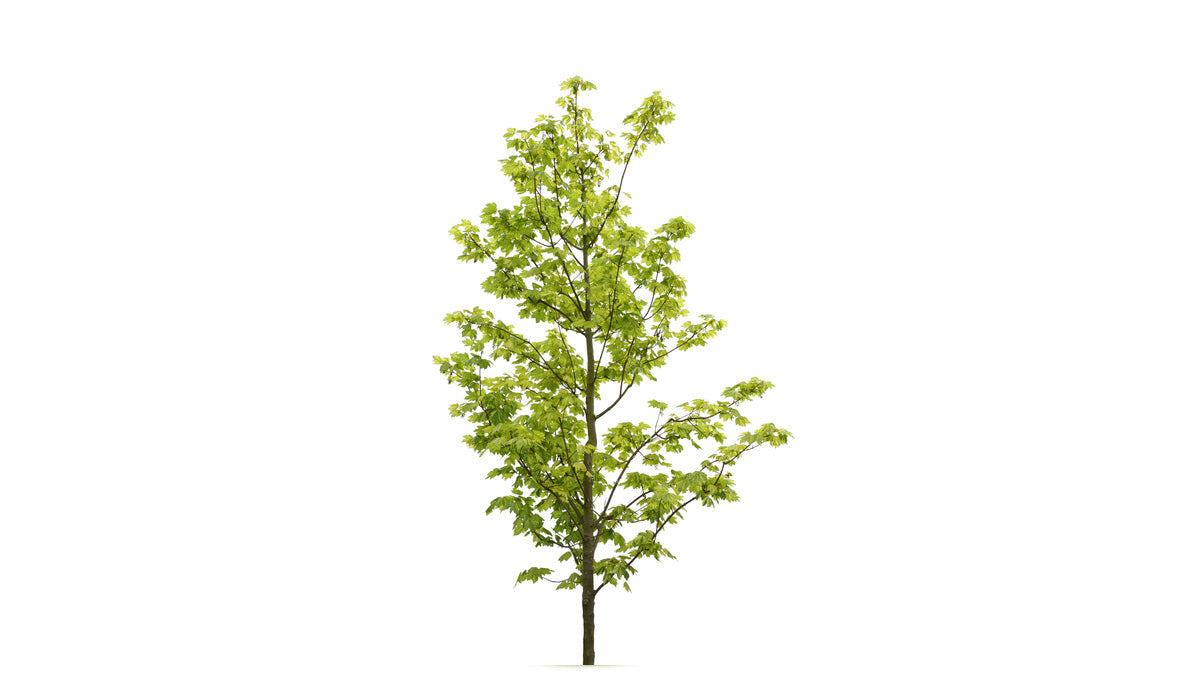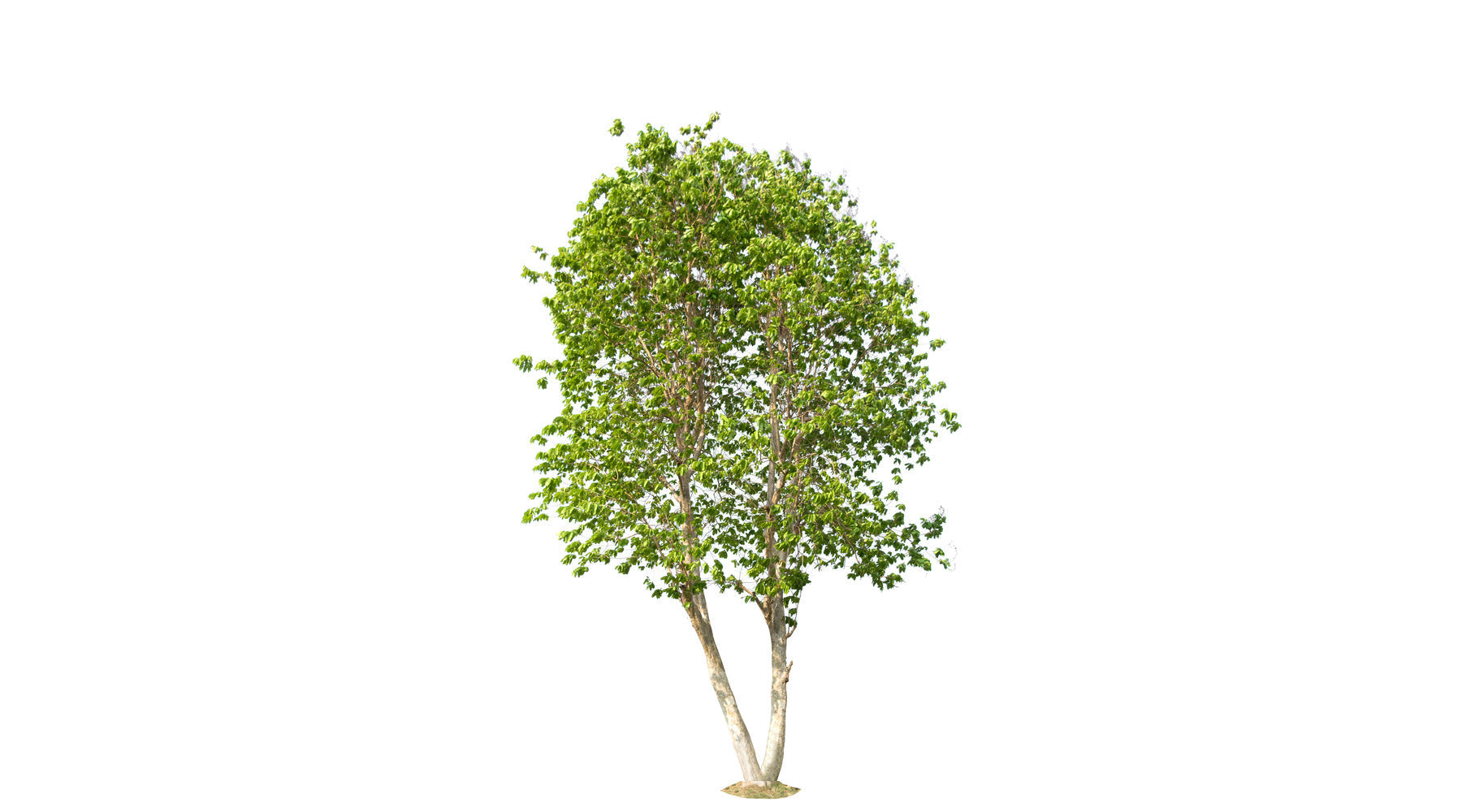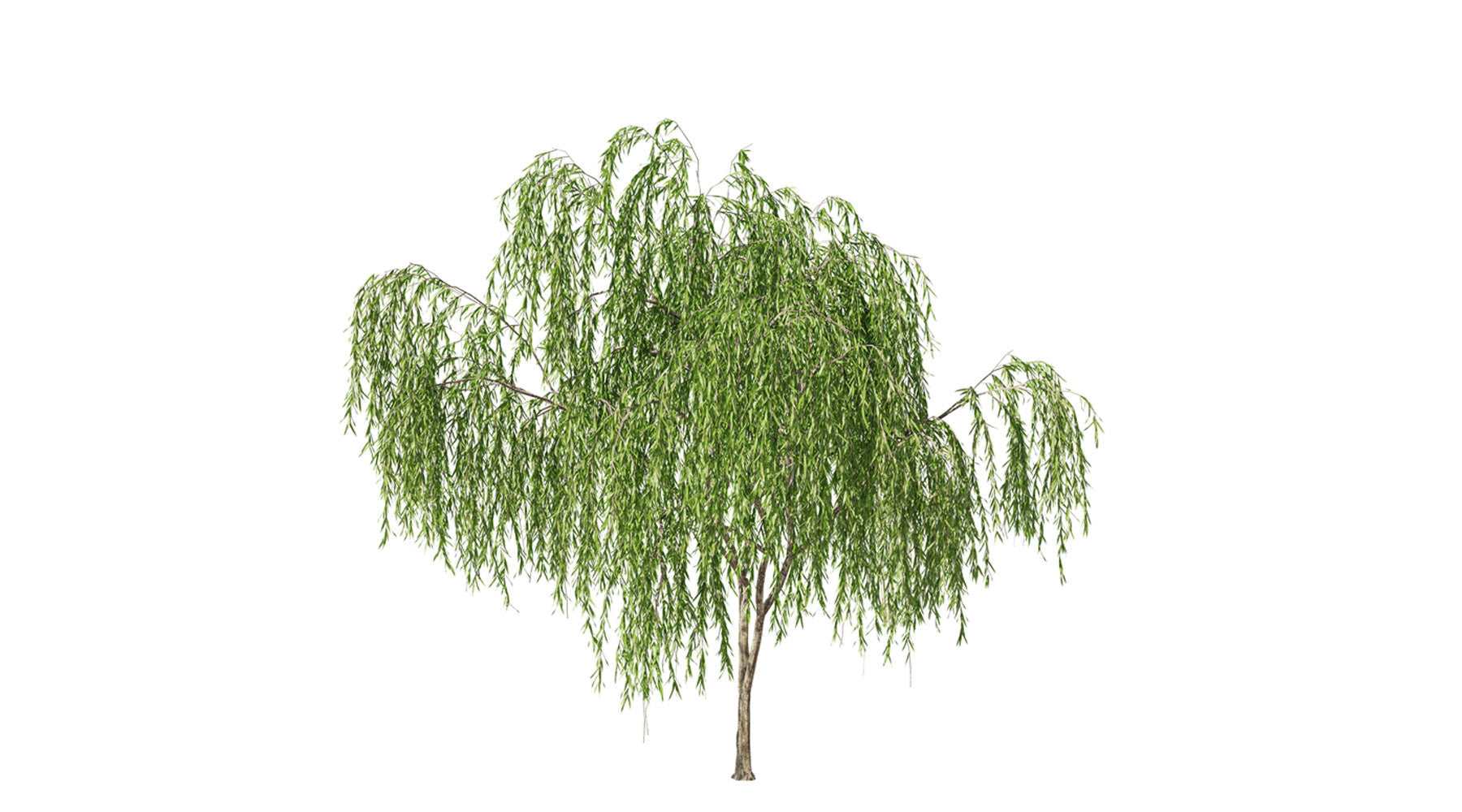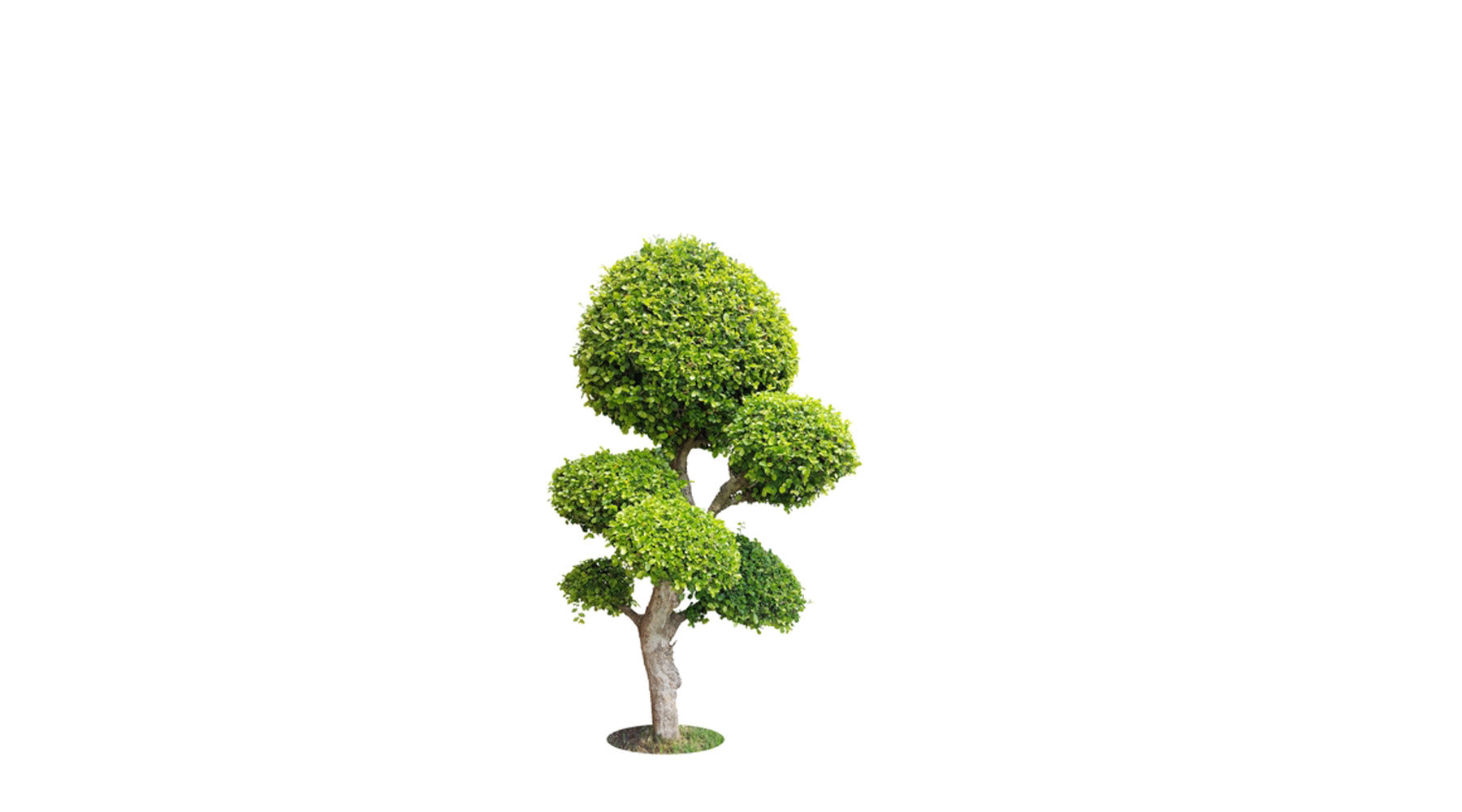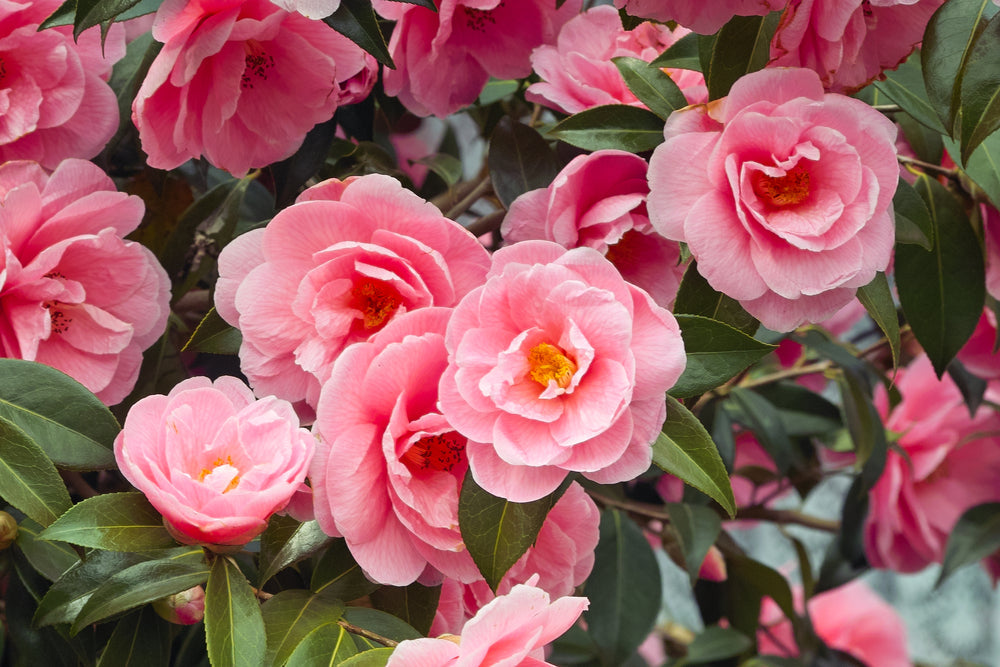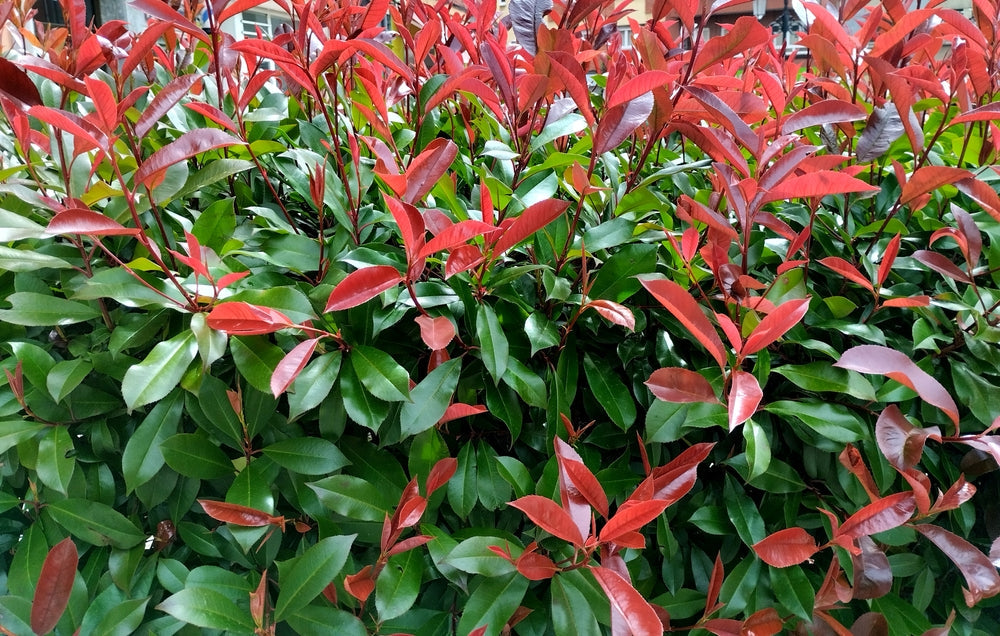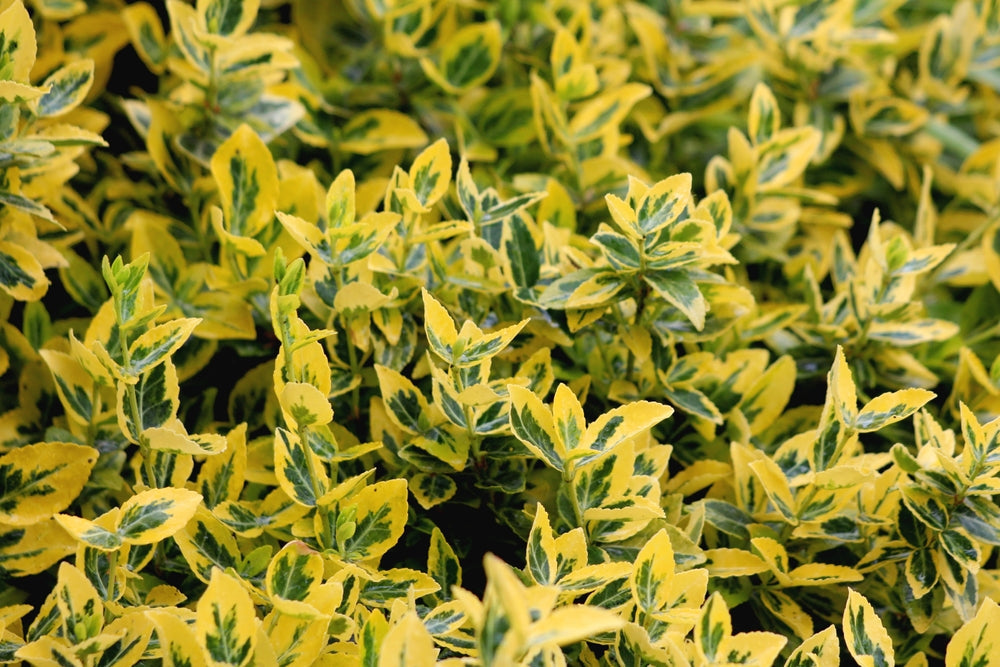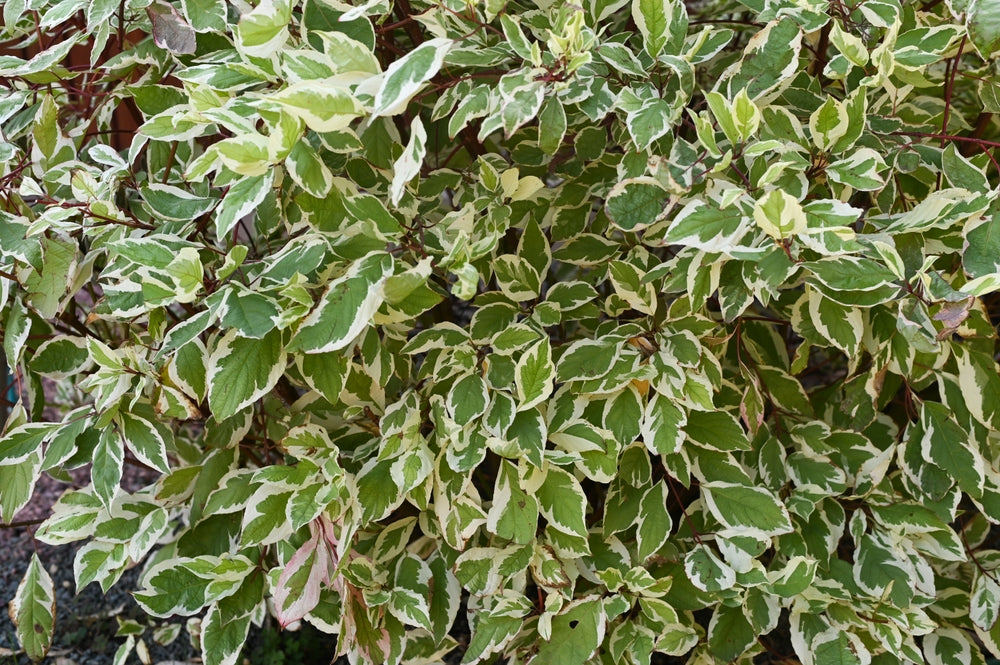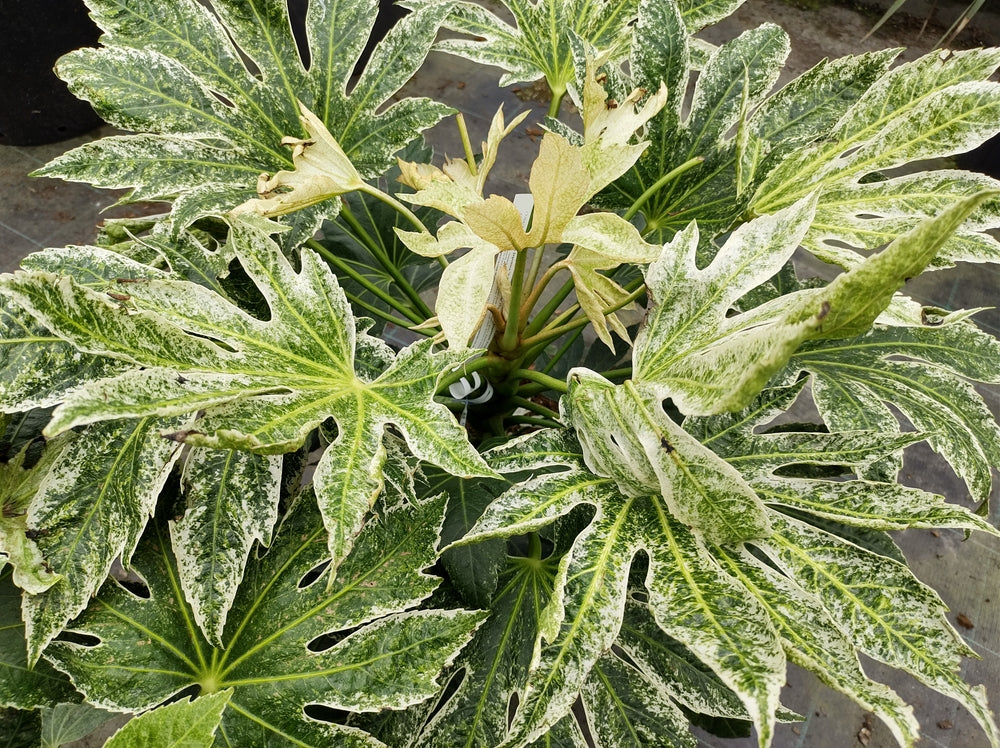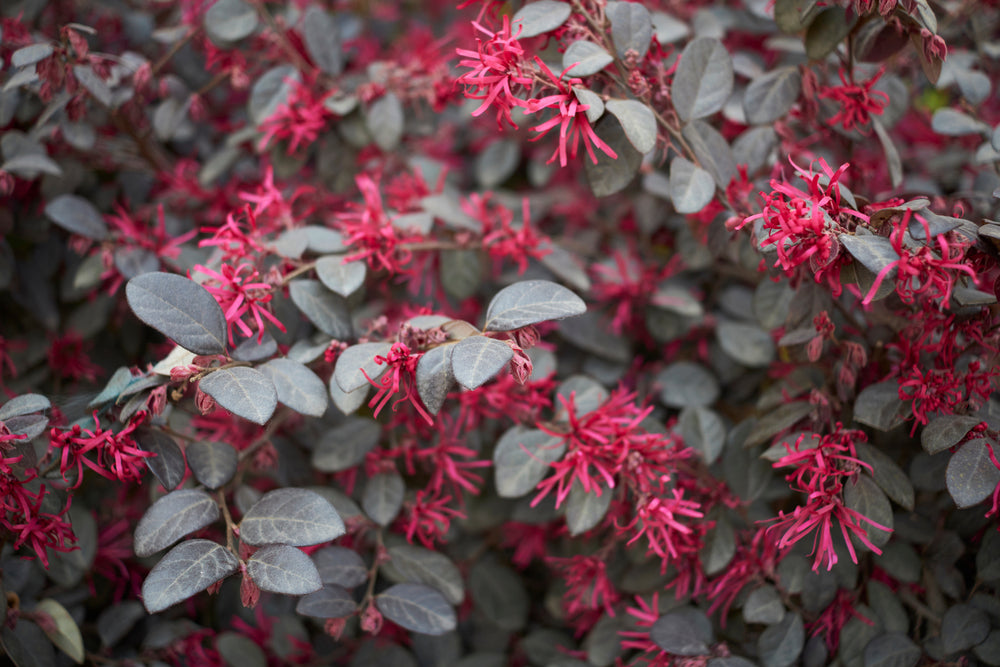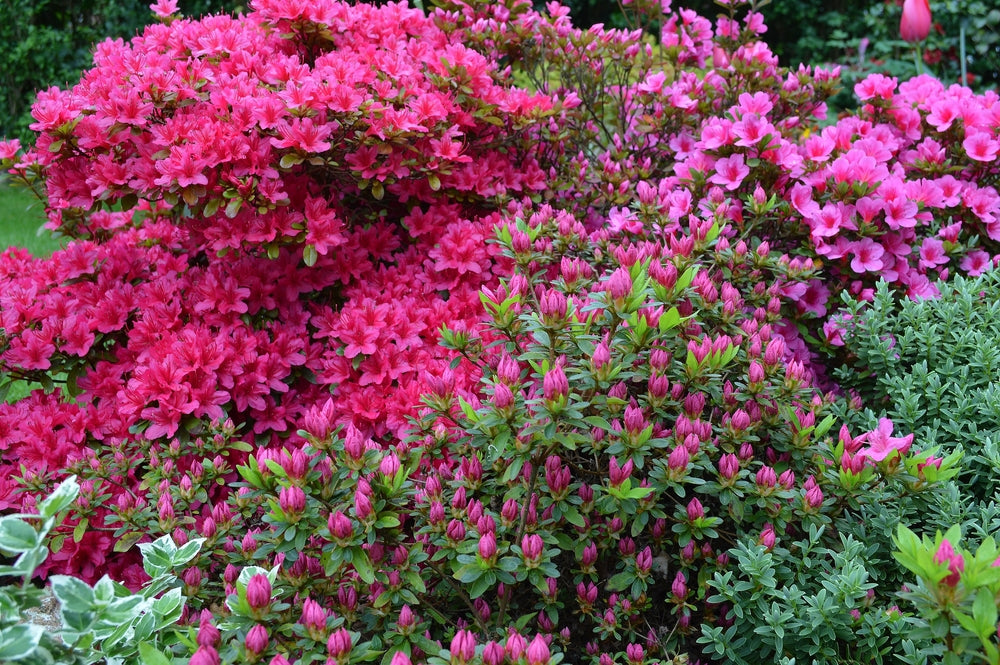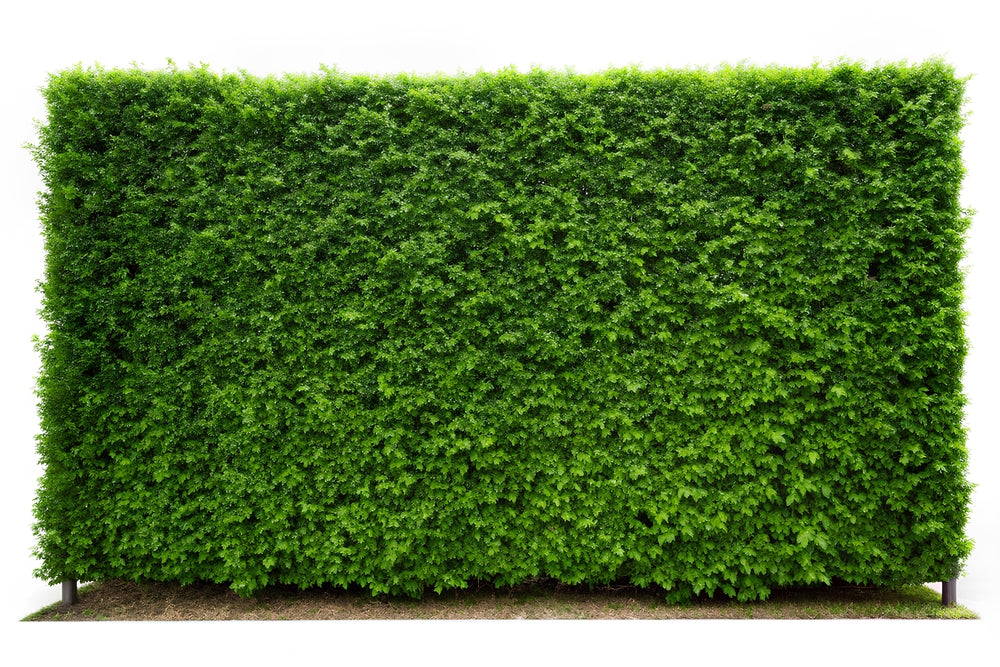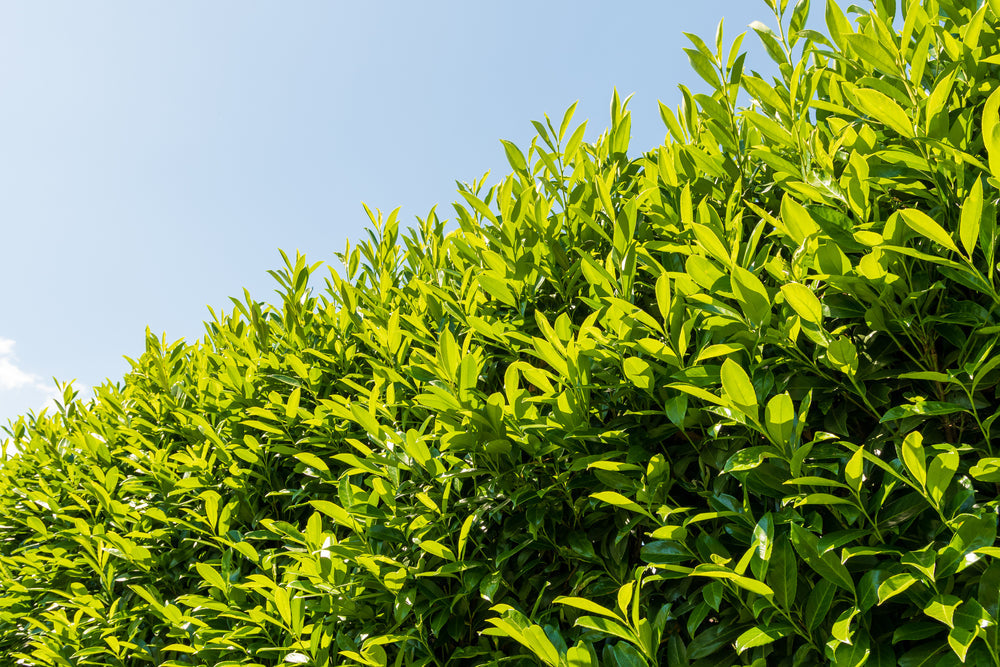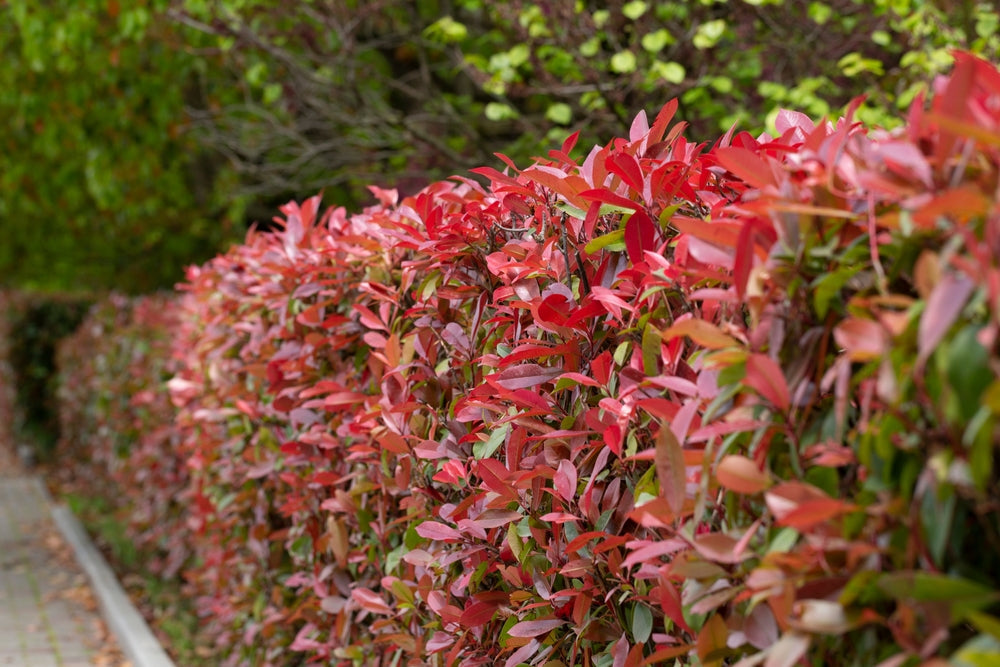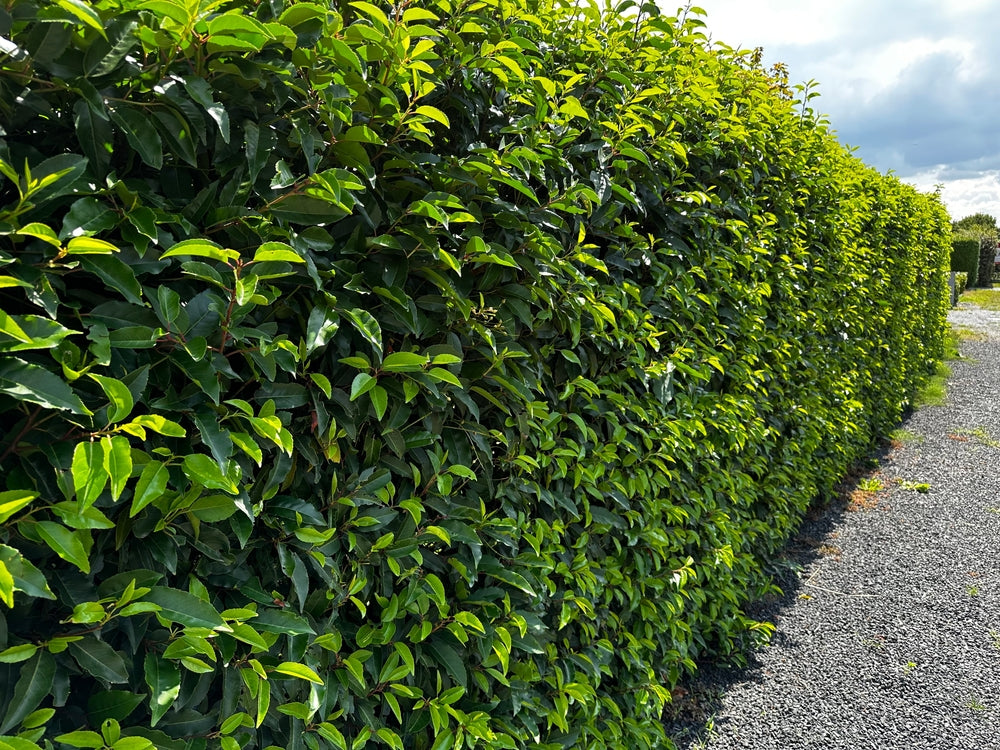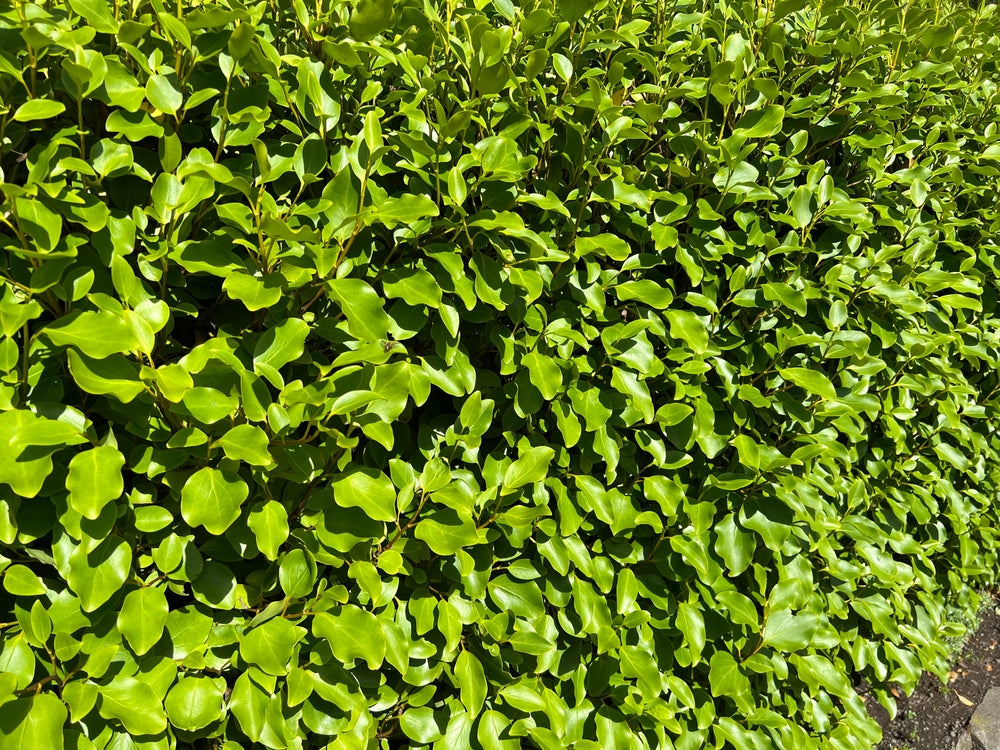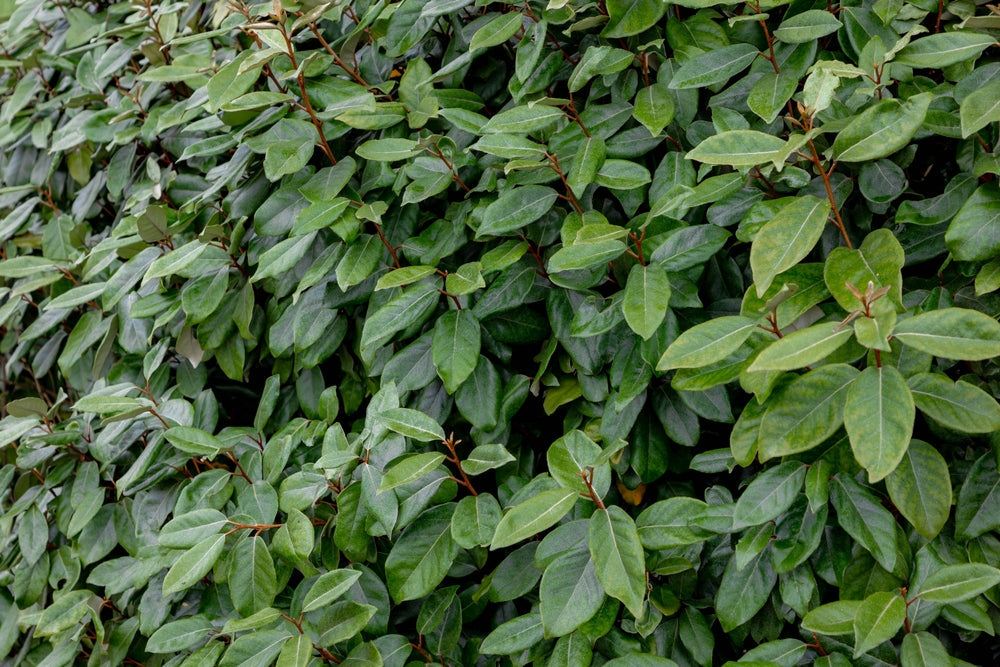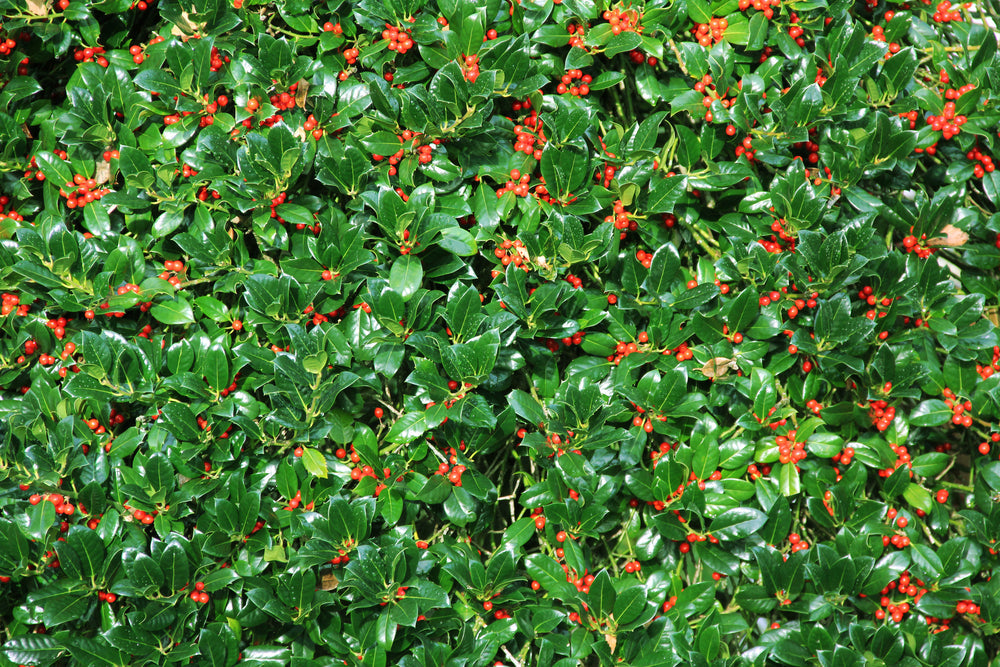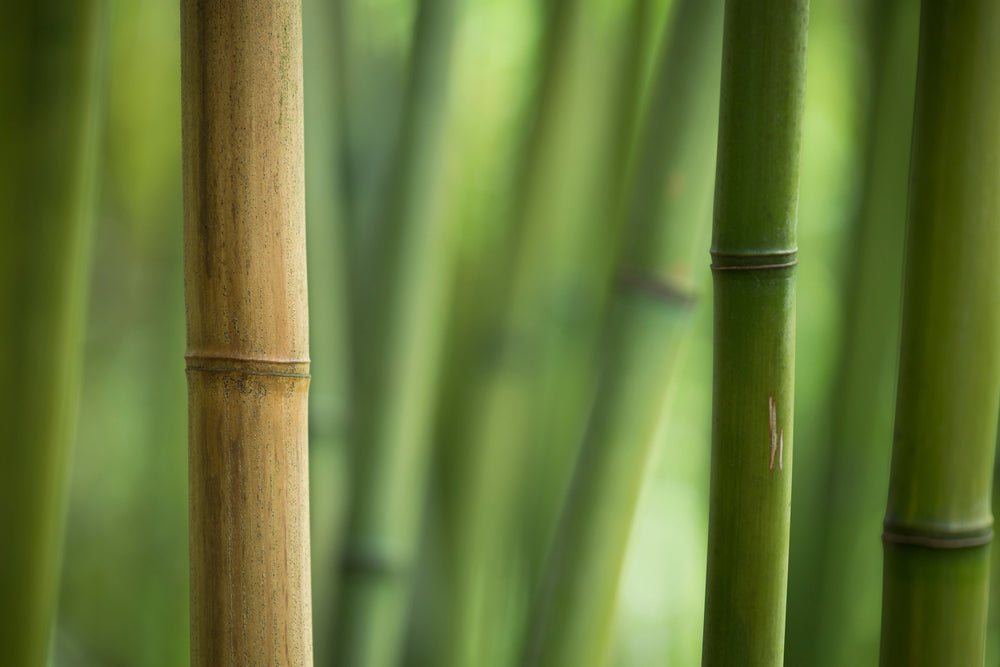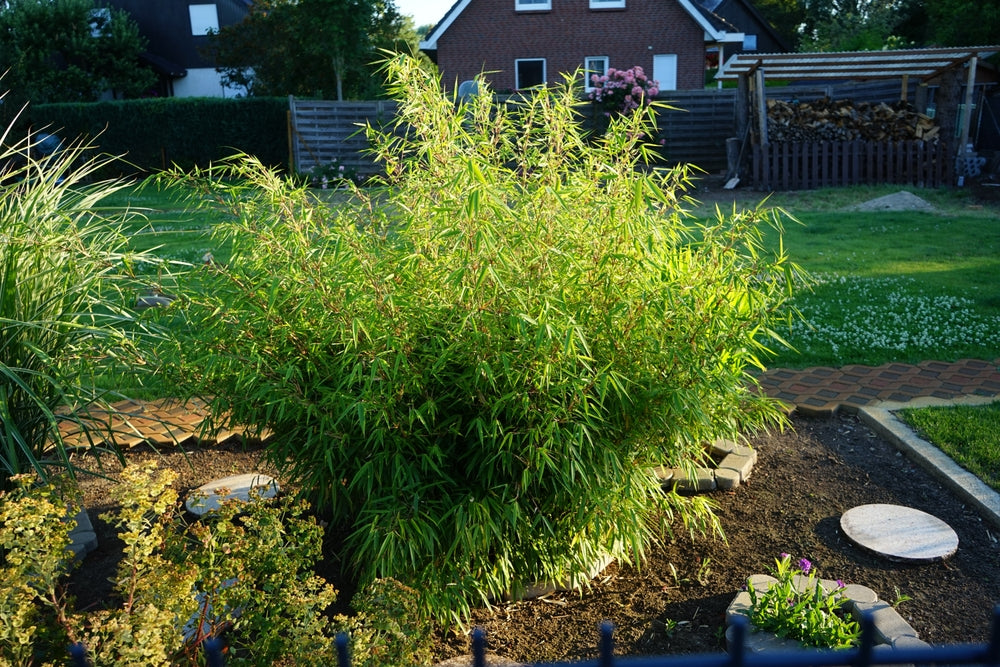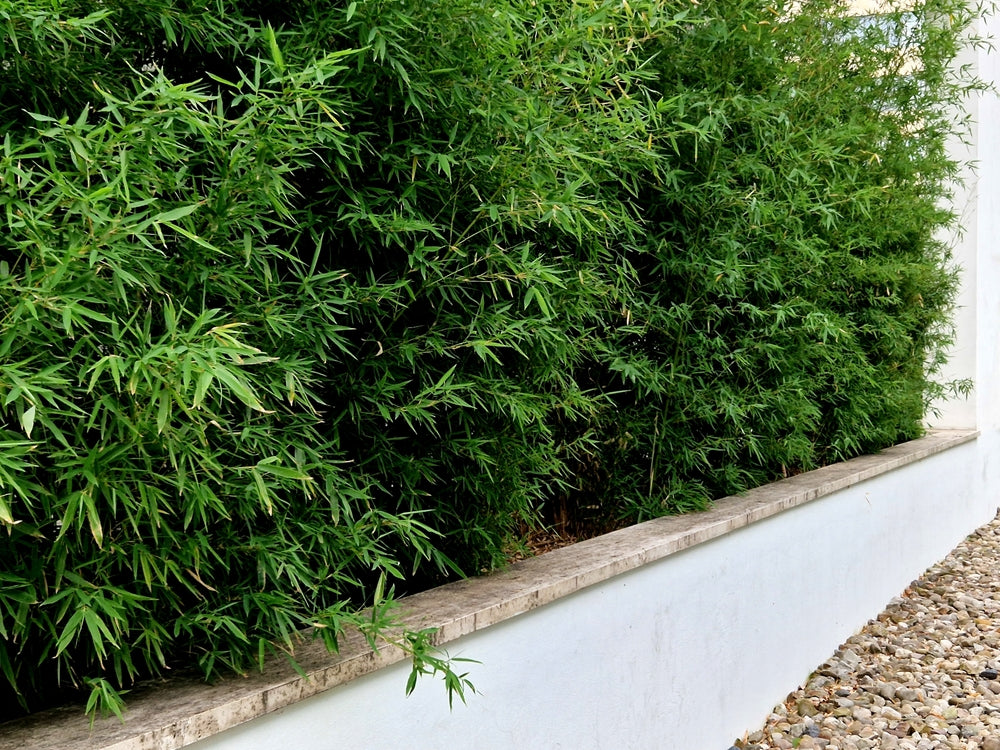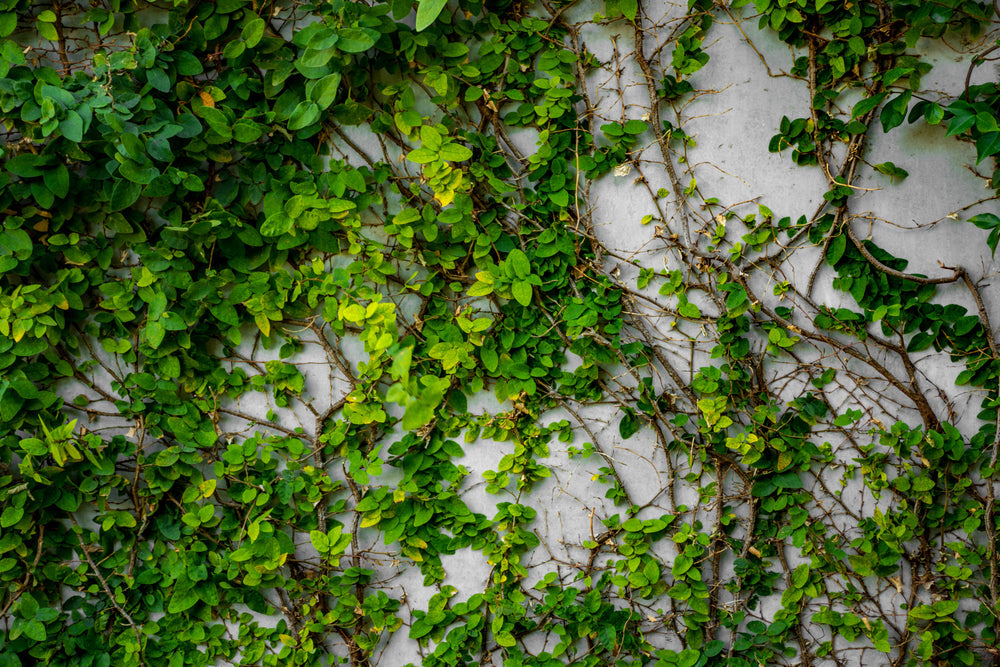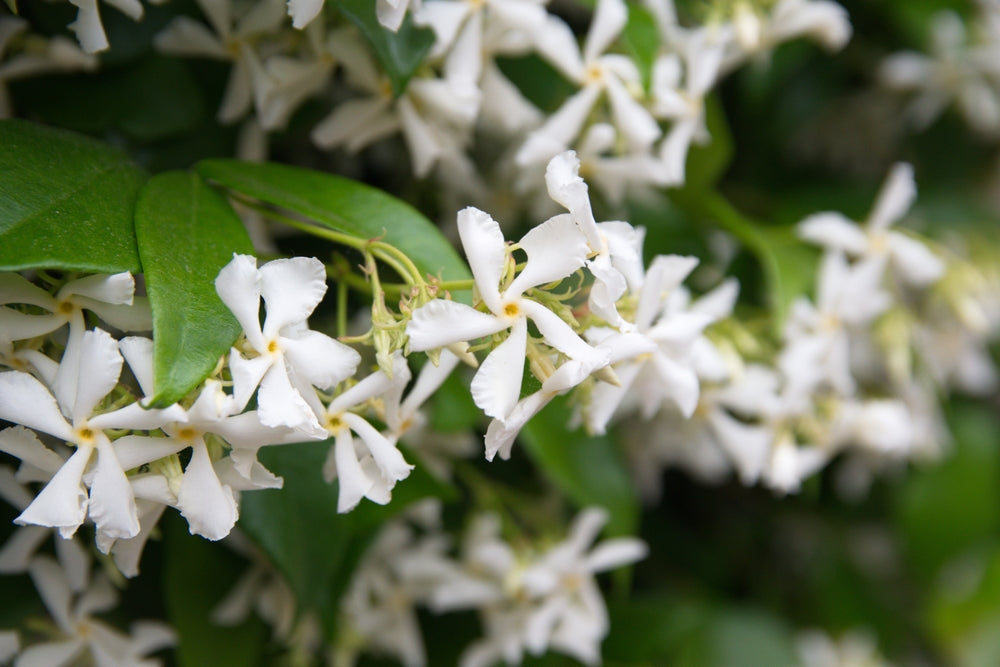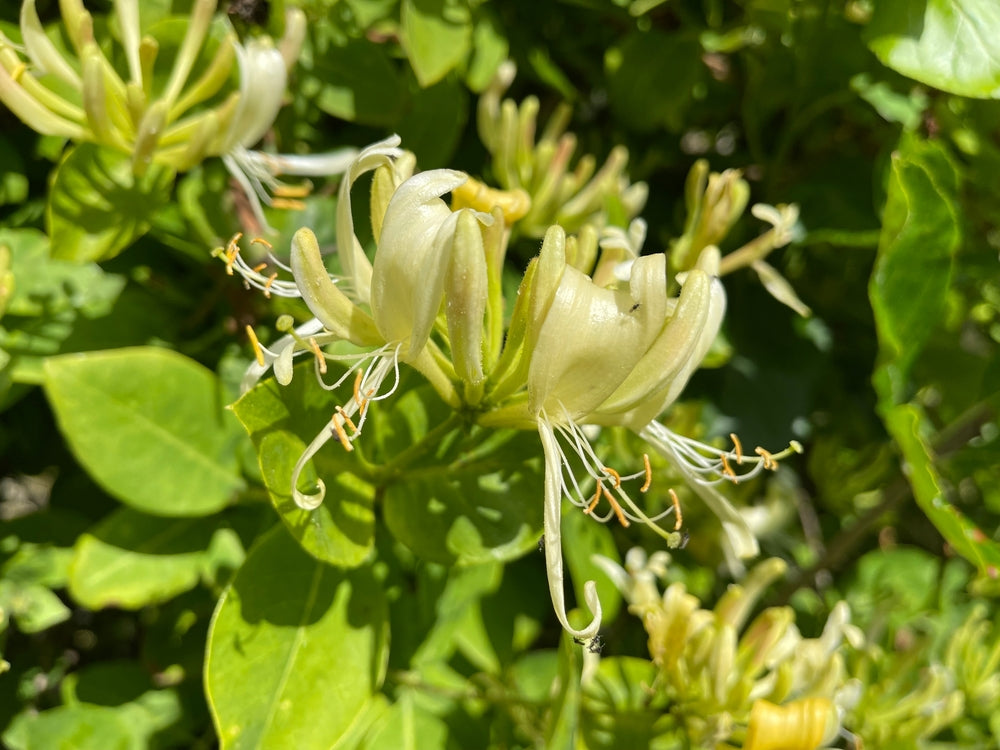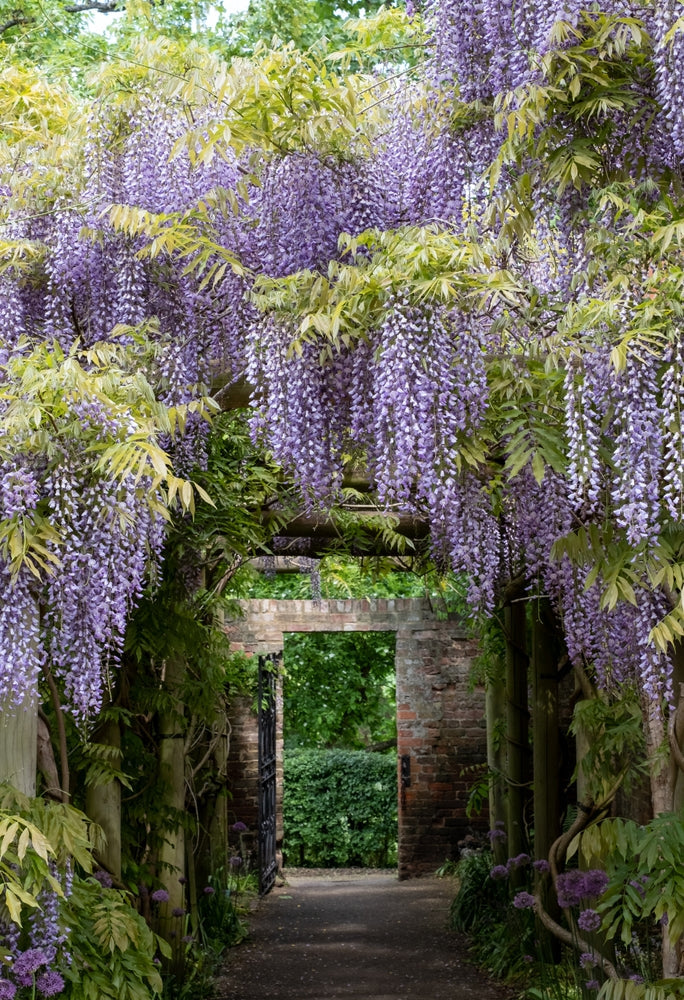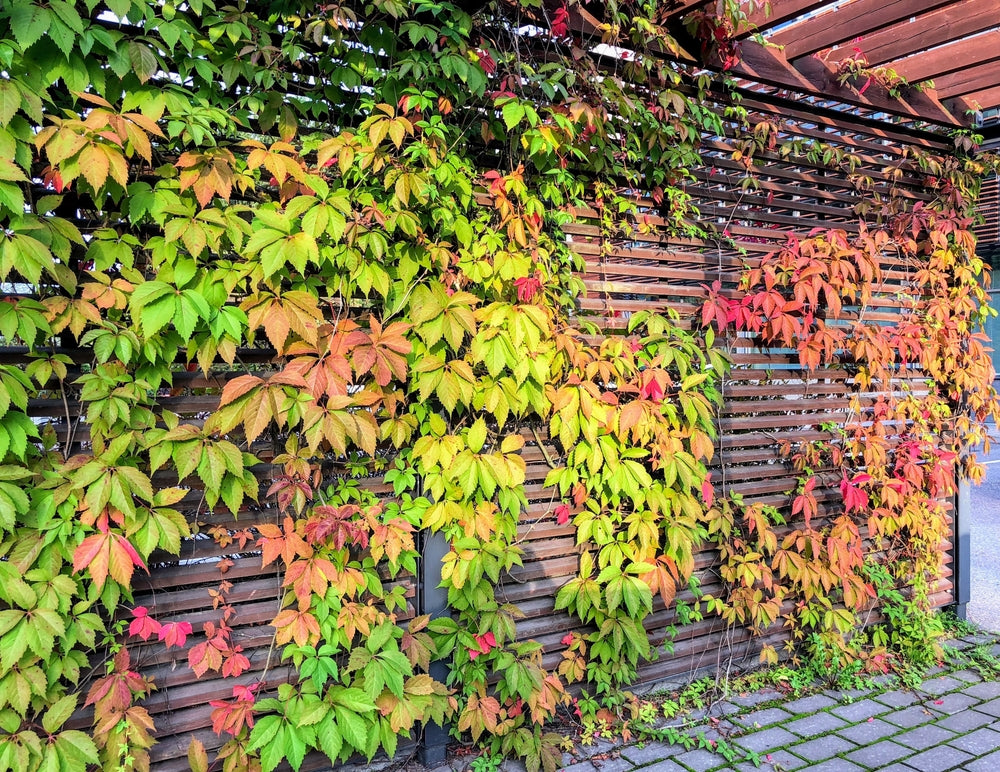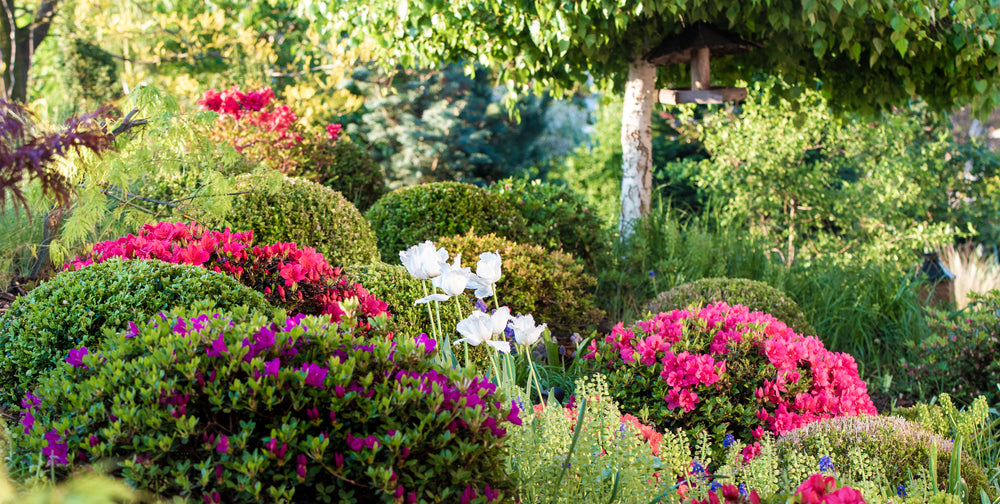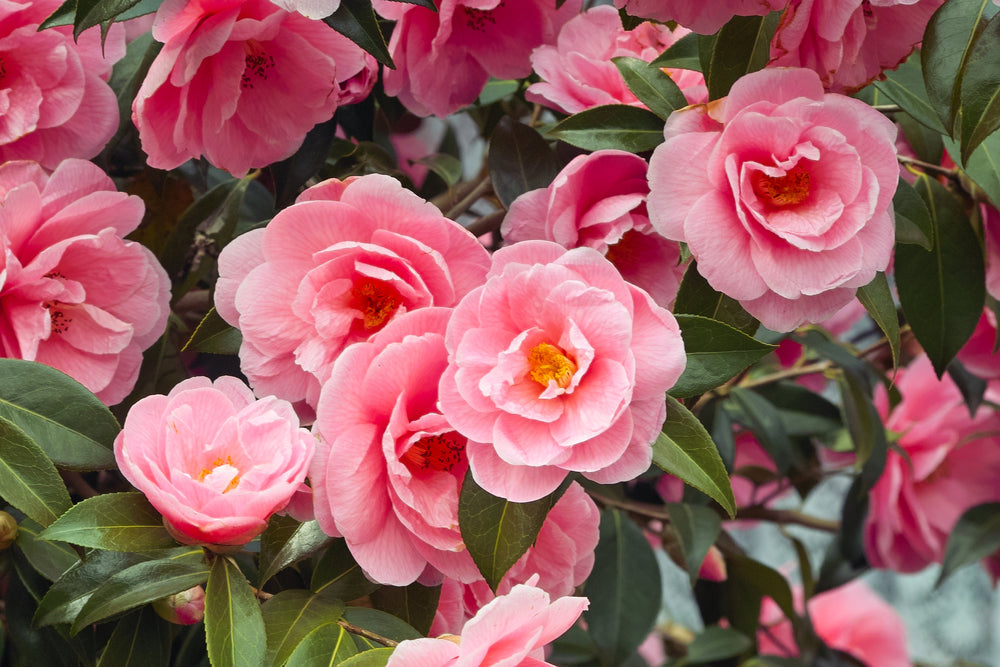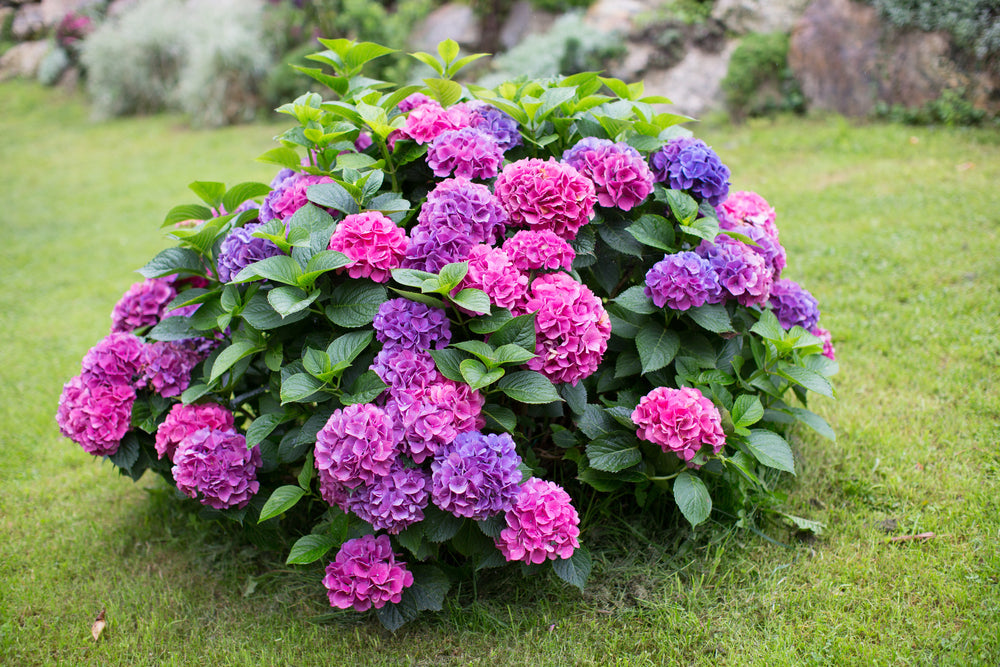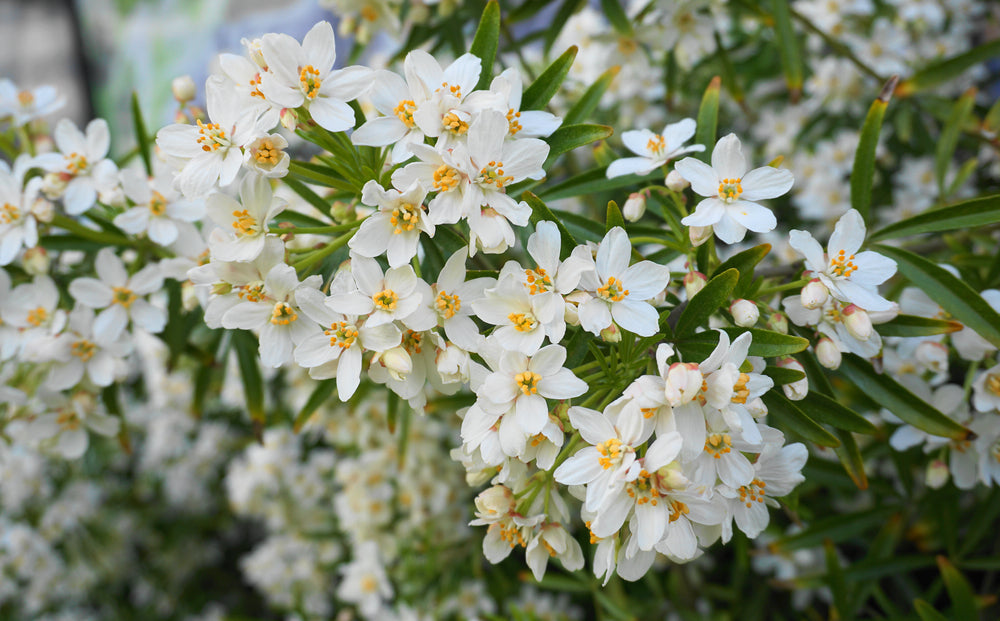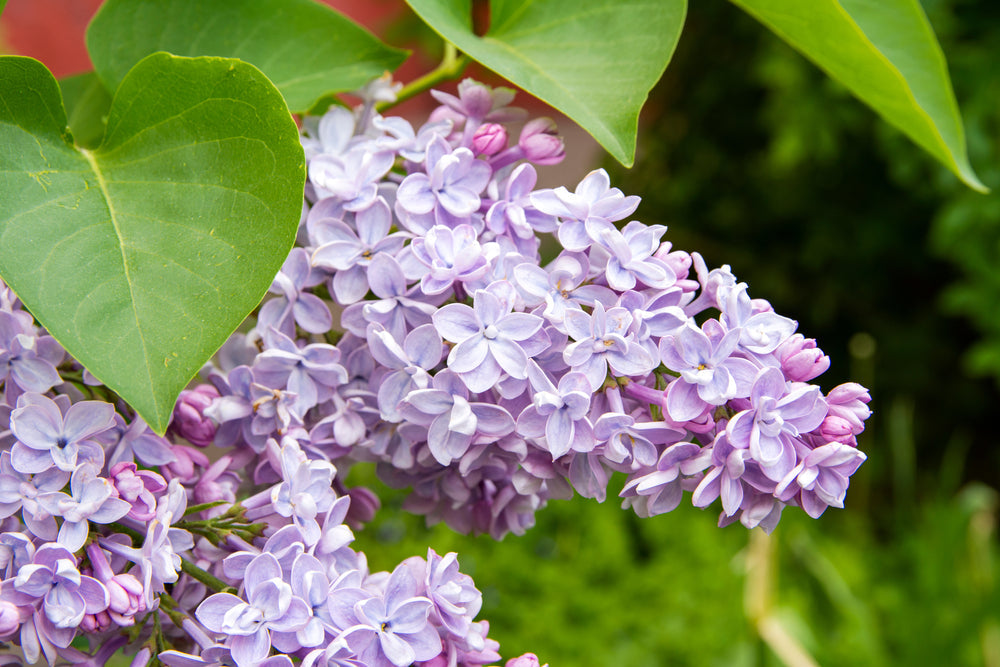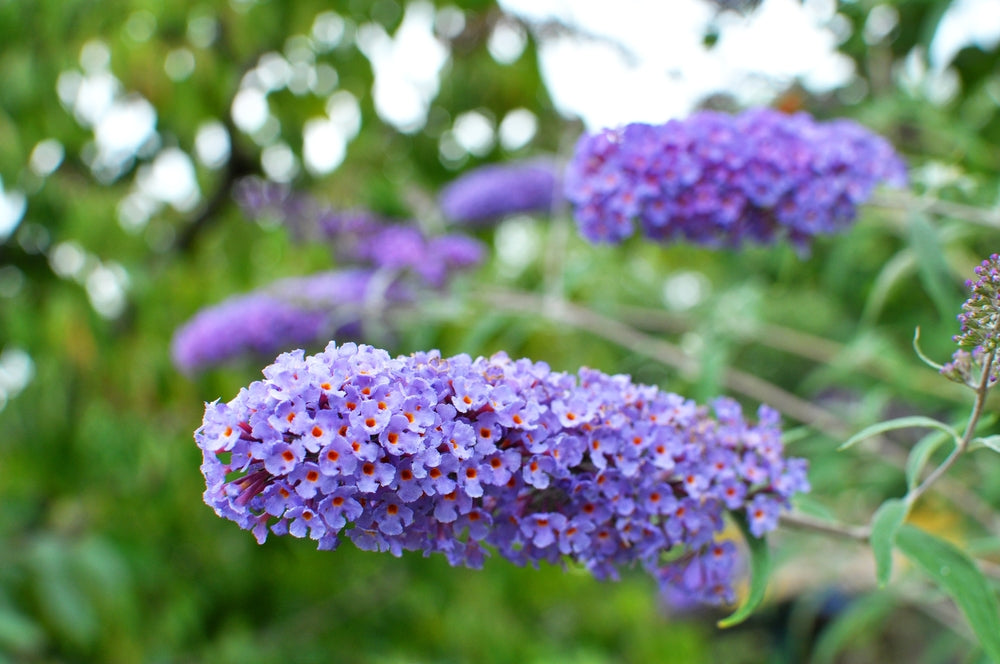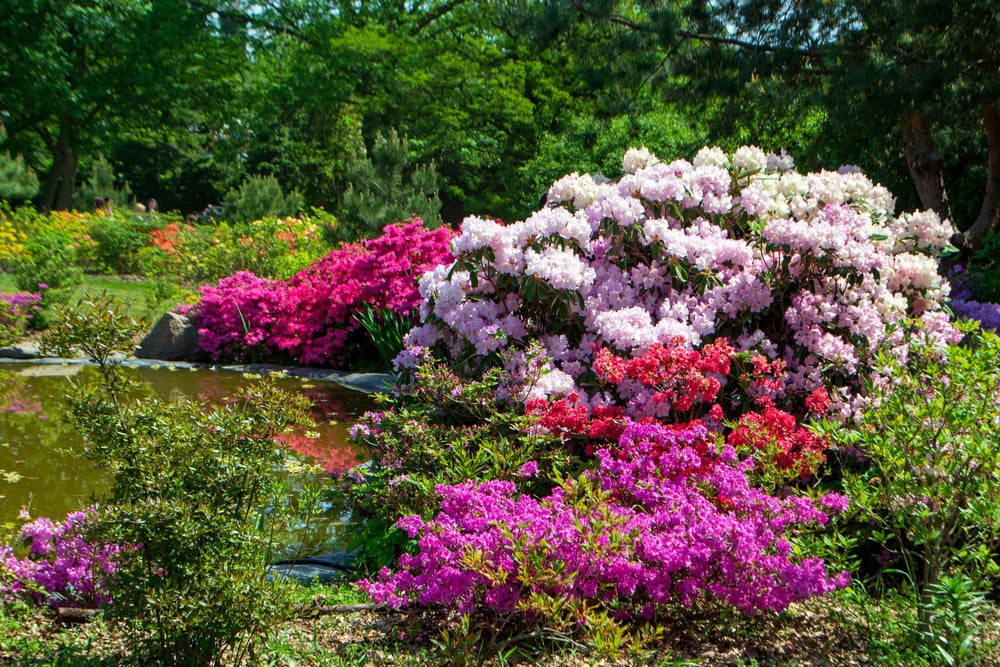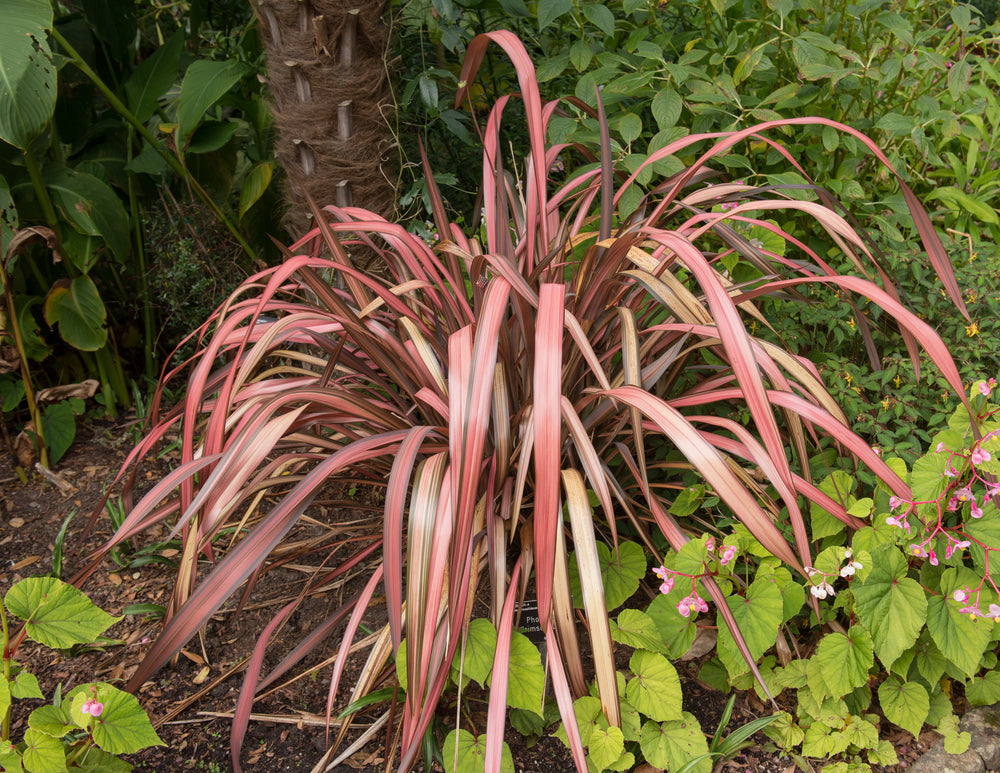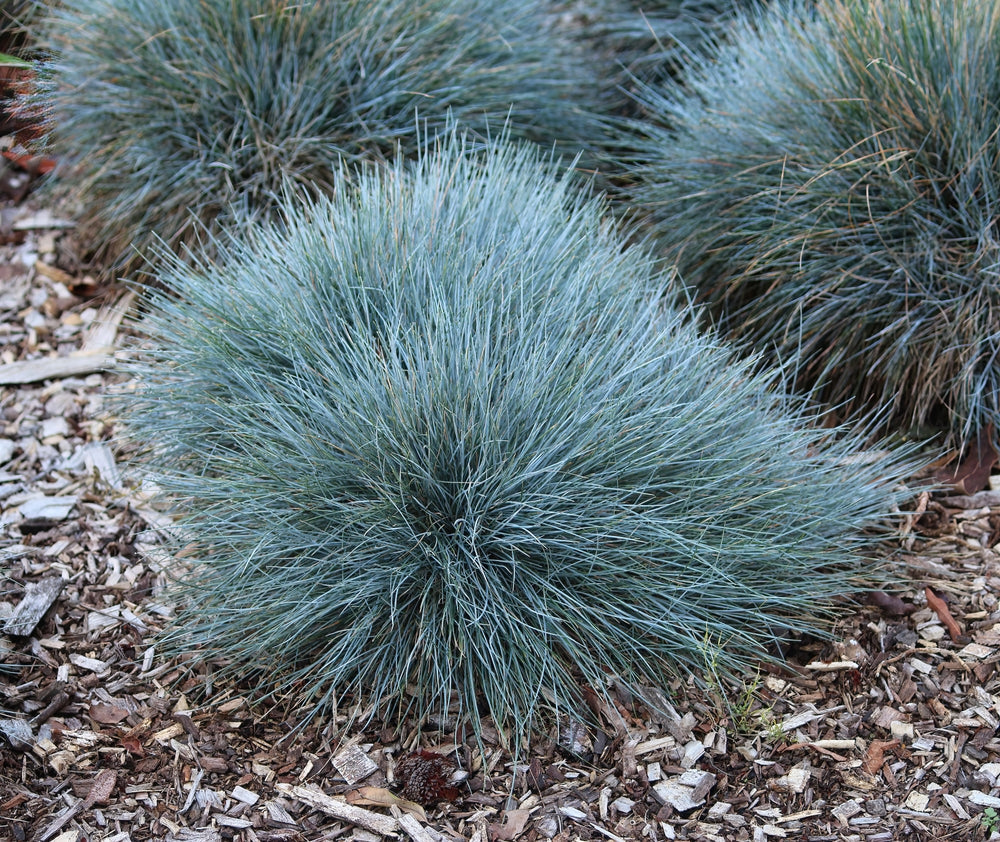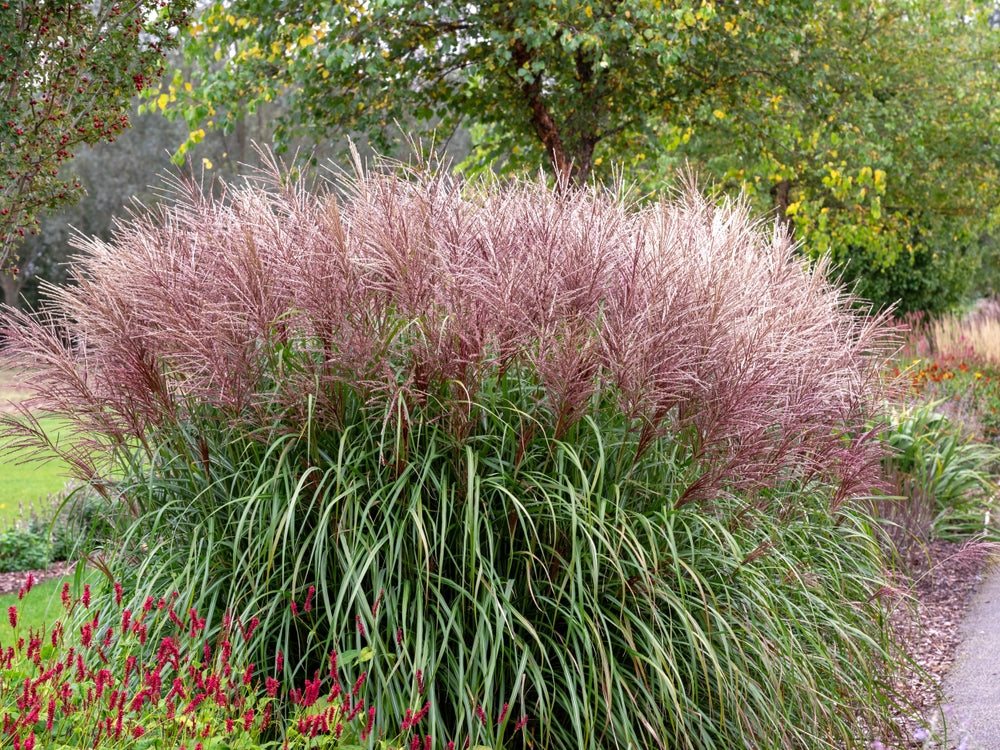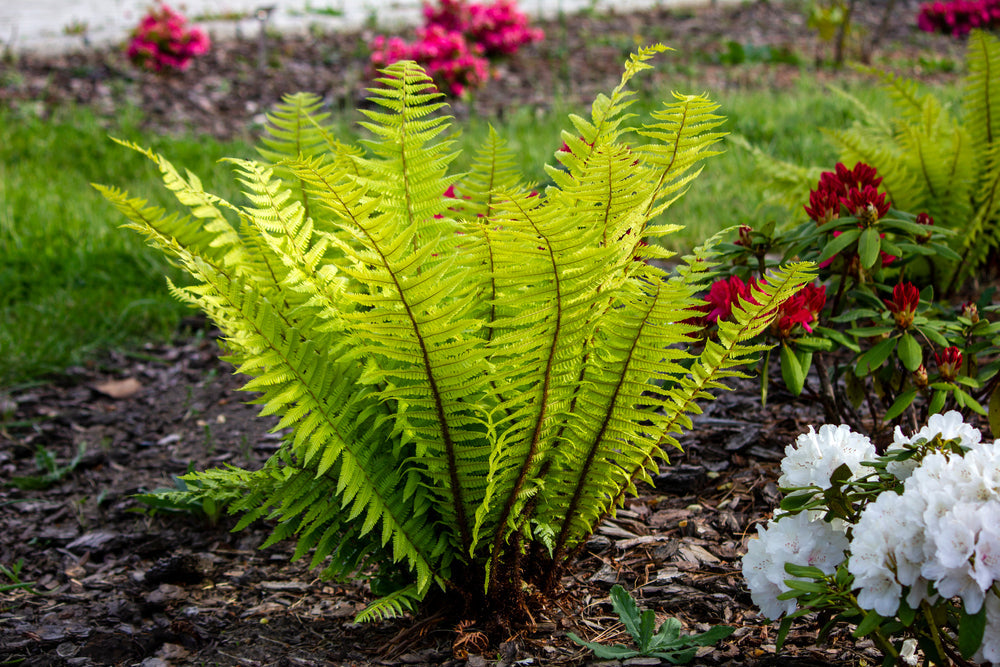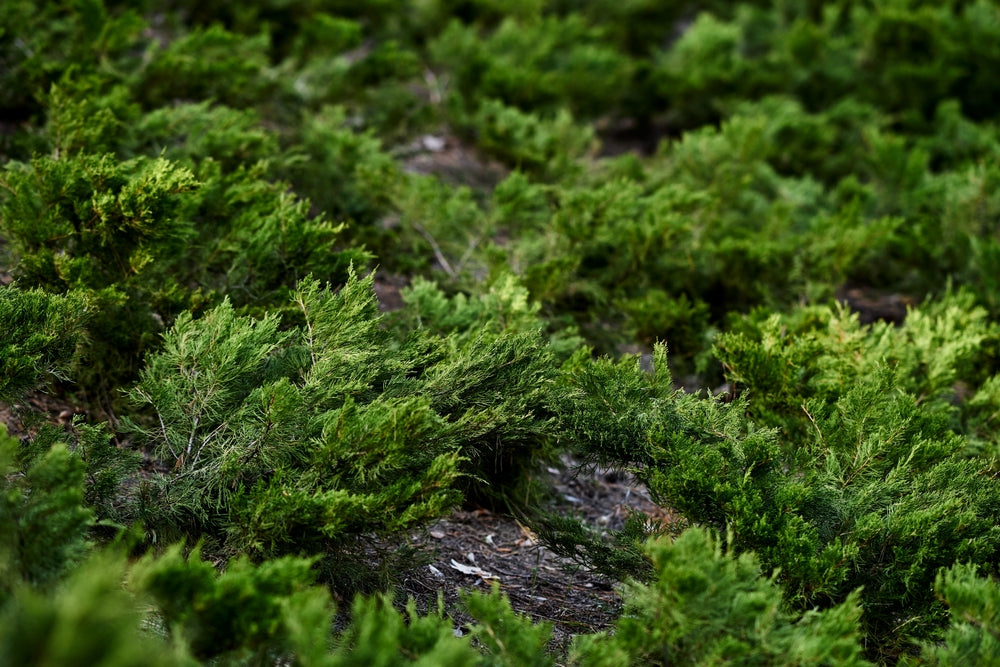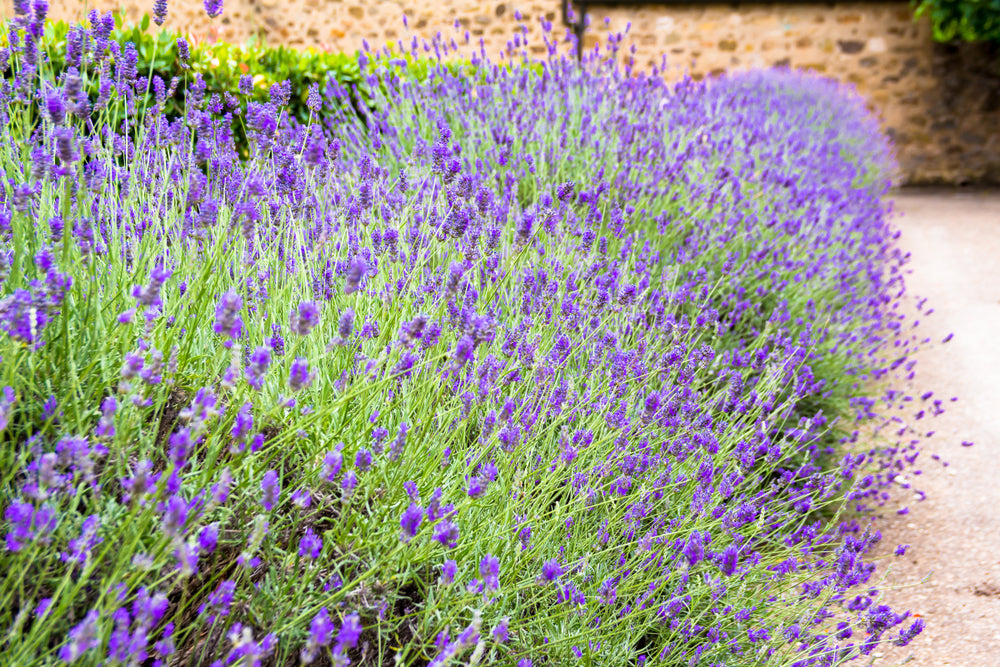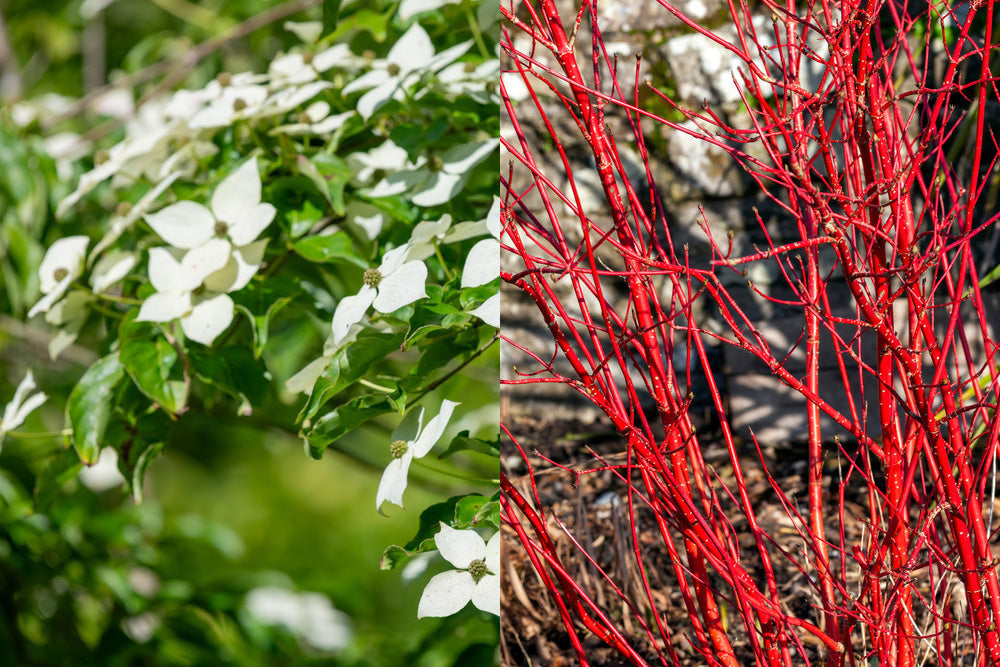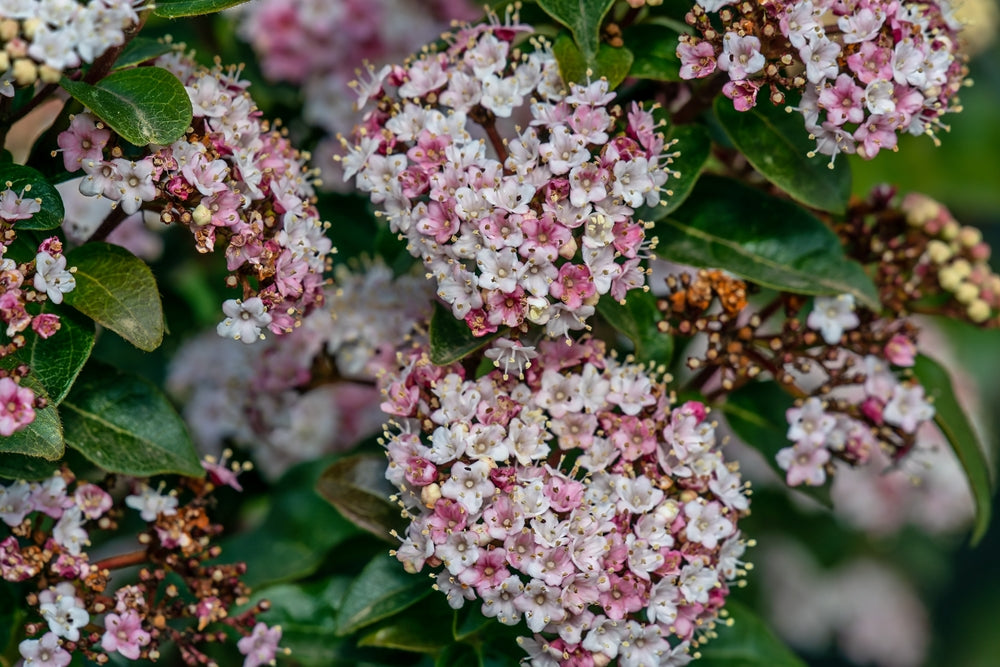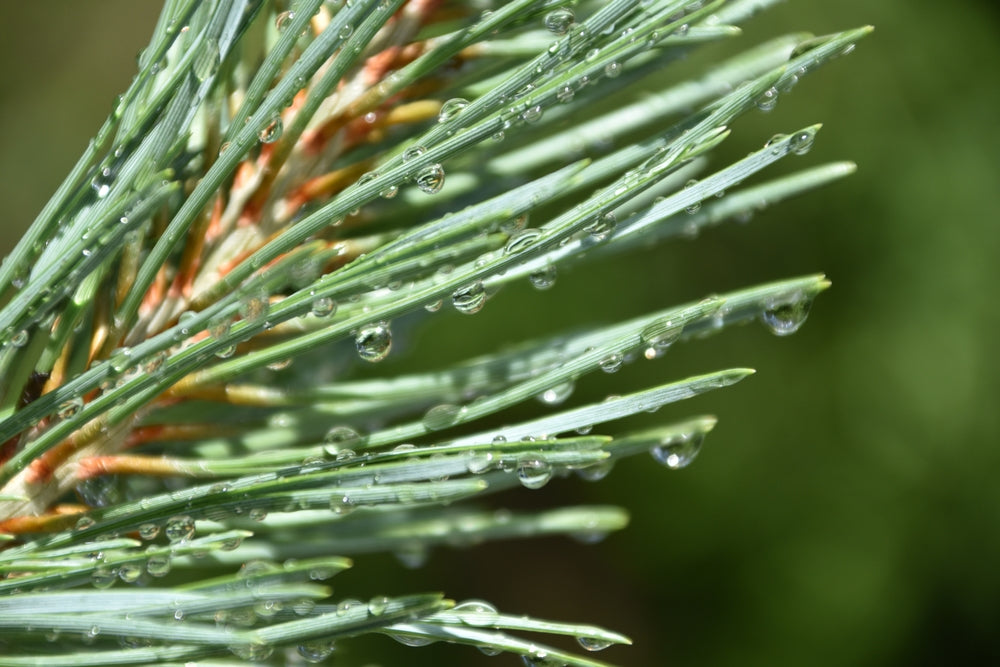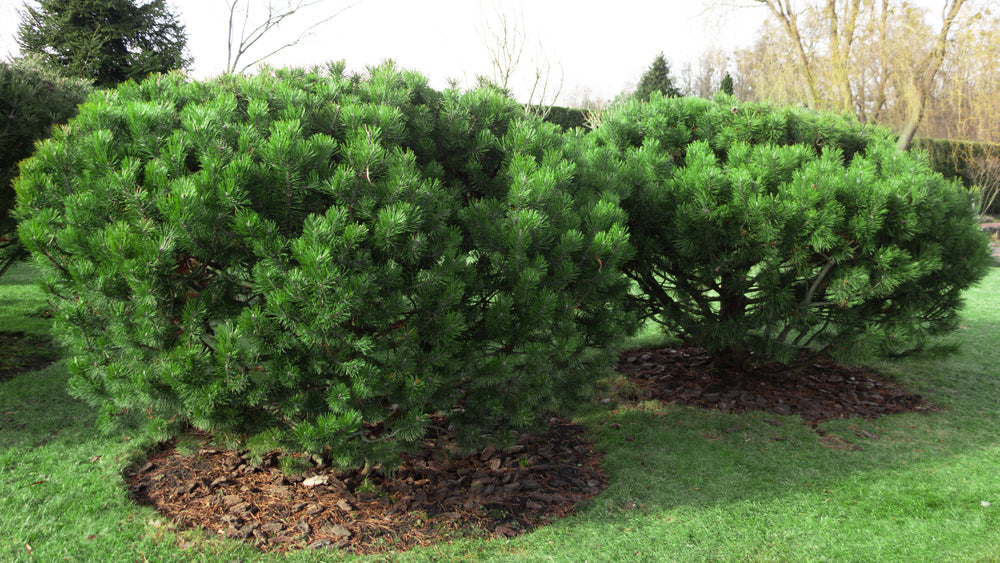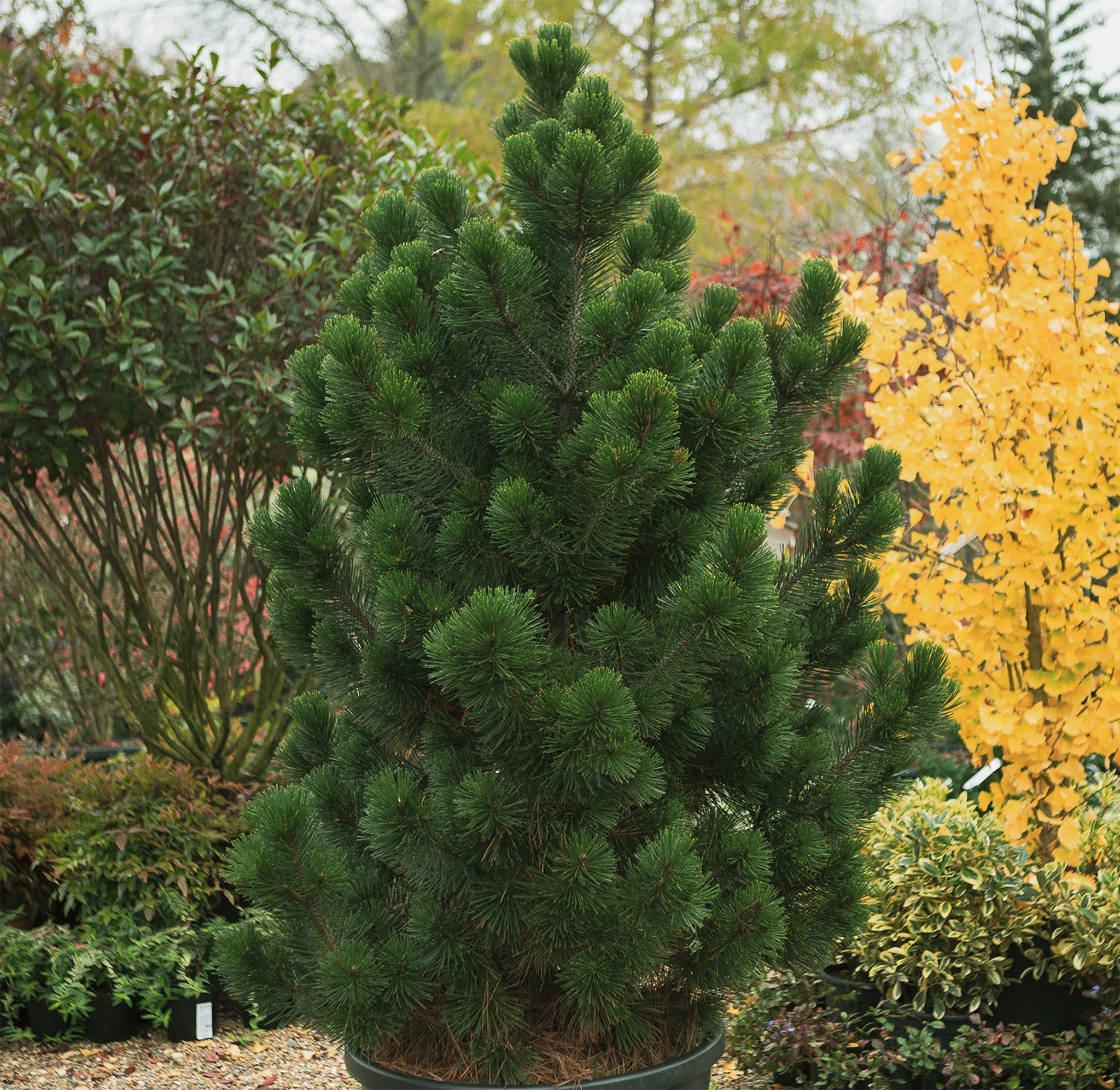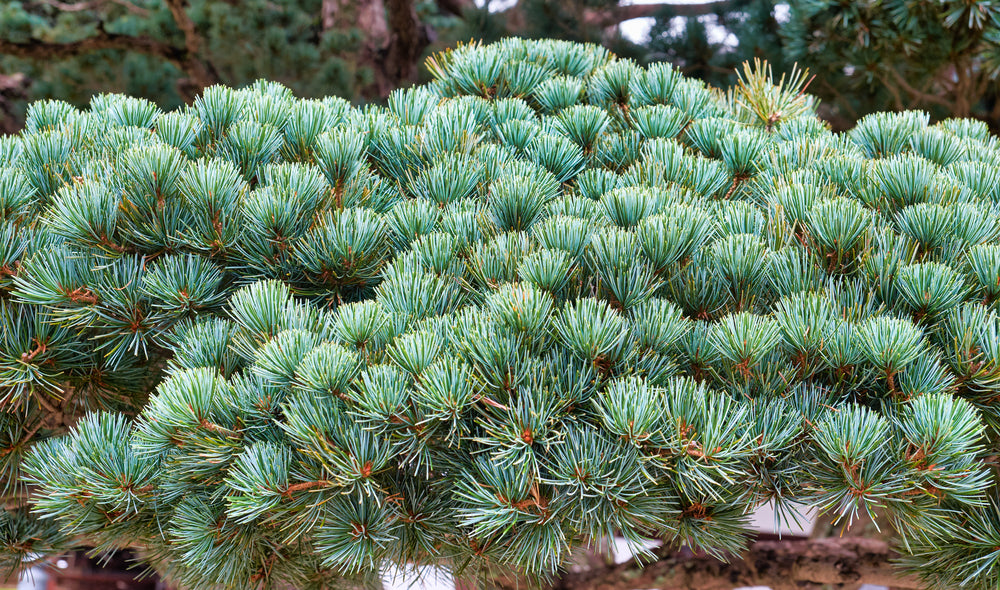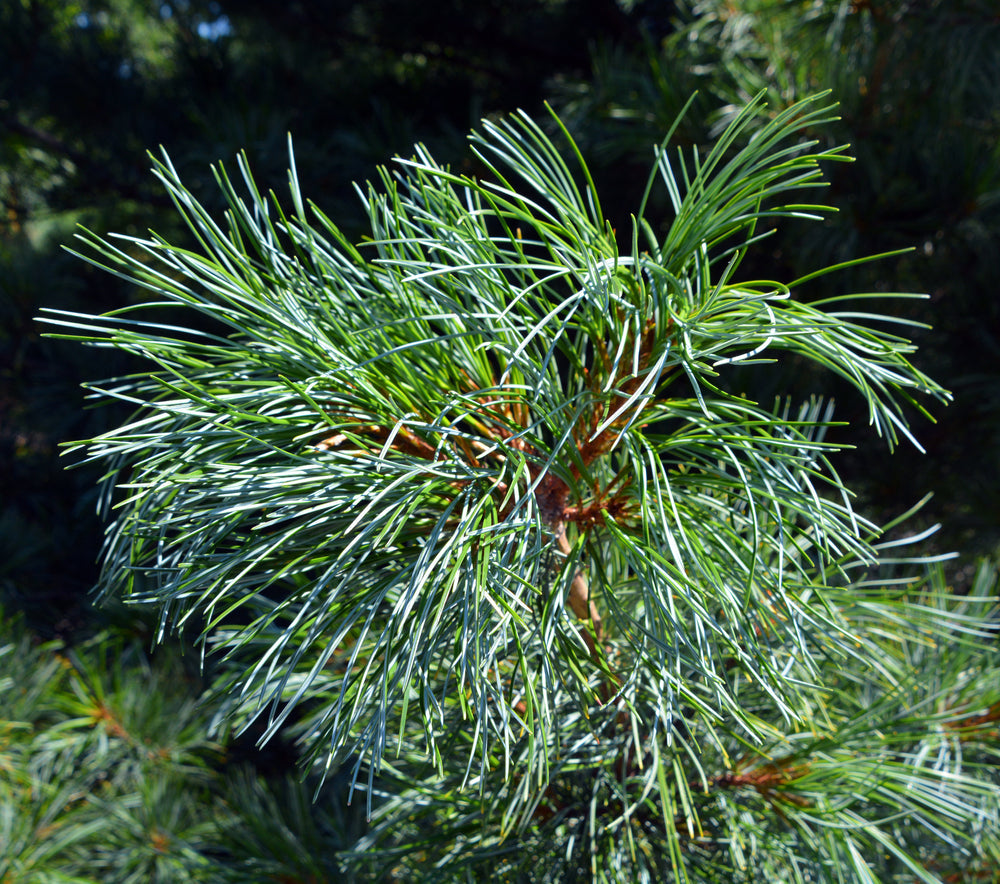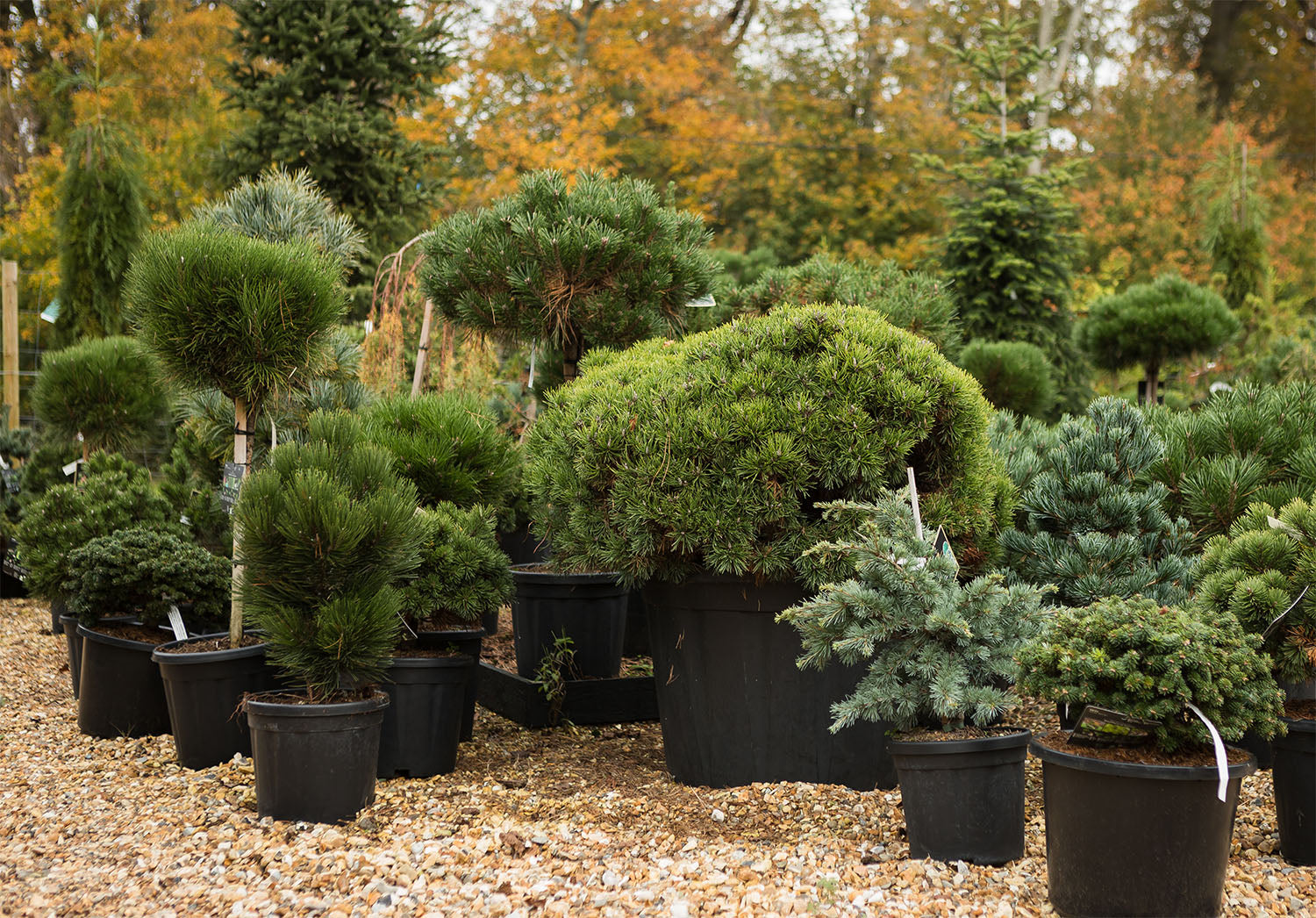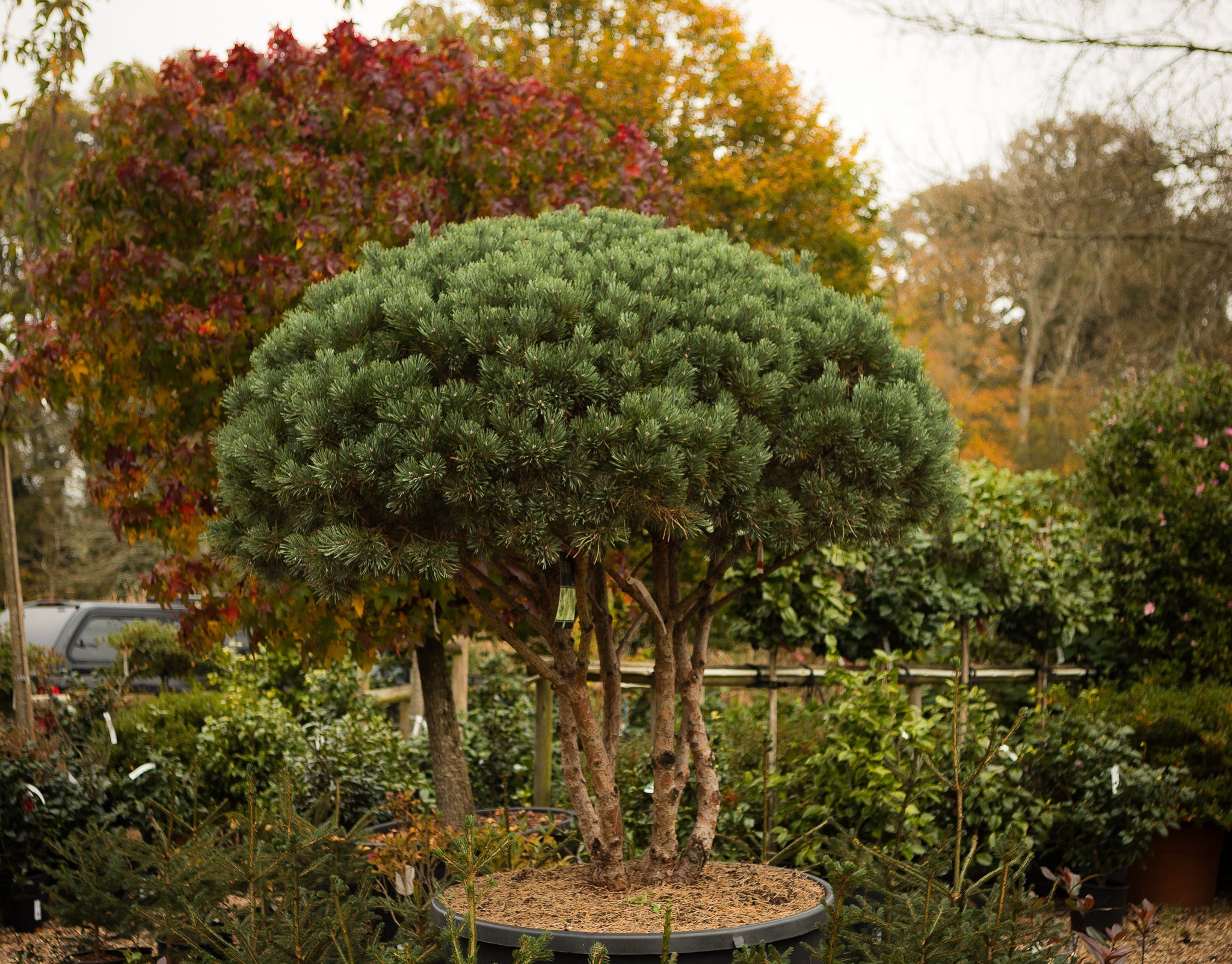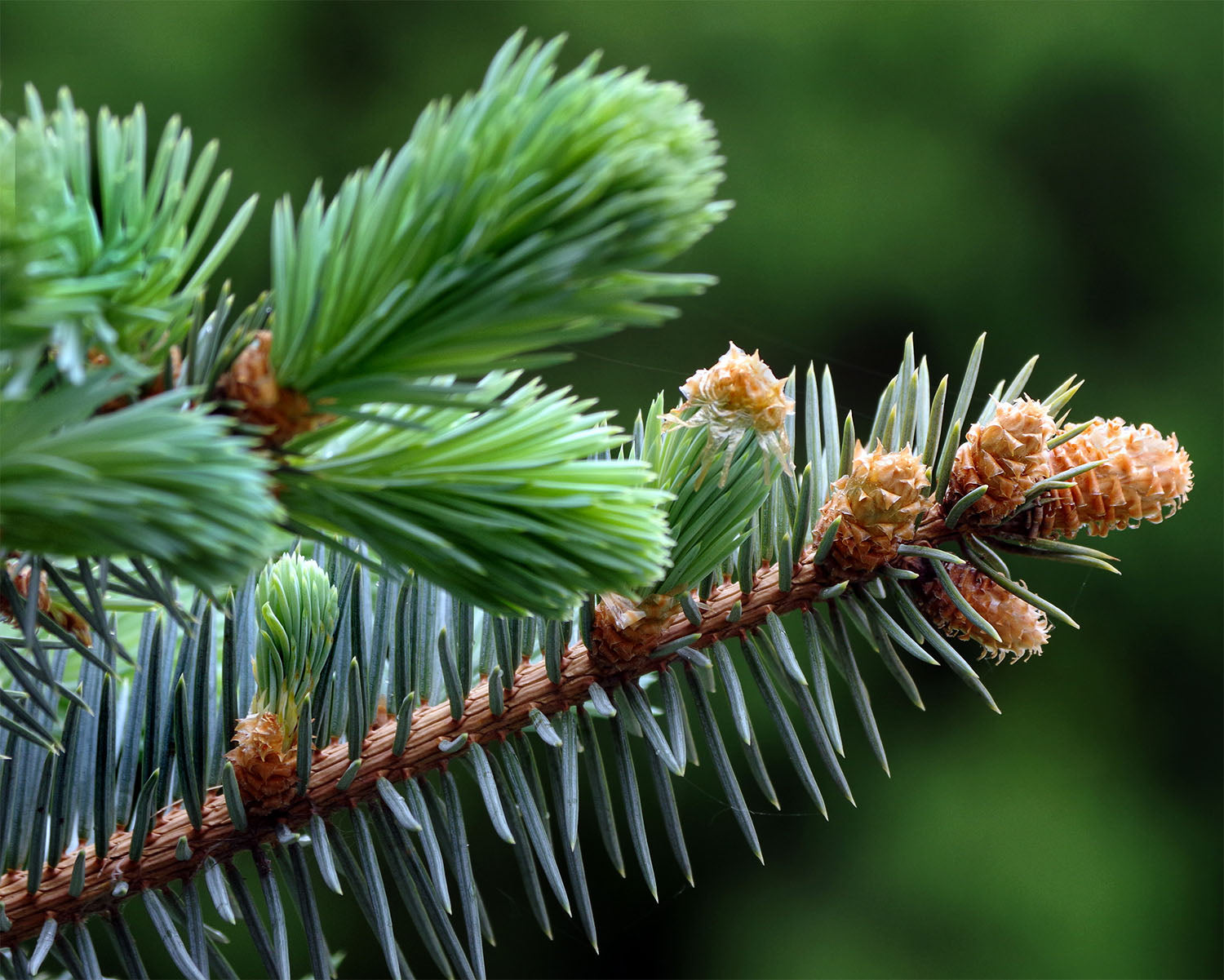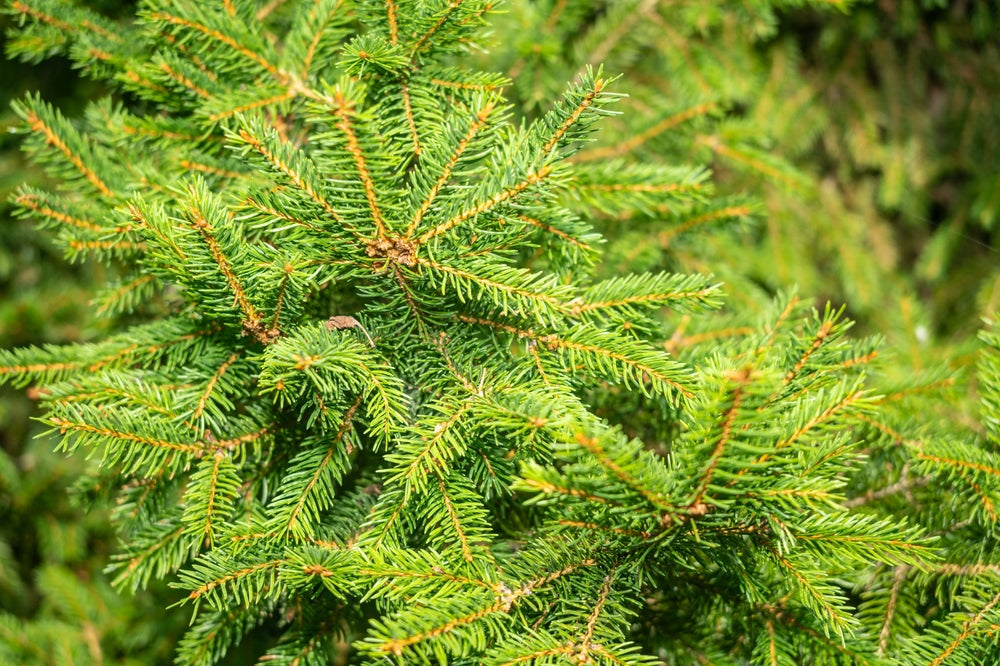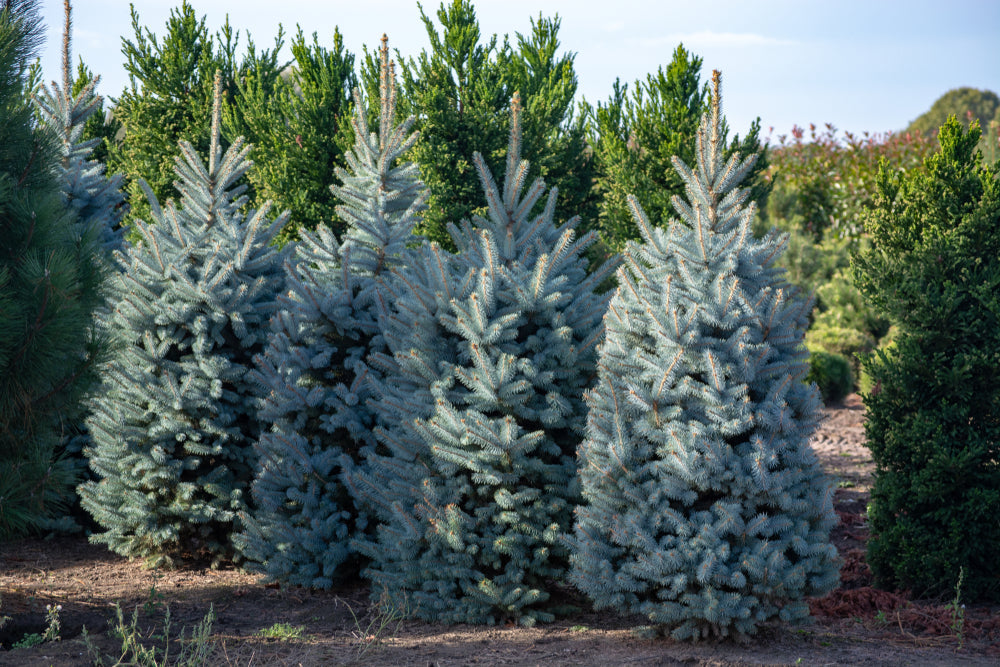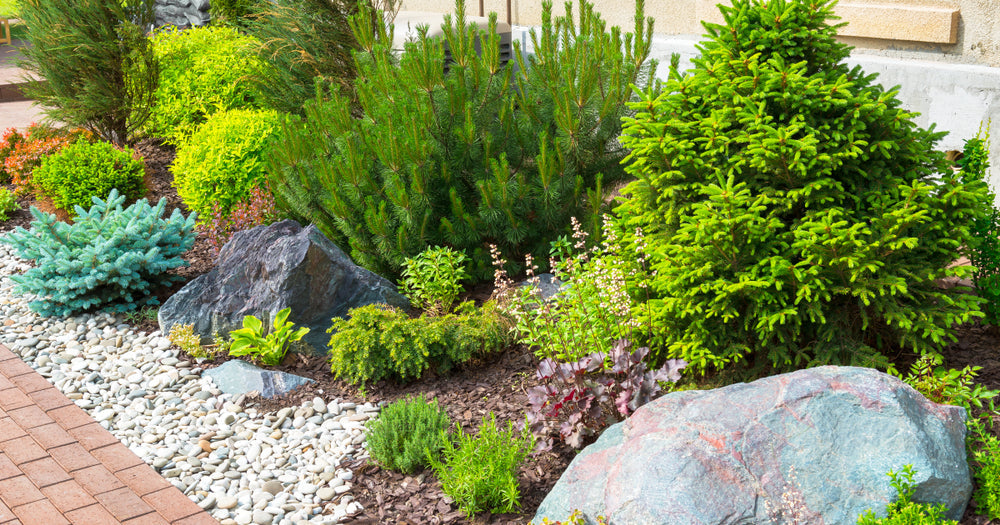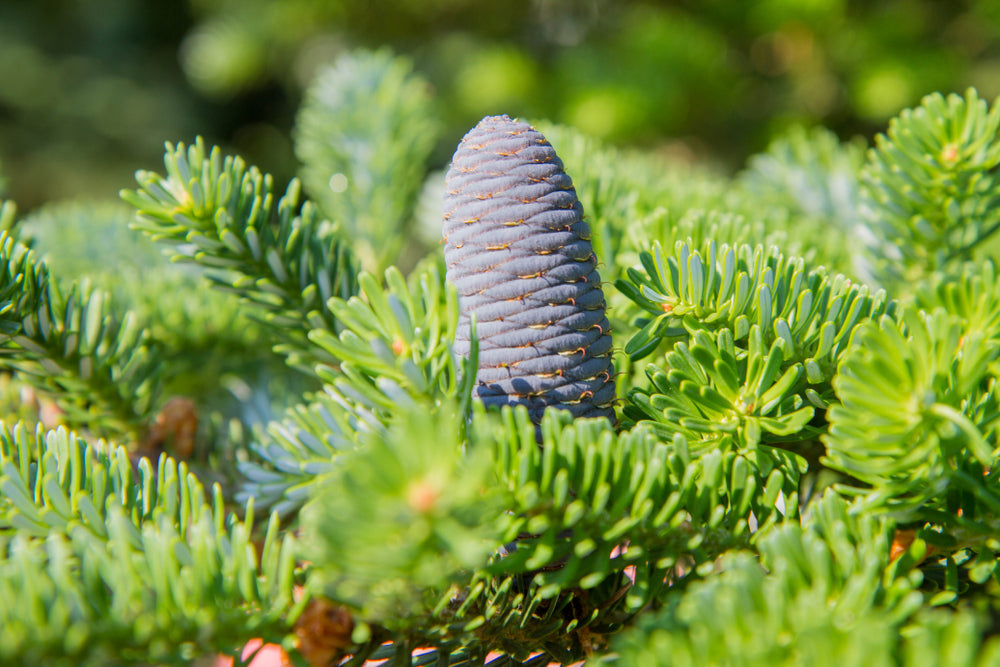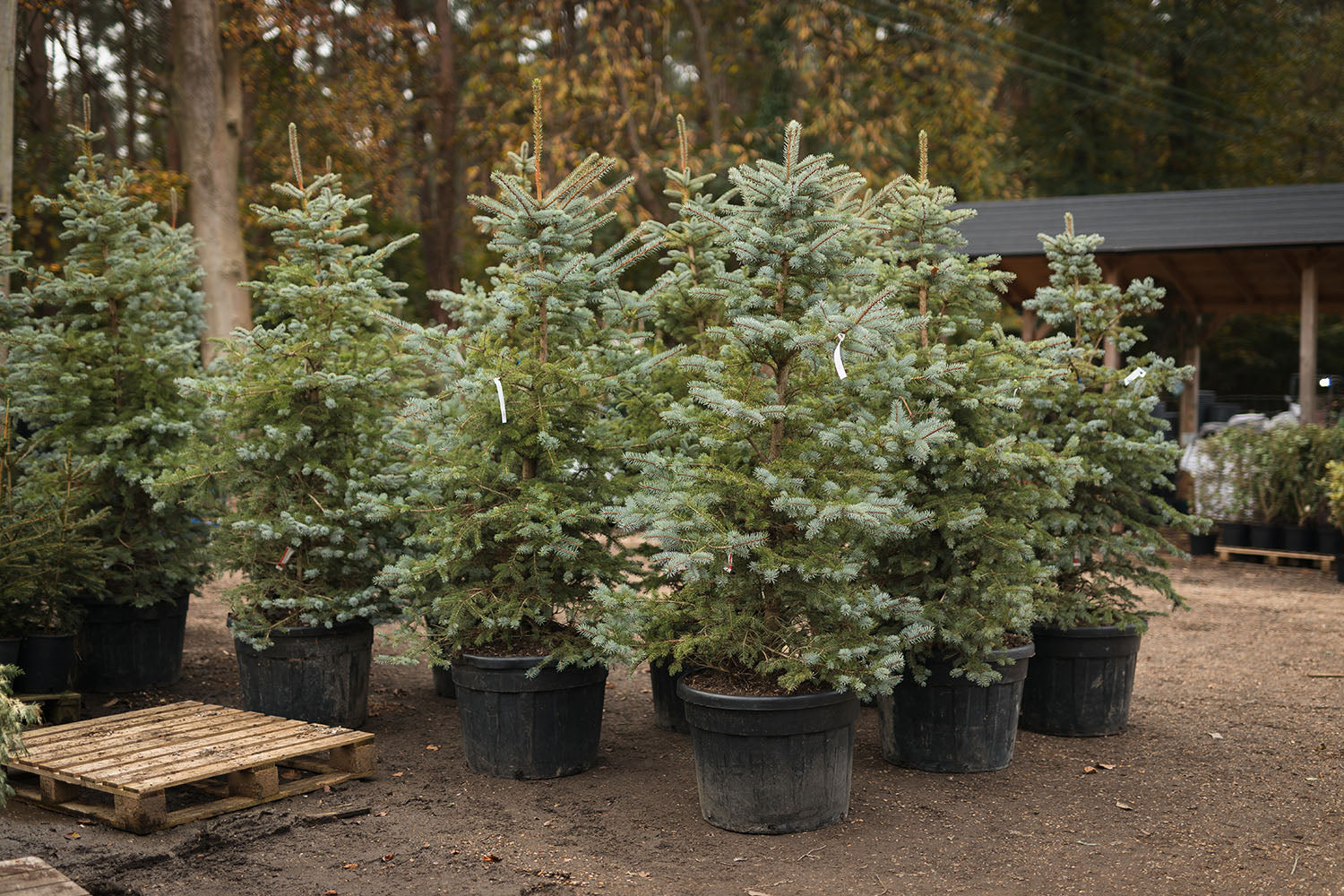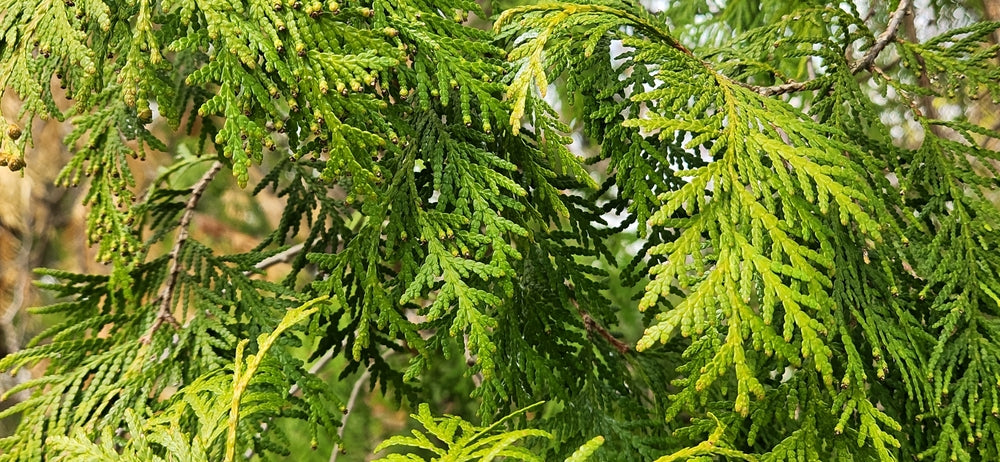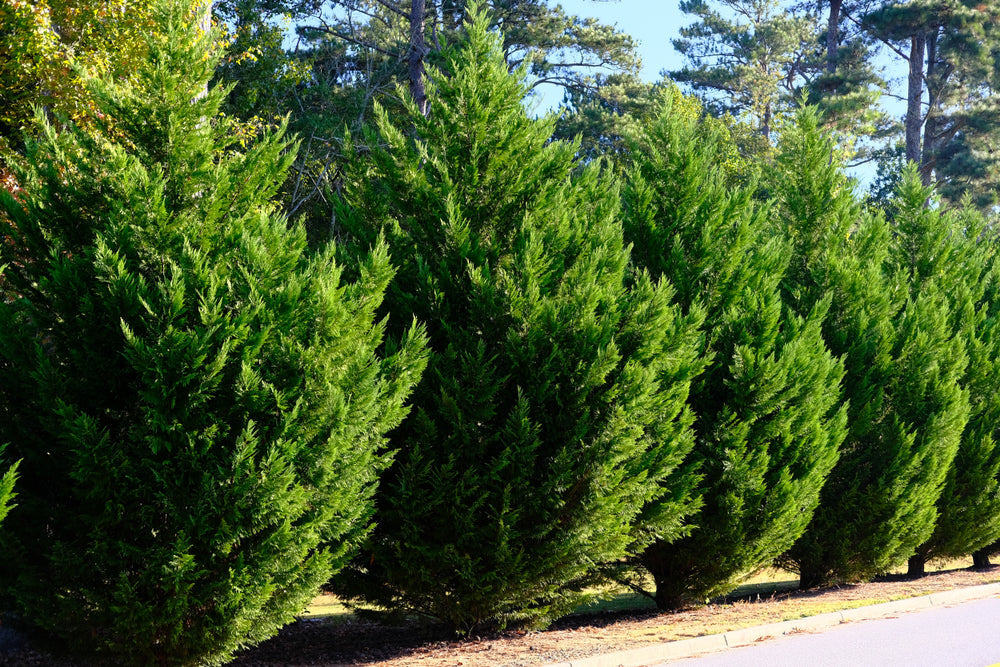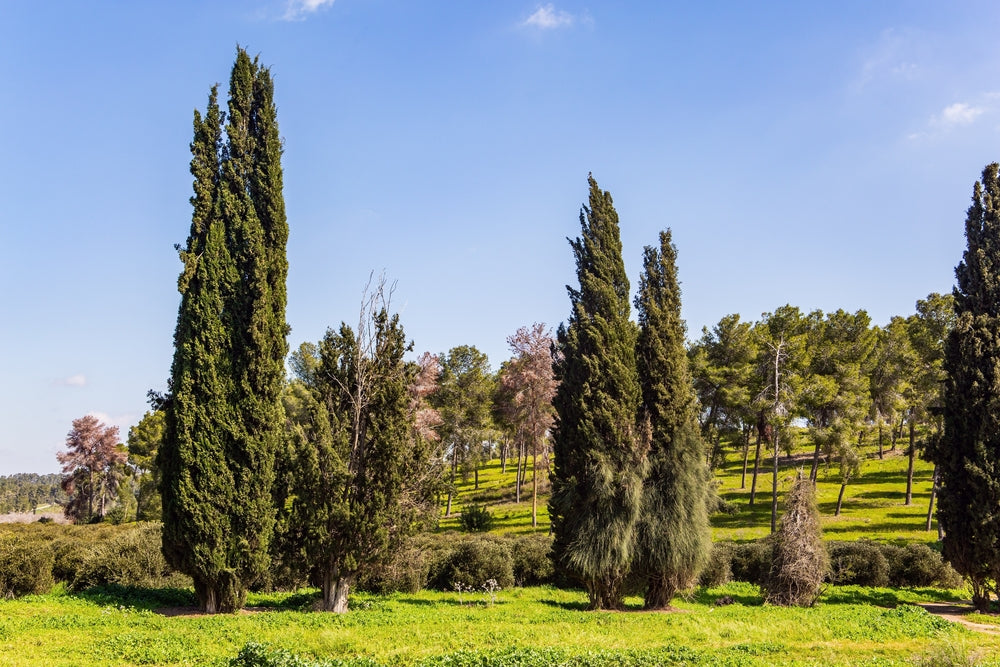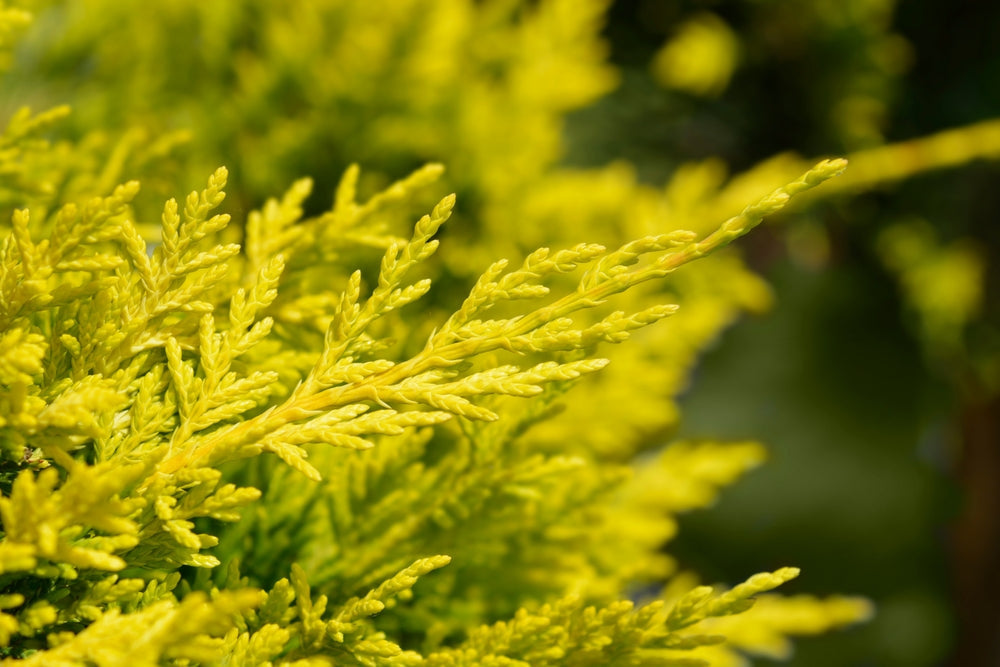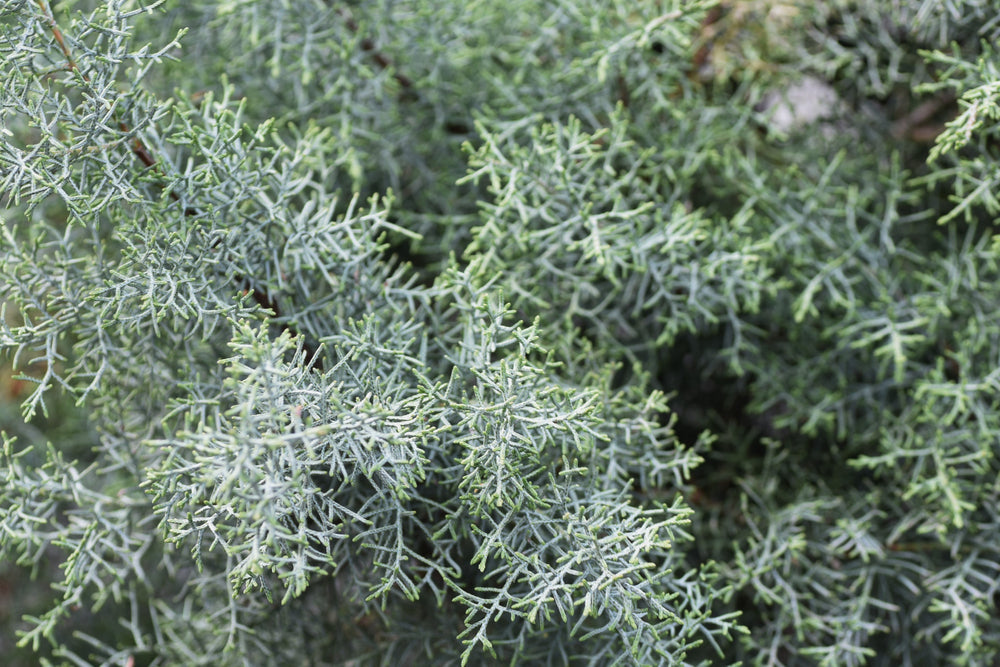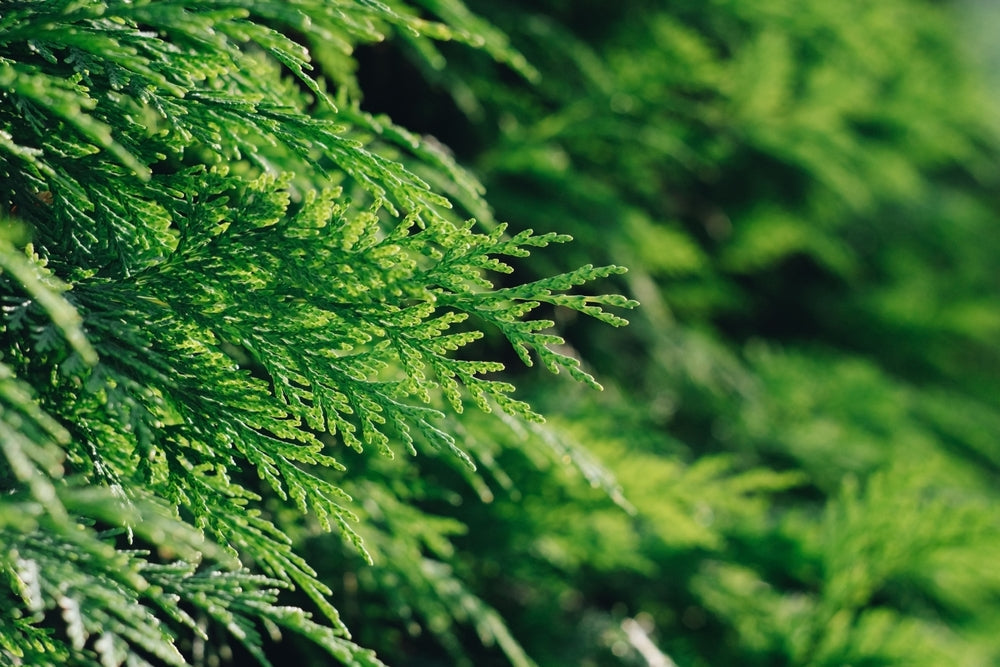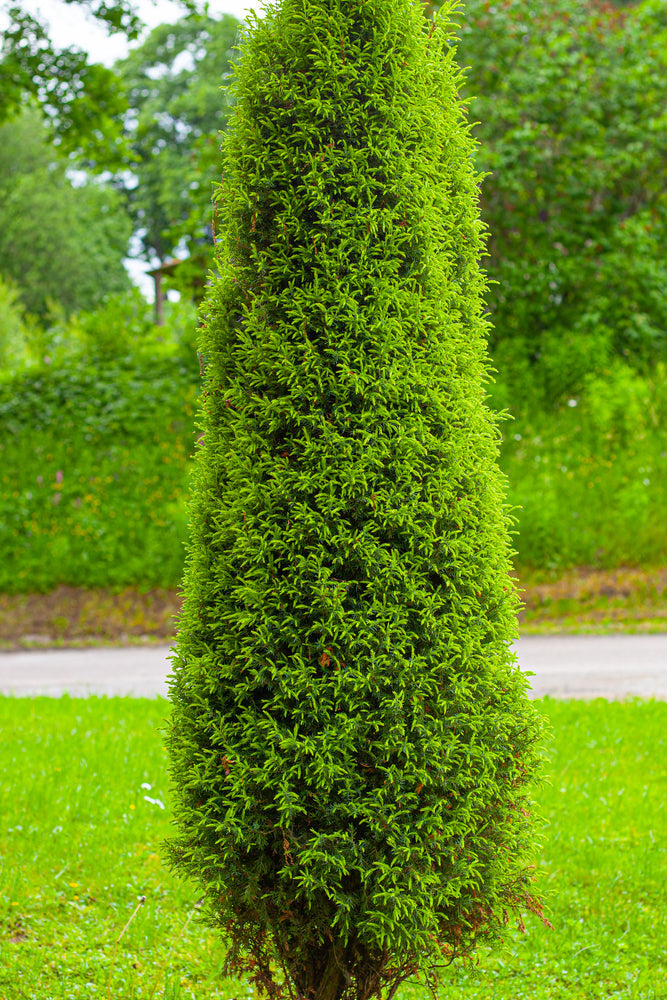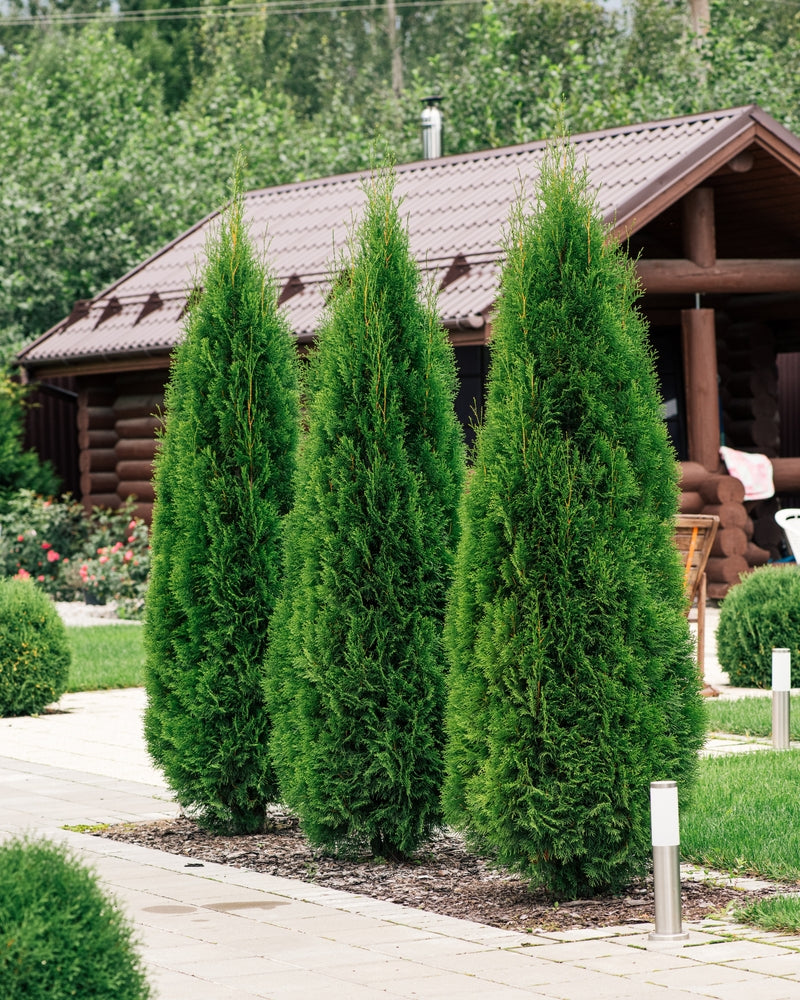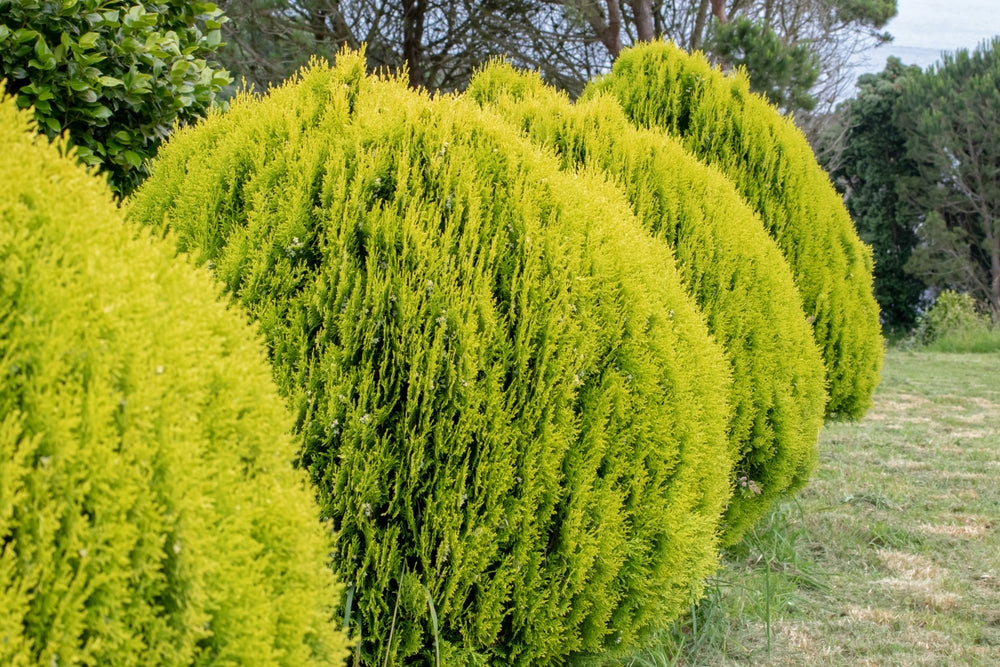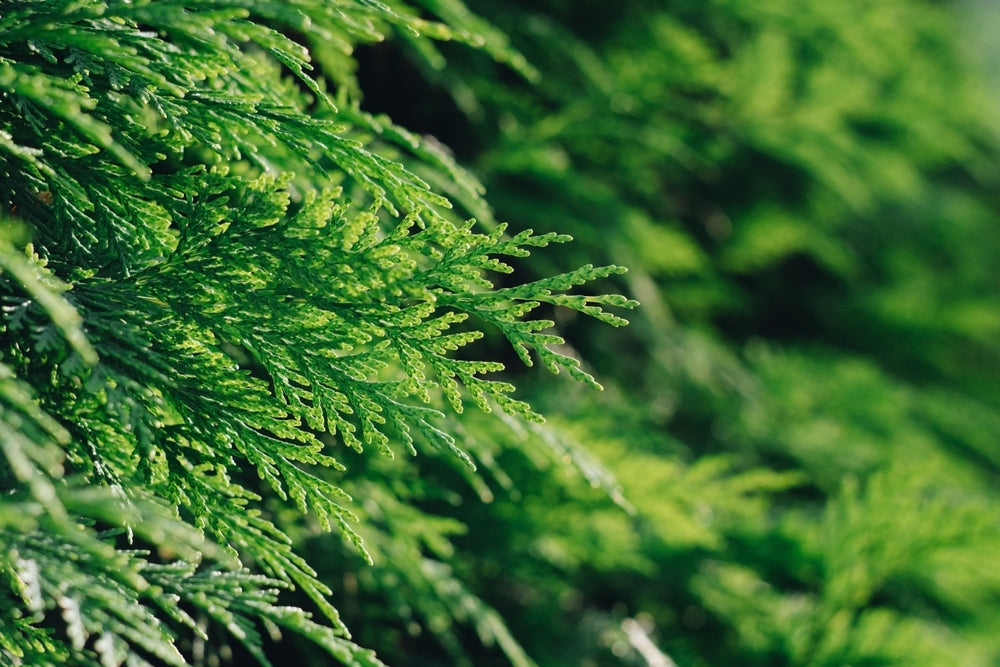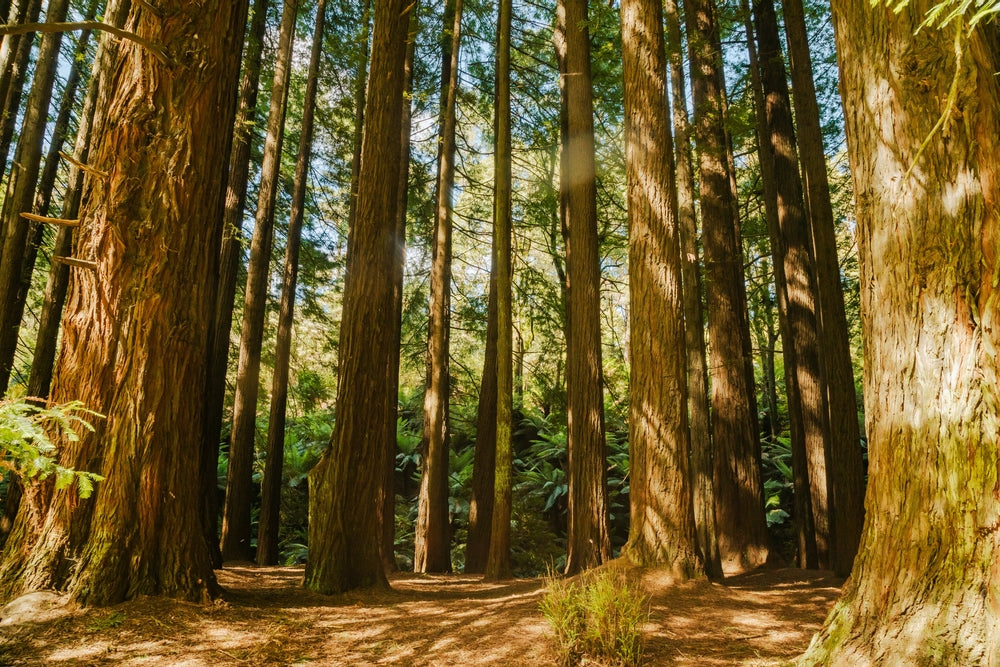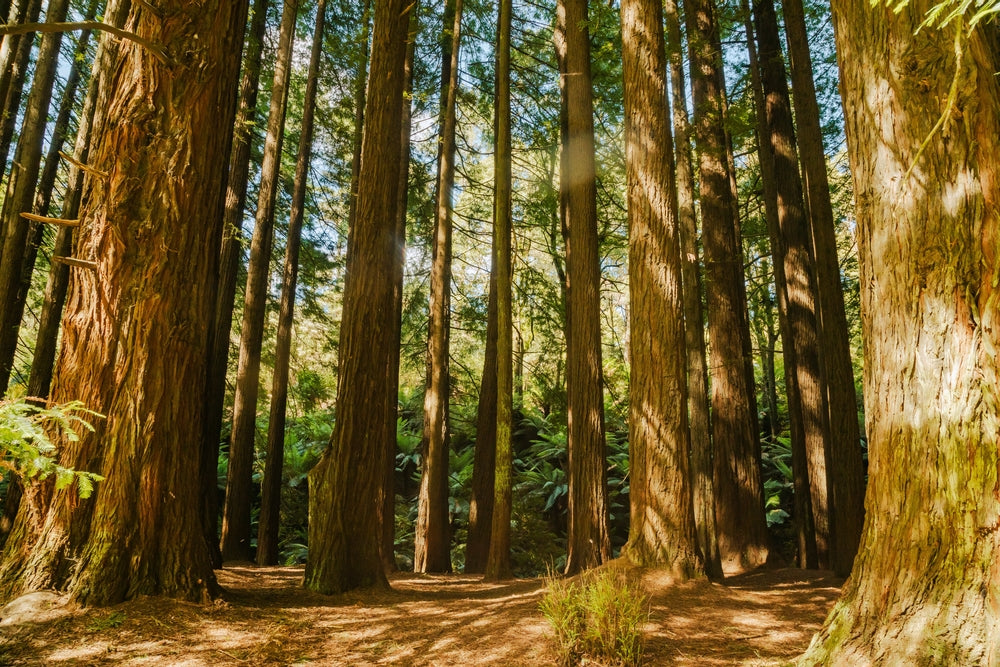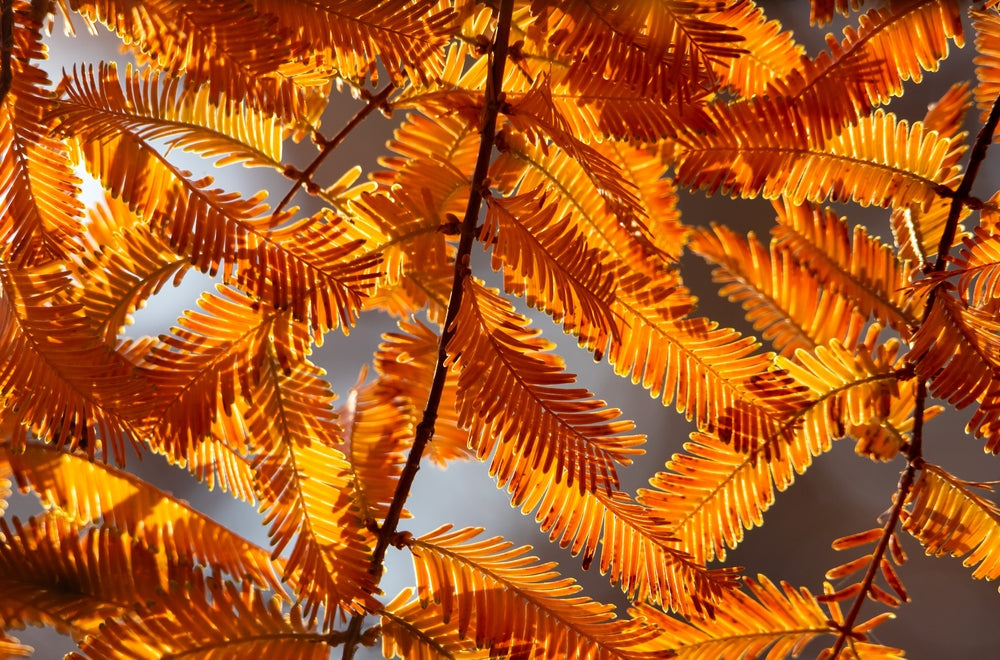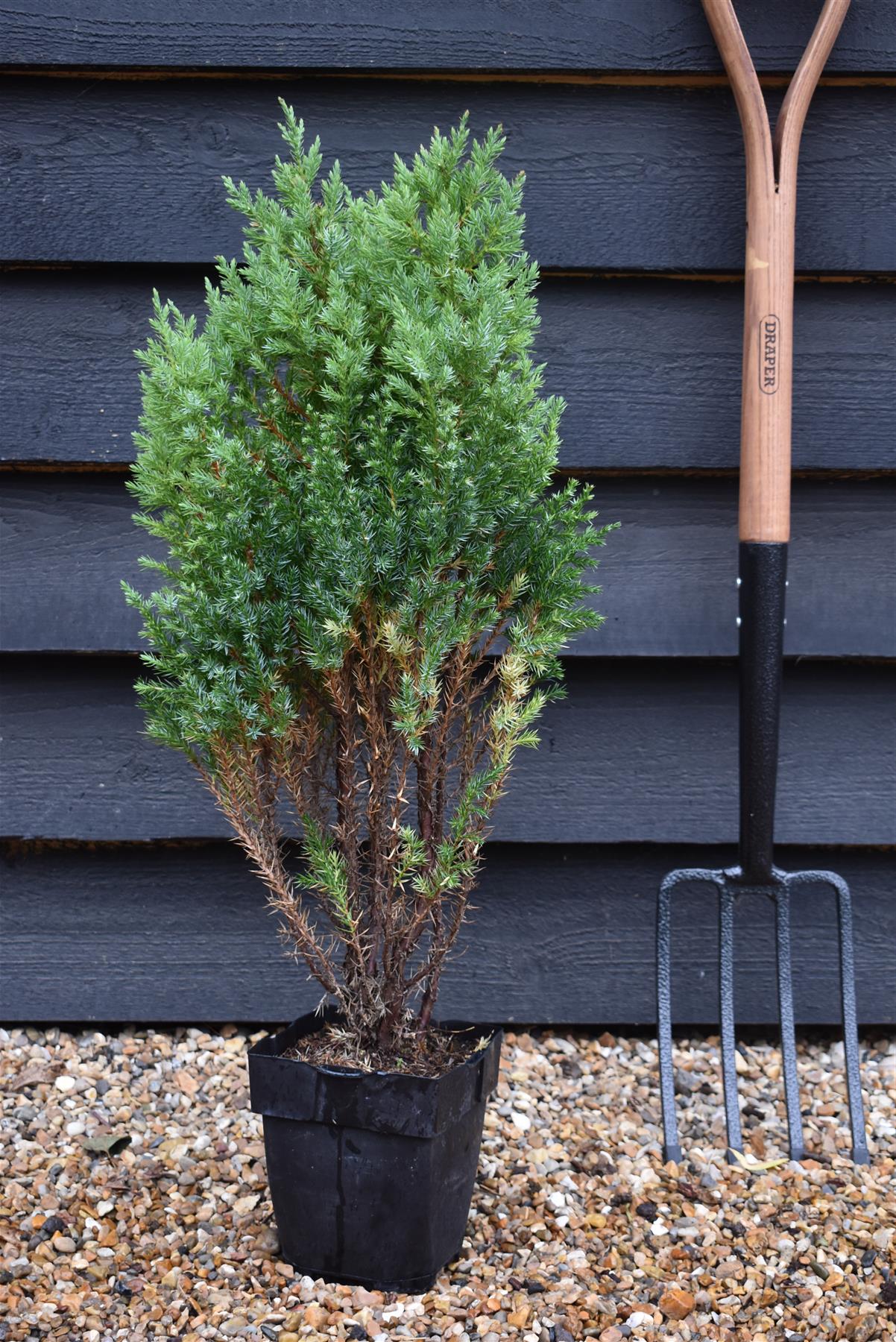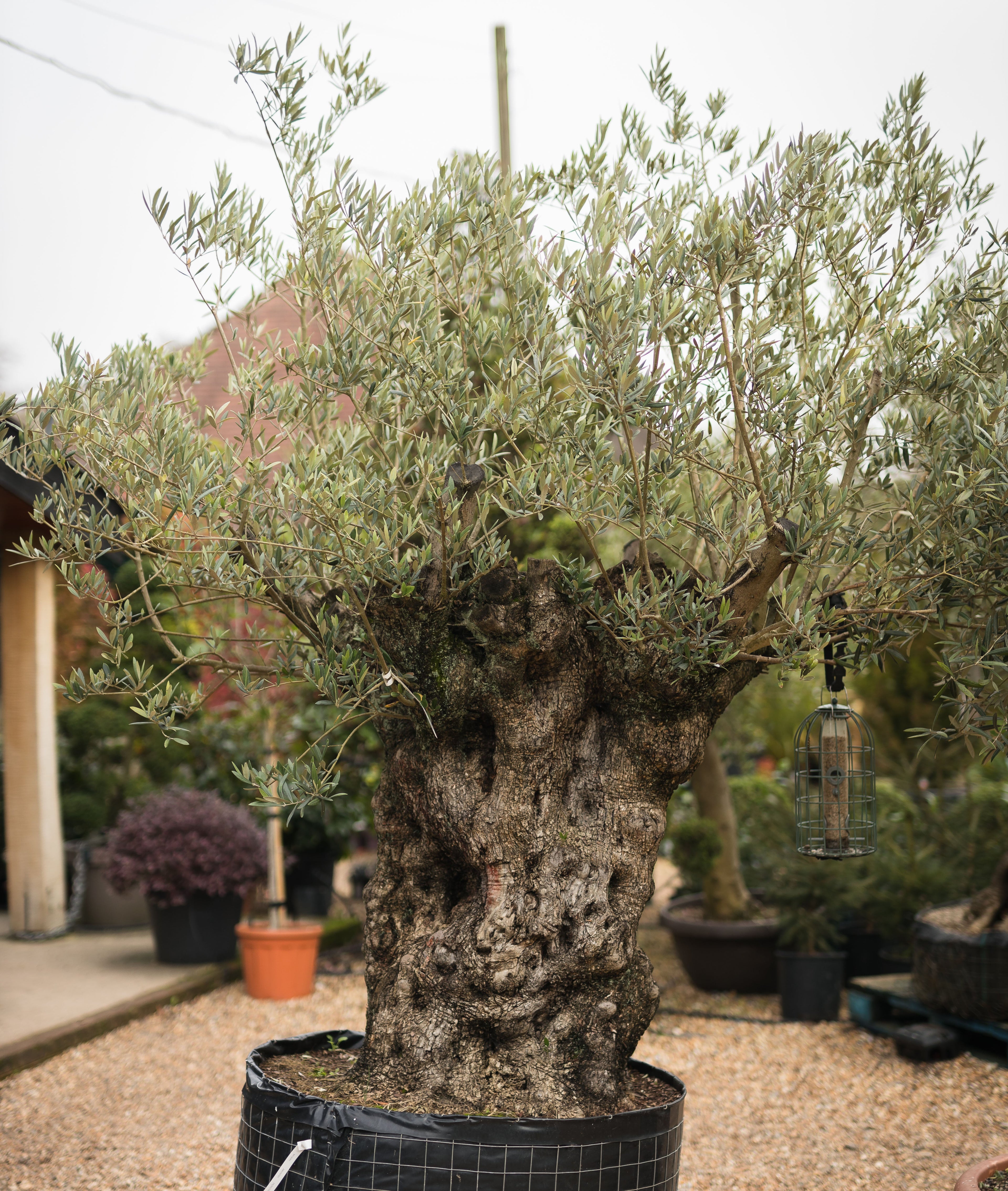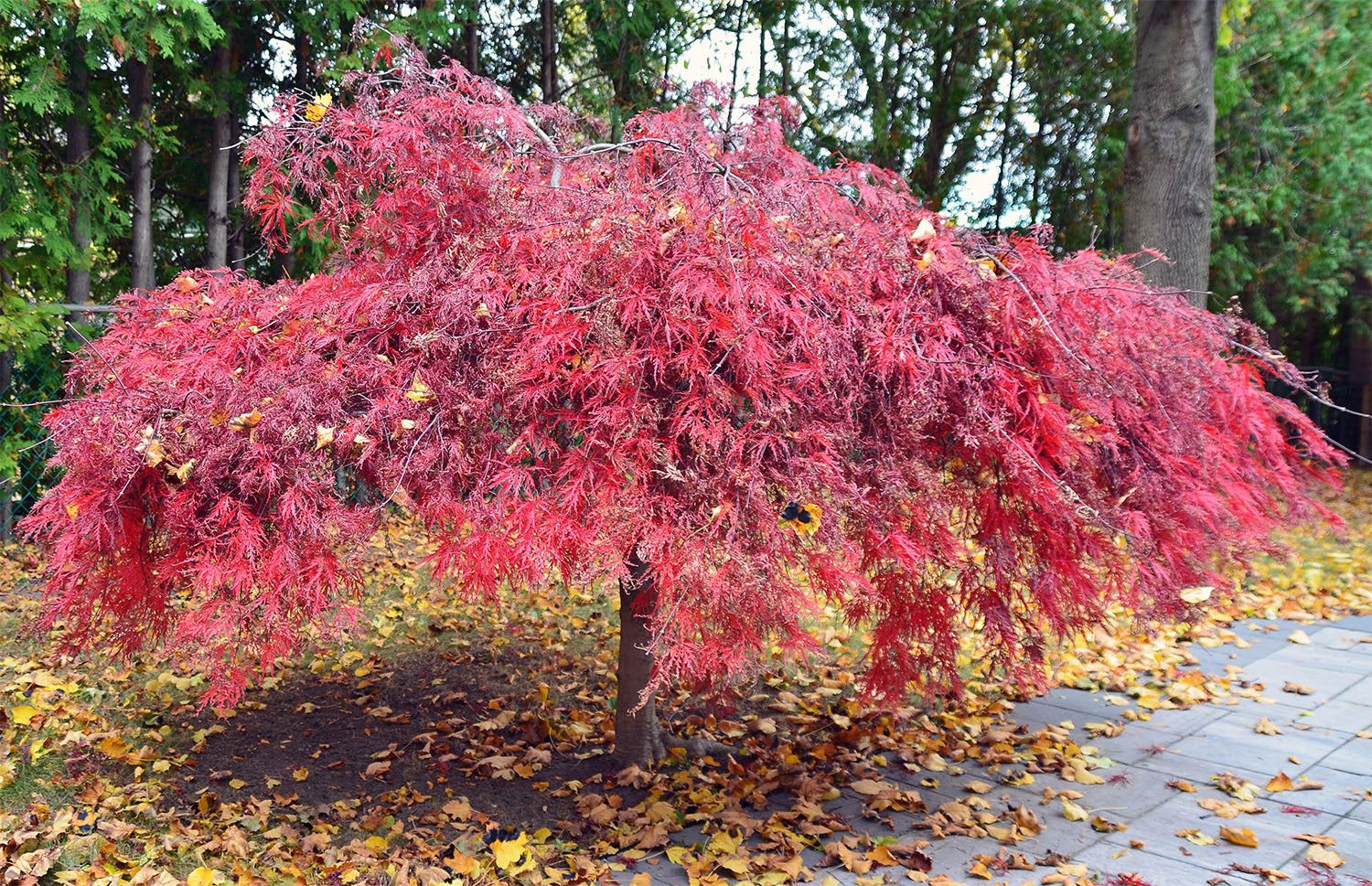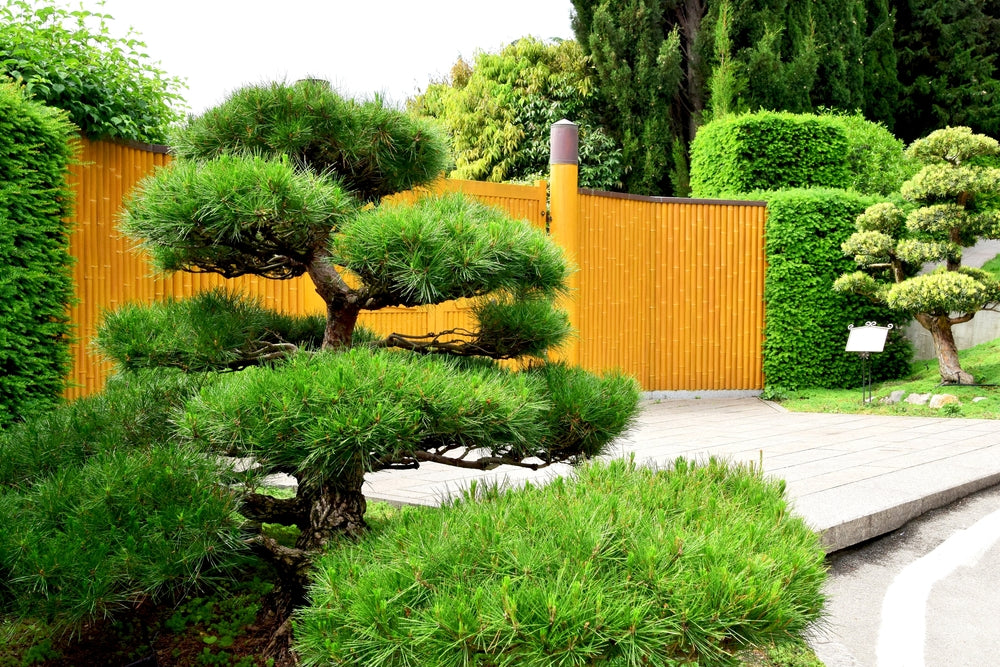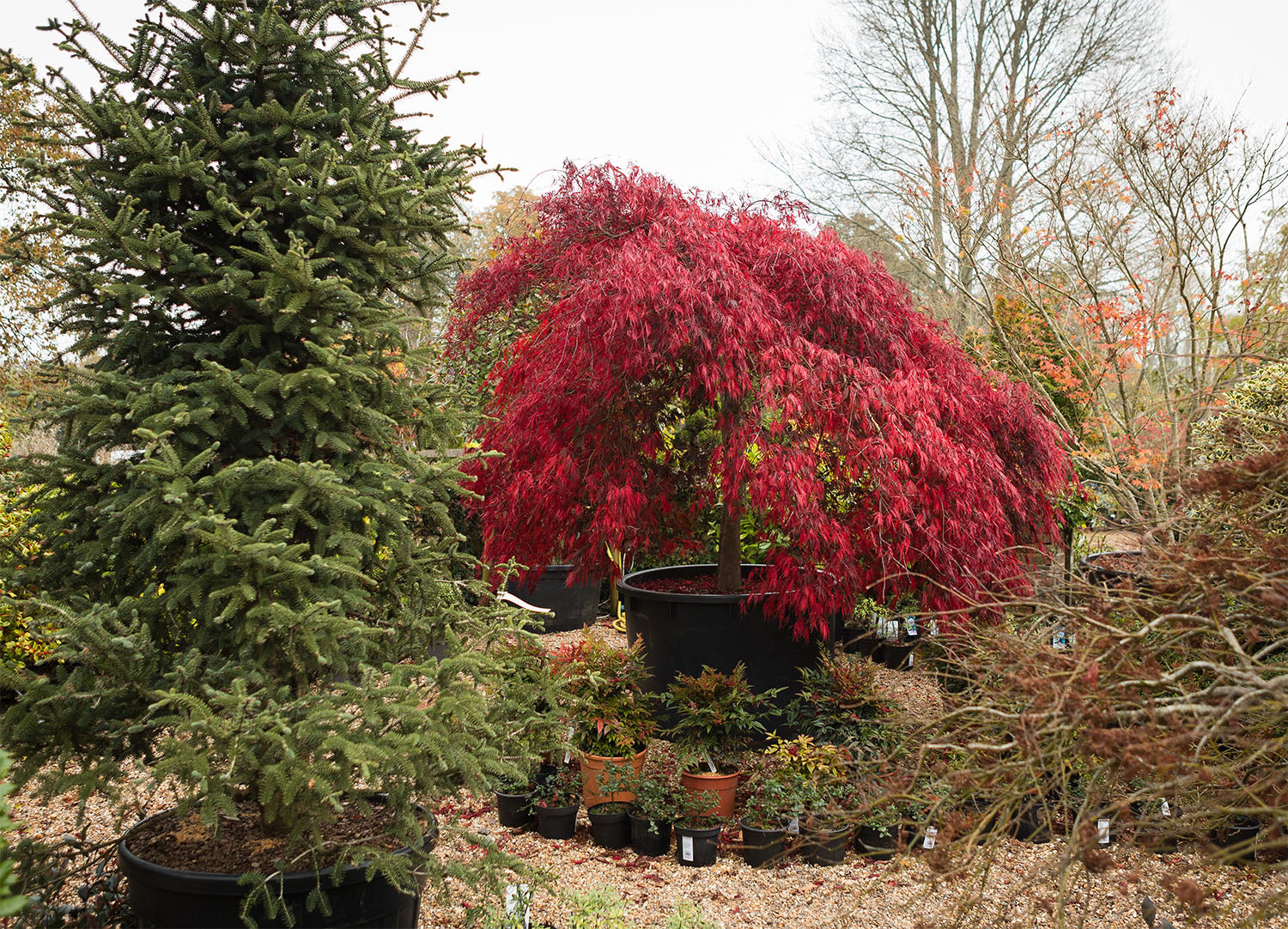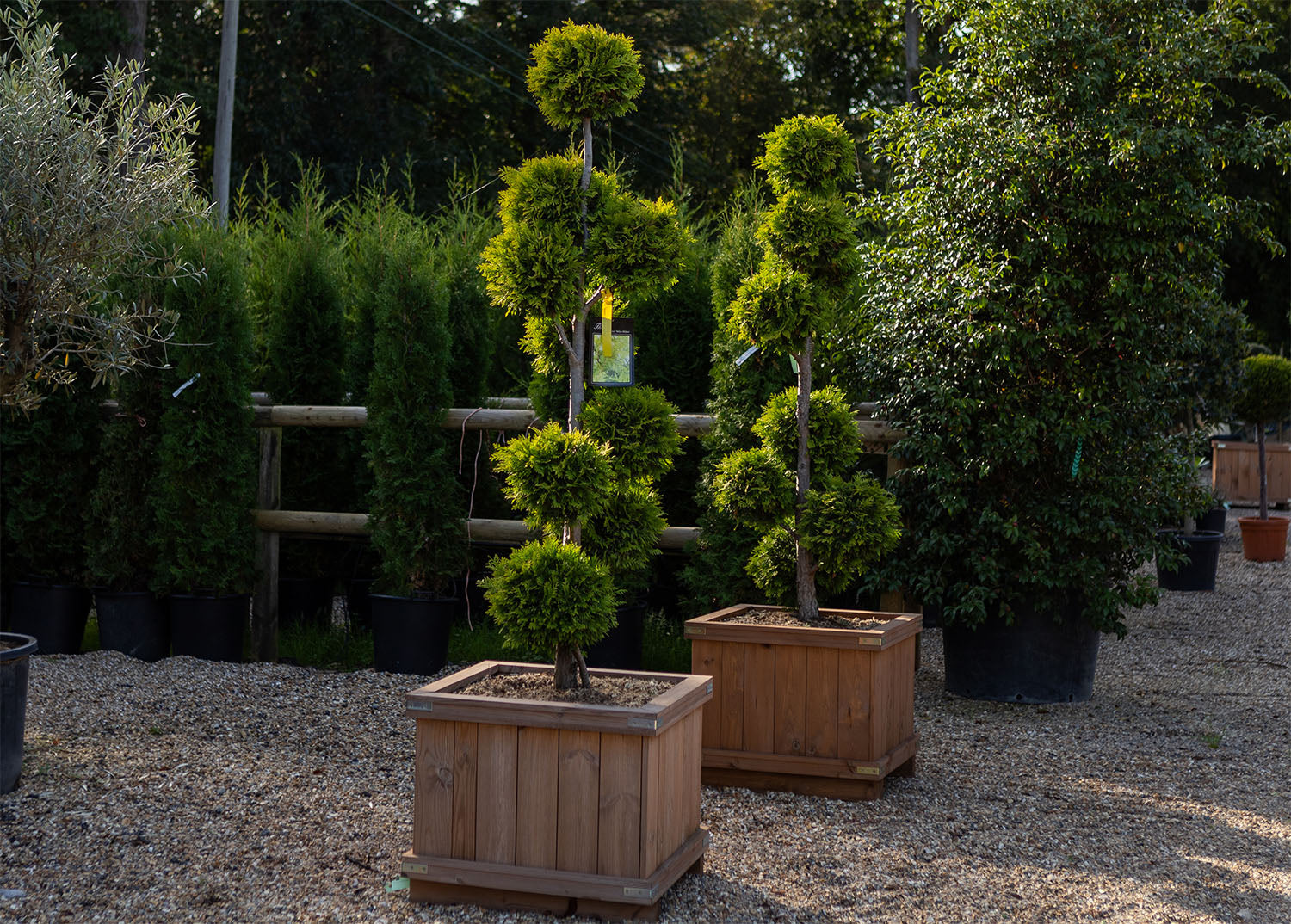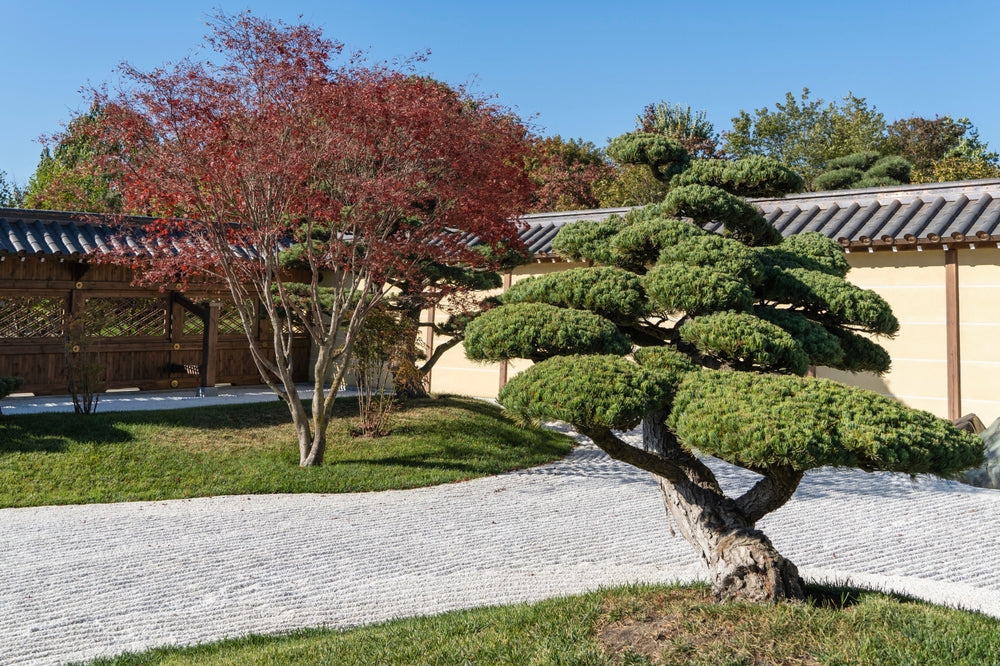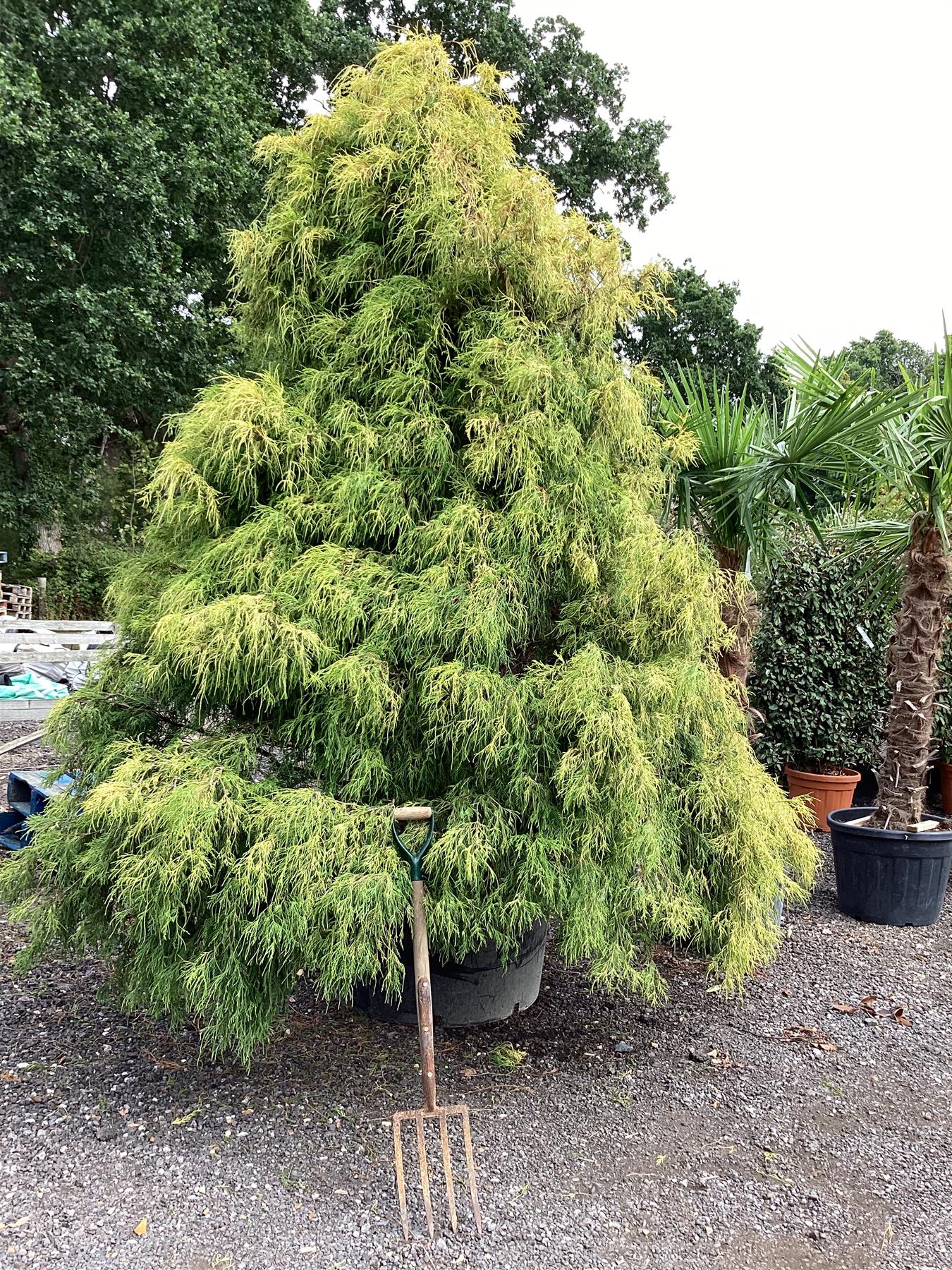
5 Specimen Plants to Choose
Evergreen trees and shrubs are often the first choice of many of our clients today. However, there are many specimen plants that are deciduous worthy of consideration for your garden.
One could argue that all plants are specimen plants as all trees and shrubs hold their own beauty – whether it’s their structure, leaf colour or texture, flowers, berries etc.
Large specimen plants are often grown by themselves in order to create a greater impact and can often be found in a lawn, bed or border for a dramatic ornamental effect, unlike smaller trees and shrubs that can be planted to complement an existing planting scheme. The chosen specimen plant is often the focal point of a garden design.
Which Specimen Plant to Choose?
The type of tree or shrub to choose for your focal point is very much down to personal choice, and some points to consider would include:-
- do you have a favourite colour? You may like to consider something that has dramatic autumn colour – for example a variety of Liquidambar.
- is there a particular structure you like? An upright, Hornbeam would be a contender – either as a full tree or a standard tree
- is space an issue? Choosing a smaller specimen plant would be crucial, ensuring that is has enough space to spread and grow. A weeping variety of tree could be considered providing it does not get too big.
At Arundel Arboretum, we have an extensive range of trees that could be planted as a specimen plant, and to help get you started, here are five trees to consider:-
Liquidambar styraciflua ‘Worplesdon’ (Sweet Gum)

Liquidambar styraciflua ‘Worplesdon’ is a very popular form of Liquidambar, as it is more suitable for the average garden. It is a medium sized tree with an eventual height of 12m and spread of 8m (after about 20 years). Its maple shaped leaves are green throughout the spring and summer. It has rich autumn colours of mostly orange and red. An added feature during the winter months is the cork that develops on the trunk of the tree. Liquidambar styraciflua ‘Worplesdon’ can be grown in full sun or partial shade.
Carpinus betulus ‘Fastigiata’ (Upright Hornbeam)

Carpinus betulus ‘Fastigiata’ is a medium sized deciduous tree. When the tree is young, the crown is narrow, but as it matures, it becomes more compact. Its green, finely serrated foliage emerges in spring and summer, before turning yellow in the autumn. Carpinus betulus ‘Fastigiata’ can be grown in full sun and partial shade, and has an eventual height of 12m after approximately 20 years.
Betula pendula ‘Youngii’ (Young’s Weeping Birch)

Betula pendula ‘Youngii’ is a small, deciduous tree with peeling white bark and pendulous branches, which often reach the ground to form a dome shaped tree. Yellow-brown catkins are produced in the spring. Betula pendula ‘Youngii’ can be grown in either a sheltered or exposed position, and has an eventual height and spread of 4-8m.
Salix caprea ‘Pendula’ (Willow)

Salix caprea ‘Pendula’ is a beautifully structured, weeping variety of willow tree. Its dramatic pendulous branches have bright yellow furry catkins during the spring, and these are very popular with the bees! Their mid-green leaves are soft grey underneath. During the winter months, the weeping branches provide a structural focal point.
Salix caprea ‘Pendula’ has an eventual height and spread of approximately 2.5m, so this is an ideal choice if you have a small garden and space is of a premium. It will grow happily in full sun, in most soil types but needs a moist well-drained site.
Fagus sylvatica ‘Dawyck Purple’ (Dawyck Purple)

Fagus sylvatica ‘Dawyck Purple’ is an upright variety of beech. This variety is a medium-sized deciduous tree, and its young red foliage turns a striking purple during the summer. Fagus sylvatica ‘Dawyck Purple’ is a very neatly shaped, slender tree with an overall height and spread of 10m x 3m. It therefore makes an ideal choice for many gardens, especially if space is limited. They look good planted as a focal point or as an avenue of trees. In order to gain the best colour, they can be planted in full sun. It can tolerate most soil conditions, but it is best to avoid wet positions.
Share


